

Best Time to Visit Rome: Our Month-by-Month Guide (2024)
I’m often asked when is the best time to visit Rome and even though I think spring is a fantastic season to travel to the Italian capital, it has pros and cons.
Depending on travelers’ interests, every month and every season in Rome has something different to offer. In this detailed guide, I write a summary of what to expect when visiting Rome each month of the year so that you can make a more informed decision about when to travel.
Whatever your interests and travel needs are, in this article you will find out when is the best time to travel to Rome for shopping, sightseeing, taking day trips or long walks, and also when to expect crowds and higher prices.
After reading this handy month-by-month guide, you will be ready to book your flight and plan your trip!
Table of Contents
Best time to go to Rome – A monthly planner
Rome in january for shopping deals.
The first week of January, the schools are still closed for the Christmas holidays and on the 6th, in Italy, we celebrate the Epiphany with the old “Befana” lady who arrives on her broom to bring gifts to children. In Rome, the Befana is celebrated in big style in Piazza Navona .
In the remaining three weeks of January, Rome is pretty quiet tourist-wise but the shops in the city center usually become crowded because on January 7th, the biggest winter sales start. Shops will be selling away the leftovers of their winter collection with discounts that start at 30% off and towards the end can reach even 70% off.
Together with February, January is one of the coldest months of Rome’s winter , and being quiet, after the end of the holidays, hotel rates usually go down.
Check out my guide to spending January in Rome
Rome in February for cheaper prices
Apart from the Carnival days , which go between Fat Thursday and Mardi Gras, February is a generally quiet month in Rome tourist-wise. This means that you will find more hotel options , better prices, and shorter queues.
If you are visiting famous Rome landmarks such as the Colosseum and the Vatican Museums , however, I would still suggest booking your tickets ahead.
February is also one of the coldest months of the year so make sure you pack winter clothes and are prepared for some rain and windy days.
Check out my guide to February in Rome
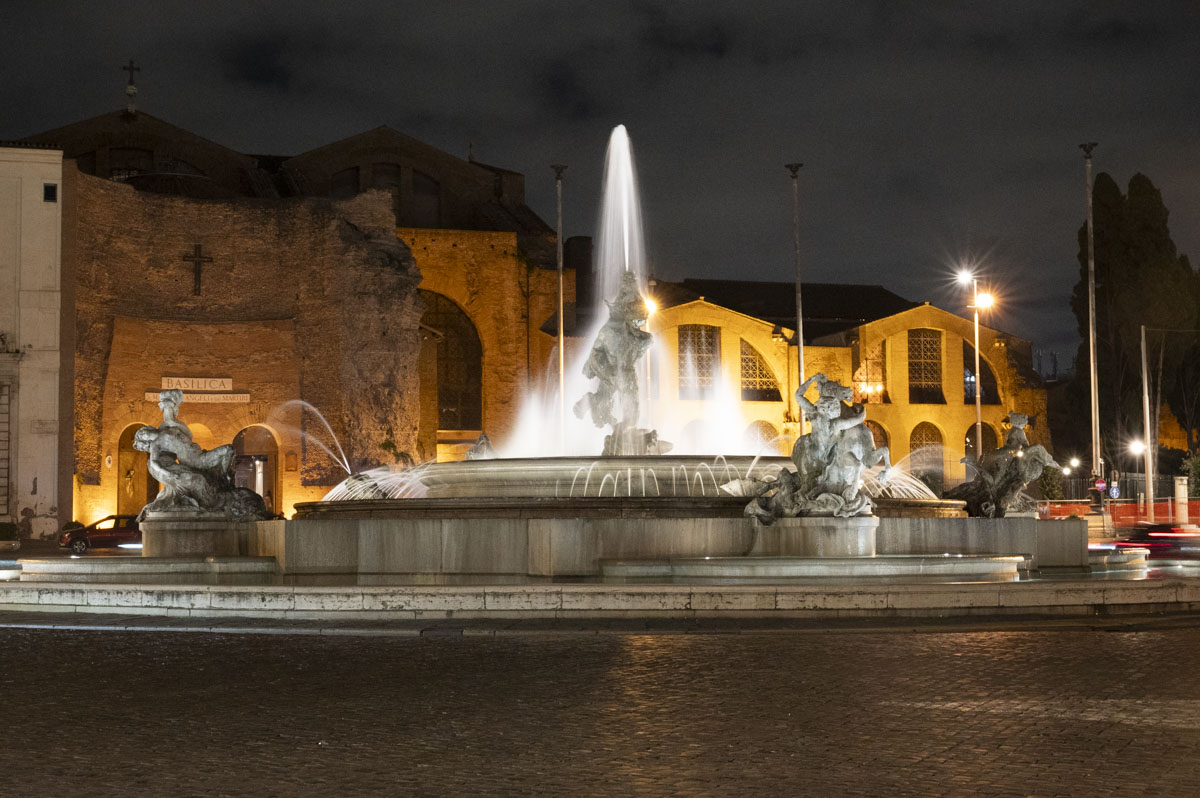
Rome in March for crowd-less landmarks
March is when spring starts but don’t expect very warm weather. Or better, expect a quite unpredictable climate with sunny days quickly turning into rainy evenings. This is why you should pack a bit of spring and winter clothes so that you are not caught unprepared. Layering is your best bet.
Tourist-wise, March is not too busy even though there are more visitors than in the previous months. I would still suggest planning your trip ahead if you want to visit some major Rome landmarks .
Check out my guide to March in Rome
Rome in April to celebrate its birthday
April is a fantastic time to travel to Rome. First of all, the weather starts becoming warmer and cozier, not too cold anymore but not too hot yet. Walking around Rome’s streets and parks such as Villa Borghese and Villa Torlonia is very pleasant.
This is also the month of Rome’s birthday (Natale di Roma), so there will be celebrations around the Circus Maximus and the city center.
April is usually the month we celebrate Easter in Italy and, obviously, also Rome will have its ceremonies and holidays. This is a great time of the year to take day trips and stay out in nature and especially on Easter Monday, you will see the locals flocking in the parks in and around the city.
Check out my guide to April in Rome
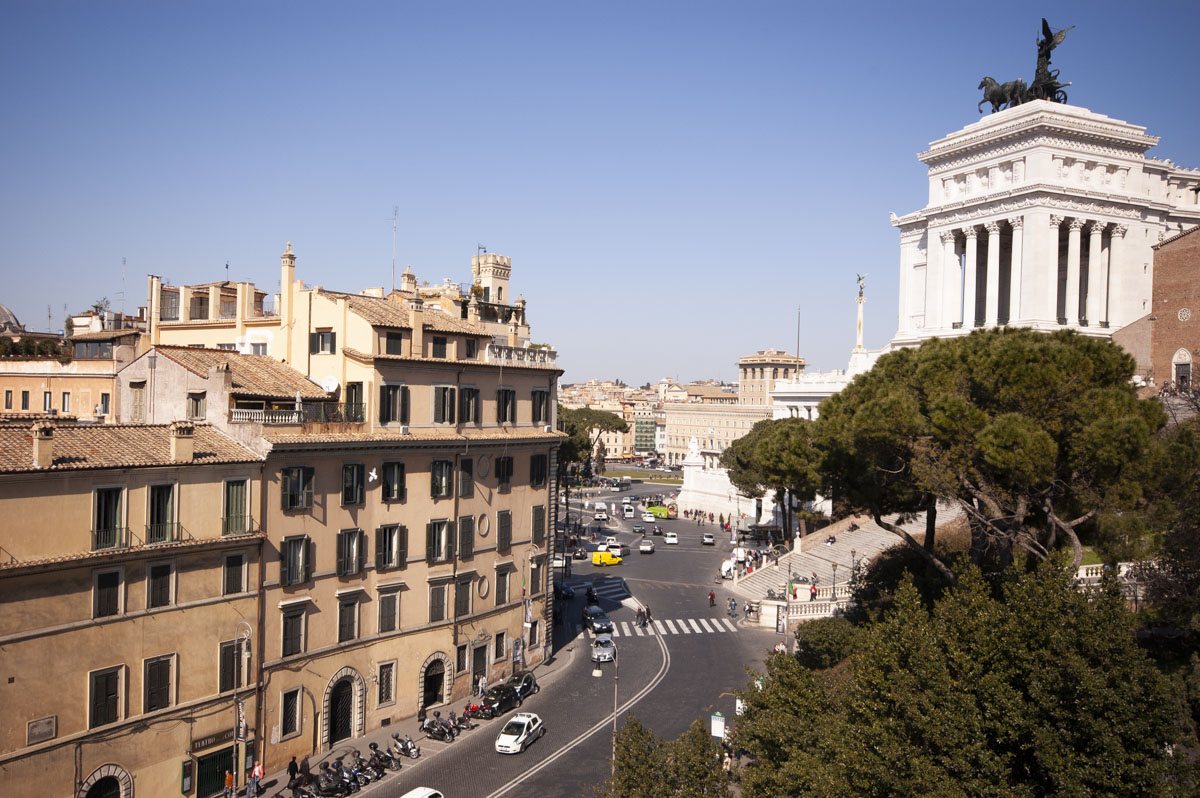
Rome in May, one of the best months to visit Rome
May is probably the best time to visit Rome for its perfect weather. Not unstable like in March and sometimes April, May offers a mild climate and pleasant temperatures to stay outdoors. Restaurants will have their tables outside and you can enjoy your meals al fresco.
In May, there is only one holiday and it’s on the 1st, Labour Day. Every year on this day, there is a big, free concert with many Italian and international artists. Usually held in Piazza San Giovanni, this year 2024 it will be in the Circus Maximus. It starts in the afternoon and goes on until the night but if you want to attend, I suggest you show up quite early to secure a spot because there will be thousands of people.
Check out my guide to May in Rome
Rome in June for great weather
Rome in June is very pleasant, even though the heat is starting. Hotter than May but less than July, in June you can still enjoy some walks, the parks, and open-air archaeological sites such as the Roman Forum, the Palatine Hill, and the Trajan’s Markets .
The day of notice in June in Rome is the 29th because it’s the day of the patron saints Peter and Paul and schools and offices will be closed. Restaurants and shops won’t be, though.
Check out my guide to Rome in June
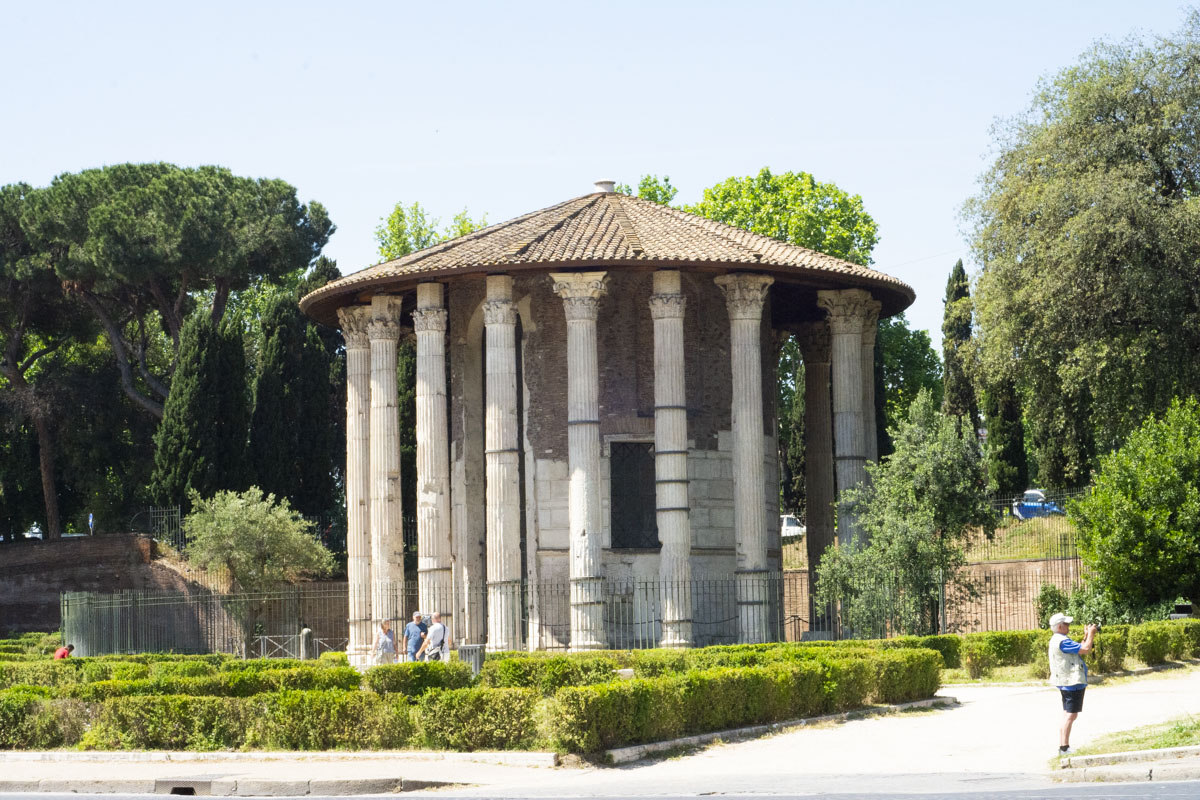
Rome in July for some beach time
Let’s face it, July in Rome is very hot and somewhat humid. Walking in the city center is pleasant only early morning and at night, in the middle of the day, it’s unbearable.
This is why if you are visiting Rome in summer, I would suggest you pack a bikini and consider some beach time to give yourself a break from the city heat. There are many beaches near Rome and easy to reach by train such as Ostia Lido or by car if you feel confident driving in the city .
If you are in the city and the heat becomes unbearable, what’s a better way to escape the sun than visiting one of the many beautiful Rome museums ? In summer, the local municipality organizes entertainment along the river so that in the evening you can enjoy stands, live shows, and restaurants. The banks of the river are also fresher than the streets.
Rome in August
Similarly to July, also in August Rome is hot. After the 15th, the weather starts being less muggy but not always, and definitely not fresh either. There will still be the stands in the banks of the river for a nice night out.
The 15th of August is a holiday in Italy and many places will be closed. This, however, is not as radical as it was when I first moved to Rome in the 1990s. Back then, most of August, shops and restaurants would really shut down, while now, they remain open and only some will close for a week or so.
Check out my guide to Rome in August
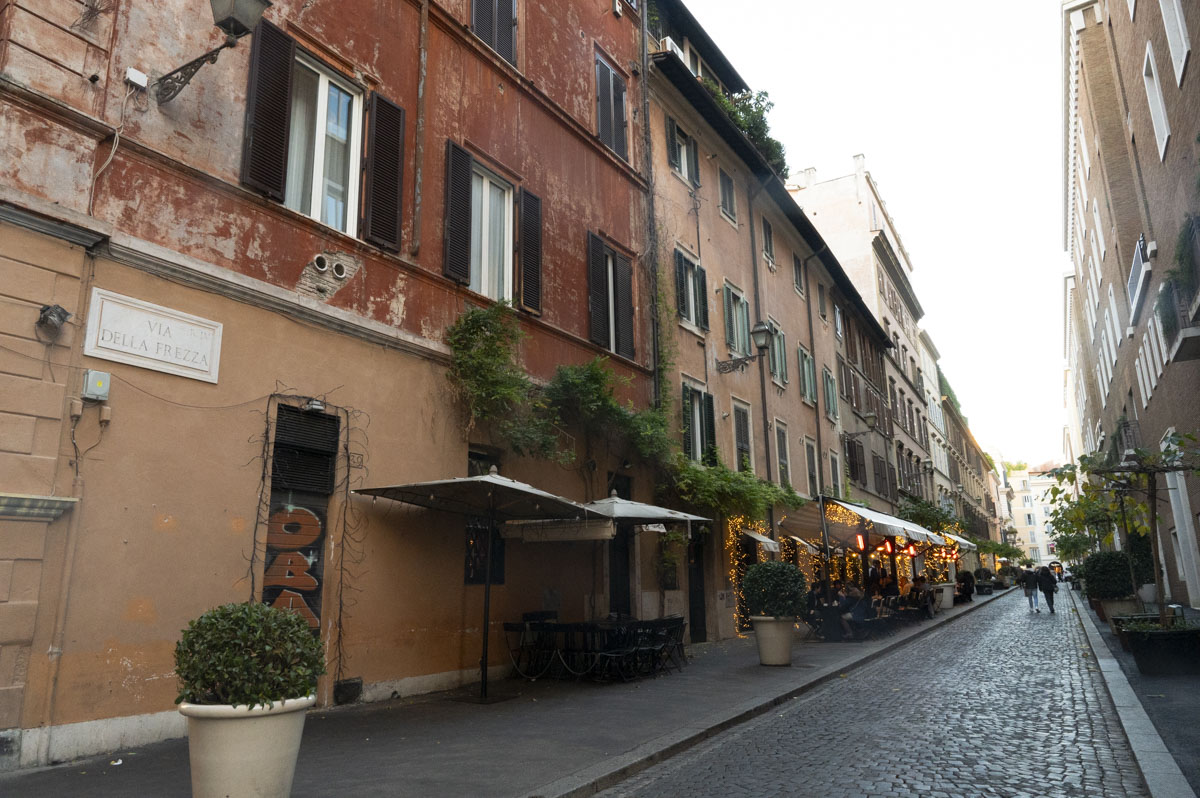
Rome in September
Similarly to June, also September is a nice month to travel to Rome. Even though it’s not as hot as in July and August, you can expect pretty warm temperatures. For the first three weeks, it’s still summer and fall starts on the 21st. While it’s generally hot, sometimes, you can find some light rain that in September never lasts too long and just serves to refresh the air.
Around mid-September, schools in Rome reopen after the summer holidays and the city traffic is back to its normal craziness. The city center will still have some crowds but fewer than in spring and summer. The weather is very nice and walking around the city is pleasant, this is why it’s still a busy tourist season.
Check out my guide to September in Rome
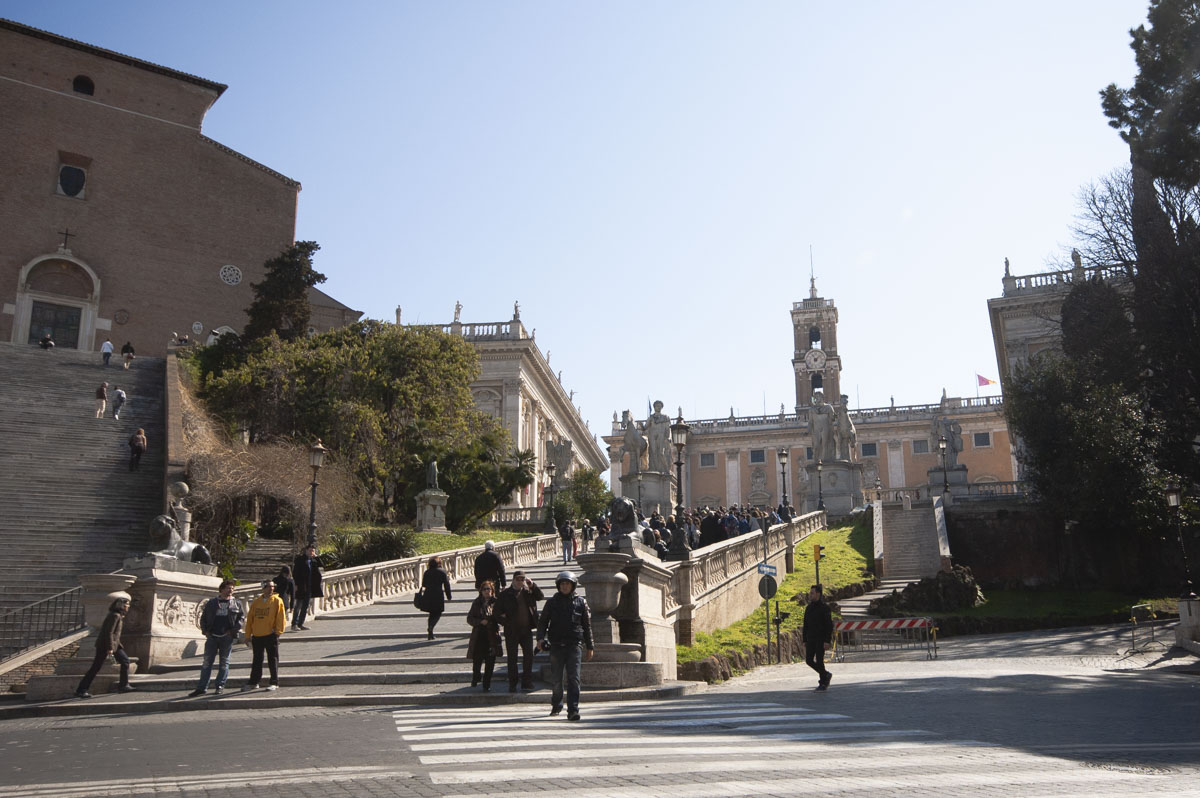
Rome in October
October is the best time to visit Rome weather-wise because the big heat is over and it’s not as crowded as in May. The main monuments will still be quite packed, though, so booking in advance will save you plenty of time.
This is a fantastic month to walk around and explore Rome’s piazzas and streets, enjoy an al fresco meal or drink in a rooftop bar or restaurant , and
Check out my guide to October in Rome
Rome in November for romantic lights and colors
In November, fall is at full speed and the colors and atmosphere around Rome are very romantic. This is a perfect time for scenic walks along the Tiber, taking beautiful pictures, and exploring the city on foot without sweating since the summer heat is a far memory.
Check out my guide to November in Rome
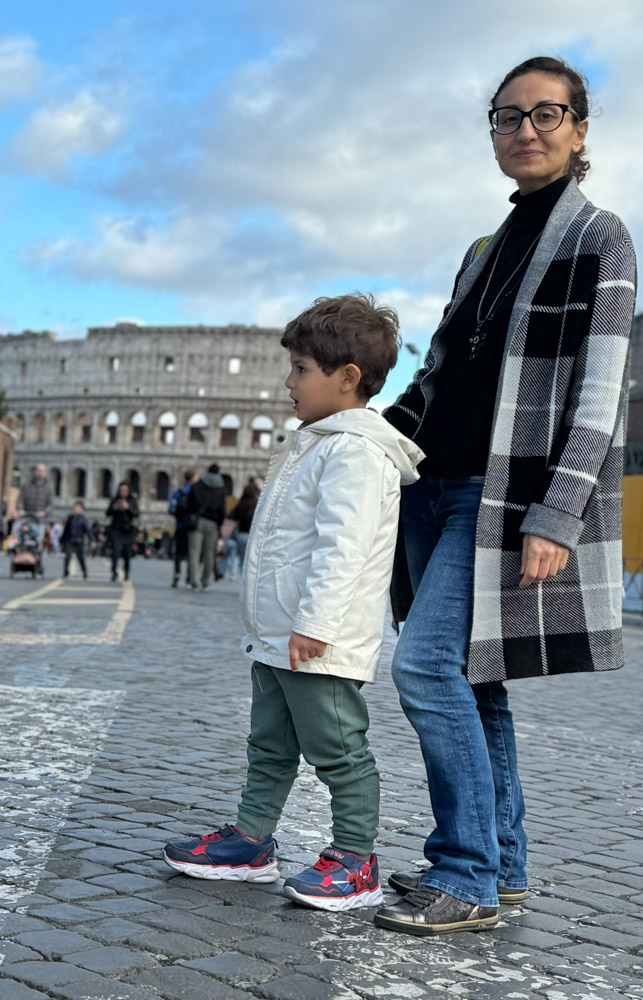
Rome in December for the Christmas spirit
December is a magical time to visit Italy and Christmas in Rome is wonderful. You will be experiencing the Yule spirit the whole month with beautiful street decorations , adorned trees, nativity scenes in every church, and themed shop windows. If you are into Christmas festive spirit, then December is the best time to visit Rome for you.
Check out my guide to Rome in December
The best time to visit Rome for fewer crowds
Winter is the season when you will see fewer crowds in Rome, especially from January through mid-March. Towards the end of March and the beginning of spring is when the tourist season starts and even though there won’t be the crowds of May and summer, you will start seeing longer lines at the entrance of the landmarks.
The best time to go to Rome for the weather
Weather-wise, my favorite time to visit Rome is spring and fall. That’s right, also fall. I know that fall can reserve some showers and overcast skies, but overall, the light is beautiful and the orange, red, yellow, and brown hues of the falling leaves offer fantastic photo opportunities.
Spring gives the opposite colors, pastel and bright, but especially at the beginning of the season in March, don’t expect the weather to be very warm, and be prepared for some unexpected showers.
WANT TO READ THIS LATER? PIN IT TO YOUR BOARD!
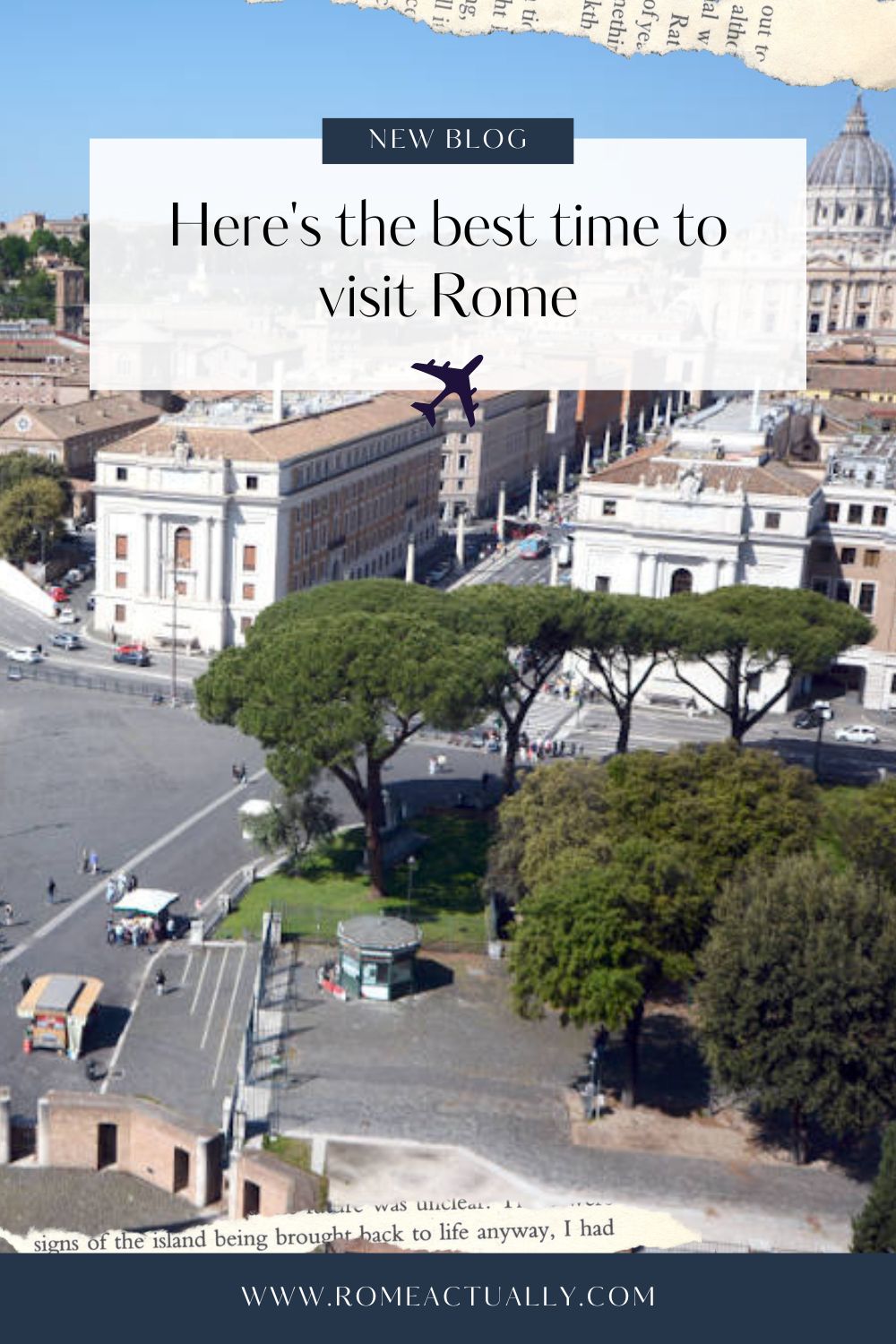
About The Author: Angela Corrias
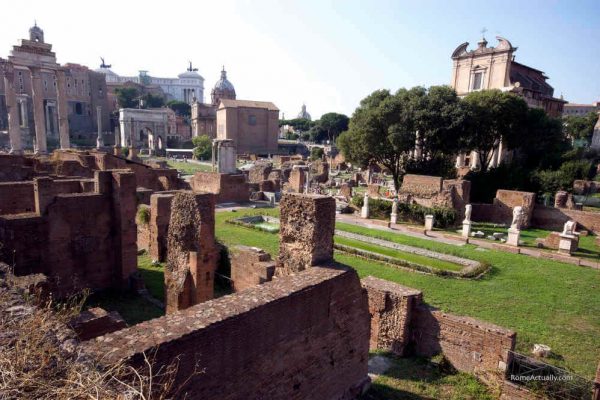
Birthday of Rome, All You Need to Know About the 21st of April in Rome (2024)

Rome in April – What to Know + Planning Tips (2024 Edition)

23 Best Rome Tours – Explore the Eternal City with an Expert

3 Days in Rome – What to See and Do in Rome in 3 Days
Leave a Comment Cancel reply
This site uses Akismet to reduce spam. Learn how your comment data is processed .
Privacy Overview
Weather & Climate
Rome Airport Guide
Tipping in Rome
Rome's Top Neighborhoods
Public Transportation in Rome
Itinerary: 3 Days in Rome
Day Trips From Rome
Rome's Top Attractions
Free Things to Do
Things to Do With Kids
Beaches Near Rome
Top Museums in Rome
Where to Shop in Rome
Events in Rome
The Best Food to Try
The Top Restaurants in Rome
Nightlife in Rome
The Best Time to Visit Rome
TripSavvy / Theresa Chiechi
The Eternal City is a glorious place to visit all year round. There's really no "bad" time to visit Rome, but keep in mind that July and August can be hot and humid, and December through March are on the chilly side. Most would agree that the best time to visit Rome is September to November and April to May when the crowds are fewer, days are bright and sunny, and evenings are crisp and cool—usually only requiring a light jacket.
But no matter what time of the year you decide to travel to Rome, before you make your vacation plans it's a good idea to consider a number of factors, including crowds, weather , special events, and budget.
The Weather in Rome
Rome has a Mediterranean climate with cool, wet winters and hot, humid summers. Temperatures in July and August can easily exceed 90 degrees Fahrenheit (32 degrees Celsius), with humidity to match. The rest of the year's climate is pleasant, with low temperatures hovering around 40 degrees Fahrenheit (4 degrees Celsius). December, January, and February are the coldest months of the year, though the mercury rarely dips below 30 degrees Fahrenheit (-1 degree Celsius). Snowfall is not unheard of, although it rarely accumulates. October and November are Rome's rainiest months.
Peak Season in Rome
June, July, and August see the heaviest tourist traffic in Rome because many people take their holidays in the summer during the school break. If you decide to visit during the high season, be prepared for large crowds and long waits in lines at popular attractions. Rain is possible, but unlikely, making summer the ideal for sightseeing, dining at outdoor cafés, and eating gelato , which is why so many travelers plan their trips during this time.
Spring and fall are also popular seasons for travelers. March weather is slightly more variable (and chillier) than April when the city begins to warm up. Holy Week (Easter Week, which depending on the lunar calendar is between March and April) is an exceptionally busy time in Rome, particularly as you get closer to Vatican City. Meanwhile, the light is never as golden and luminous as it is in October and November. Keep in mind that these are some of the wettest months, but fall can be a great time to take advantage of smaller crowds and discounted room rates.
Not to be counted out, winter is actually a really good time to visit, especially for those who want to save money on lodging, and see tourist attractions and sites in the historic center without the long lines and crushing crowds. December through February sees relatively mild weather, allowing you to slow down and take in everyday Roman life, but be sure to pack a heavy jacket, a hat, a cozy scarf, and warm gloves. Also, for winter visitors, be warned that some shops may close early and some sites may have adjusted hours; be sure to research in advance.
In January temperatures dip, but sunny days are also likely. Considered Rome's low season, there are still quite a lot of things to do since The Eternal City never closes.
Events to check out:
- The biggest New Year's Eve celebration is in Piazza del Popolo, capping off the year with music, dancing, and a sparkling fireworks display.
- The Epiphany on January 6 marks the 12th day of Christmas .
- Also on January 6, a good witch, La Befana , brings candy to kids and a morning procession of medieval costumed people takes place at the Vatican.
- January 17 is Saint Anthony's Day, celebrating the patron saint of butchers, domestic animals, basket makers, and gravediggers.
Not unlike January, February in Rome is cold but almost devoid of tourists, which means you'll have free rein to enjoy the capital at a leisurely pace.
- Rome's Carnevale, the celebration of the start of Lent, is not as famous as Venice's but it's fun all the same.
Spring can be a busy time in Rome because thousands of Christians flock to Rome during Easter Week (falling sometime in March or April) to visit St. Peter’s Basilica and the Vatican Museums . Many hotels charge the highest price during this period.
- International Women's Day or Festa Della Donna is celebrated on March 8.
- Ash Wednesday marks the beginning of Lent, with a Papal Audience that morning. Get tickets online at The Holy See's website .
When Holy Week falls in April, festivities culminate with Easter ( Pasqua ) mass in Saint Peter's Square, filling to capacity with an average of 100,000 attendees.
- Good Friday festivities begin with a 5 p.m. mass in Saint Peter's Basilica, followed by the Via Crucis, a torch-lit procession.
- Easter Sunday mass is held at St. Peter's Square around 10 a.m. The Pope addresses the crowd at noon.
- On Easter Monday ( Pasquetta ), the Pope holds a mass on Saint Peter's Square at noon.
- The Rome Marathon is held in April each year.
In the days following Holy Week, there's a bump in tourism, so be sure to make your airline and hotel bookings early.
- May 1 or Primo Maggio is a national holiday marking Labor Day—the celebration of the worker.
- Swearing in of the new Swiss Guard happens at the Vatican on May 6.
- In early to mid-May, Rome hosts the Internazionali BNL d'Italia (Italian Open/Rome Masters) at the Stadio Olimpico tennis center.
In June, you'll see a distinct rise in the number of tourists with young children, so be sure to book reservations to the most family-friendly sites ahead of time.
- Festa della Repubblica (Republic Day) is observed on June 2, commemorating the day in 1946 when Italy became a Republic.
- The Festa di San Giovanni is an important festival with a celebration of dancing, music, and food.
Historically the hottest month of the year, temps can reach near 100 degrees Fahrenheit (38 degrees Celsius) and it can be quite muggy. Beat the heat inside churches and museums during the day, strolling along the streets at night, when Rome is at its most vibrant.
- Lungo Il Tevere Roma is a hip and happening event featuring in which temporary pop-up bars, restaurants, food stands, and music venues line themselves along the banks of the Tiber River.
August can be as hot as July with temperatures soaring under the intense Roman sun. However, since this is the time many Romans like to head to the seashore, the city can be surprisingly quiet.
- Isola del Cinema offers a summer film series on Tiberina Island, in the middle of the Tiber River.
- Ferragosto (the Assumption of Mary) lands on August 15. The day is observed in religion, as well as a time for BBQs and the realization that summer in Italy will soon come to an end.
As kids go back to school, crowds start to thin out in September, and weather becomes a wee bit more pleasant. Days will still be warm, but you'll feel autumn temperatures starting to creep in with cool evenings.
- The Sagra dell'Uva (Festival of the Grape) is a harvest event held early in the month at the Basilica of Constantine in the Forum.
- The start of the all-important soccer ( calcio ) season! Forza Italia !
Fall colors and cooler temps abound, and so do arts, crafts, and antique fairs.
- Feast of St. Francis of Assisi falls on October 4.
- The Rome Film Festival usually takes place at the end of the month at the Auditorium Parco della Musica , and some pop-up events throughout the city.
Winter is just around the corner, but blue skies and warm afternoons linger.
- All Saints Day on November 1 is a bank holiday to celebrate the Catholic saints.
- Feast of Saint Cecilia at Santa Cecilia Church in Trastevere is on November 22.
- Rome Jazz Festival in late October.
As you might imagine, Christmas in Rome is magical, with elaborate nativity scenes everywhere and brightly colored lights strung throughout the streets of the historic center.
- During Hanukkah, go to Piazza Barberini to witness the lighting of a giant menorah.
- Browse the Annual Christmas market in Piazza Navona .
- Christmas Eve at the Vatican is where the traditional unveiling of the Baby Jesus occurs at the life-size nativity.
- Midnight Mass on Christmas Eve is a special Roman tradition.
The best time to visit Rome is during the shoulder seasons, either in between September and November or April and May, The weather is usually more comfortable and crowds are smaller.
July and August both tend to be very hot and humid months, with the hottest temperatures peaking in mid-August.
October and November tend to be the rainiest months with a yearly average of 3.7 inches of precipitation in November. July is usually the driest month.
Rome Festivals & Events in April
Weather in Rome: Climate, Seasons, and Average Monthly Temperature
December in Rome
Vatican City Travel Guide
The Best Time to Visit Naples, Italy
3 Days in Rome: What to See and Do
8 Best Things to Do in Vatican City
Rome Events Calendar
The Best Time to Visit Macao
The Best Time to Visit Japan
The Best Time to Visit Spain
Your Trip to Rome: The Complete Guide
The Best Time to Visit the Dominican Republic
The 25 Top Attractions in Rome, Italy
The Best Time to Visit Boston
The Best Time to Visit Dubai
When is the best time to go to Rome?

Jun 21, 2023 • 6 min read
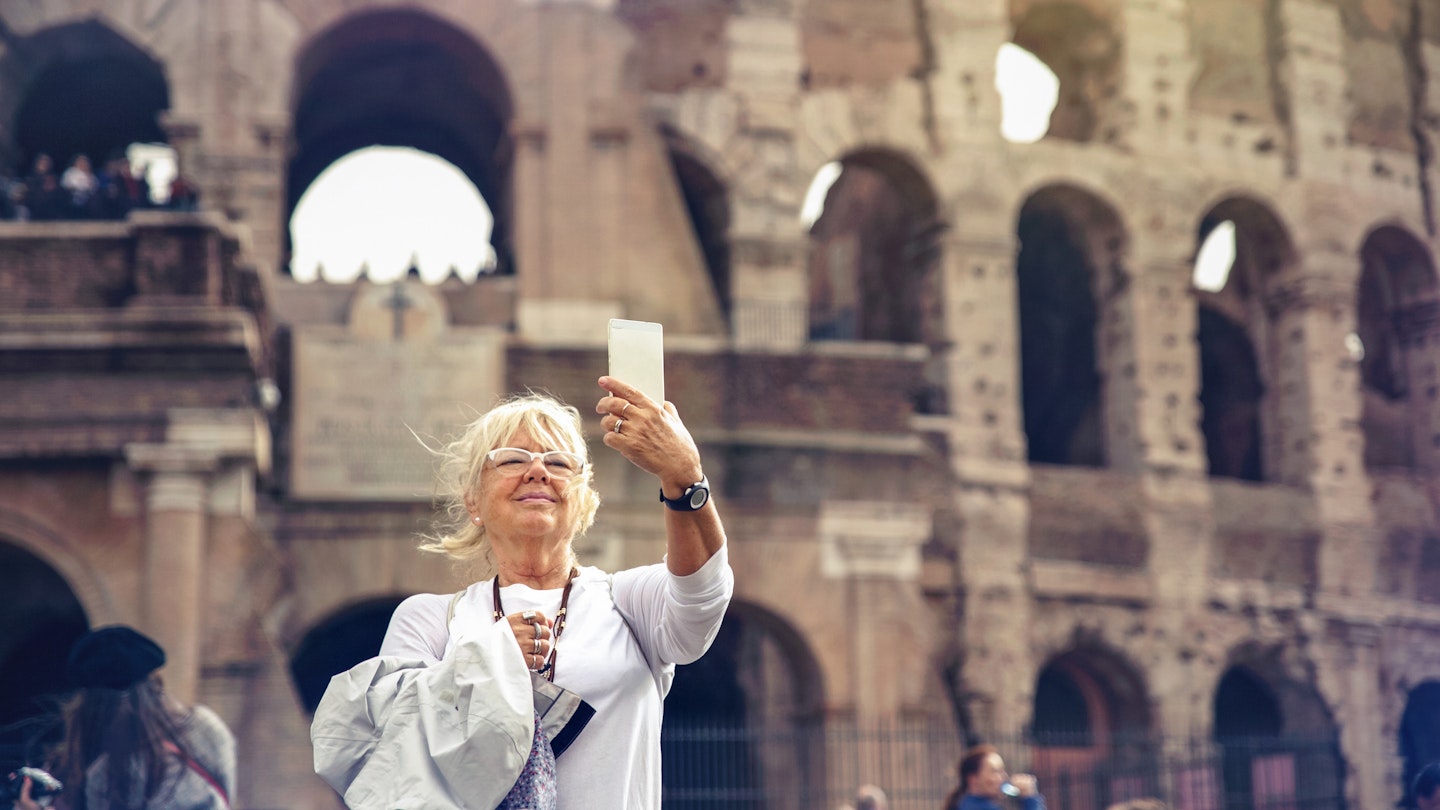
Plan the perfect time for your trip to Rome with this seasonal guide © Sol de Zuasnabar Brebbia / Getty Images
Experiencing the best of Rome isn’t just a question of what to see or who to travel with, but when to plan your trip.
The great thing is that Rome is always open for business, so you could come any time of the year and you’ll find a city full of warmth and activity. Time it just right, and you could also avoid the endless queues and frustrations.
From crowds to climate, here's what to expect through the year in Rome.

Spring and fall are magical times to visit Rome
When in doubt, aim for the shoulder seasons. Italy tends to awaken from its winter slumber for the Easter holidays, and while it isn’t the beginning of the tourist season yet it is the time when Italians begin to take long weekends to enjoy the country. As such, it’s also one of the best times to catch great deals on flights and accommodation.
Visiting Rome in the spring means taking part in those first giant bursts of life that creep into the city, from flowers and trees blooming to the first sunny days with overflowing terraces where time stops mattering. You might well run the risk of hitting a rainy day here and there but once the clouds part and life resumes, the sun tends to shine even brighter.
Post summer is so famously celebrated in Rome that there is a specific, ancient term for it: Ottobrata Romana (“Roman October”). Dating back to the traditional harvest period, early fall was the time when Romans would leave the city to imbibe in freshly crushed grapes in the gentle sunshine and crisp air that accompanied the end of summer heat. These days, Romans still rejoice but do it more in the form of long walks through the city and extended aperitivi sessions that soak up every ray of crisp sunshine. If you’re looking for a time to enjoy Rome the way it should be, late spring and early fall are it.

Summertime in Rome is hot and busy
There’s no bad time to visit Rome, per se, but the city is notoriously crowded in the summer and, if you visit during those sultry months of June to September, your experience will inevitably be colored by it. And to be fair, it’s not only foreign tourists that are doing the crowding: scores of students march on the capital in their organized school trips, swarming the most famous sites in the way that only disinterested teenagers can do (a universal condition). Additionally, there are concerts and festivals and all manner of delightful (and enormous) gatherings around the city, many of which are scheduled during the summer months. This can bring 50,000 people or more to a central location like the Circo Massimo or Terme di Caracalla , which means even more buses and crowds on top of the buses and crowds that are already there.
Plus, it’s hot. Let me repeat myself to just emphasize how hot it is: it’s so hot. It's blindingly and oppressively warm from noon until about 6pm in Rome in the summer. Consequently, every human who has to not only be outside but also function in some way as part of society is going to be perilously short on patience, from the taxi driver to the tour guide to the gelato shop owner who would really like to be anywhere else out of the heat. As you inch closer to the sacred Ferragosto holidays on August 15, Italians will be ever more anxious to get out of town and escape the cauldron. If you want your interactions to be more than transactions when you come to Italy, it helps to keep this in mind. Moreover, prices on just about everything tend to increase with the temperature so be prepared to pay a premium if you choose a summer stint in Rome.
But, want to see a magic trick? All you need to do is go about three or four streets away from most of the major tourist attractions in Rome, and *poof*, crowds disappear. This is the great thing about many of the most popular places in Italy, for those of us willing to dig a little deeper: massive crowds tend to cluster around the most popular sites, and many of those are in the tightest corners. The Trevi Fountain is in a little piazza and to get there you need to take a route through narrow streets; the Pantheon predates pretty much all of the real estate around it, so it is unsurprisingly a tight squeeze. And while the Colosseum may have been built for lions and gladiators, it’s no match for tour buses and Instagram. So if you do find yourself in the city during those summer months, know that there are many options for less hectic travel, and tons of quieter neighborhoods all around Rome that are well worth a visit.
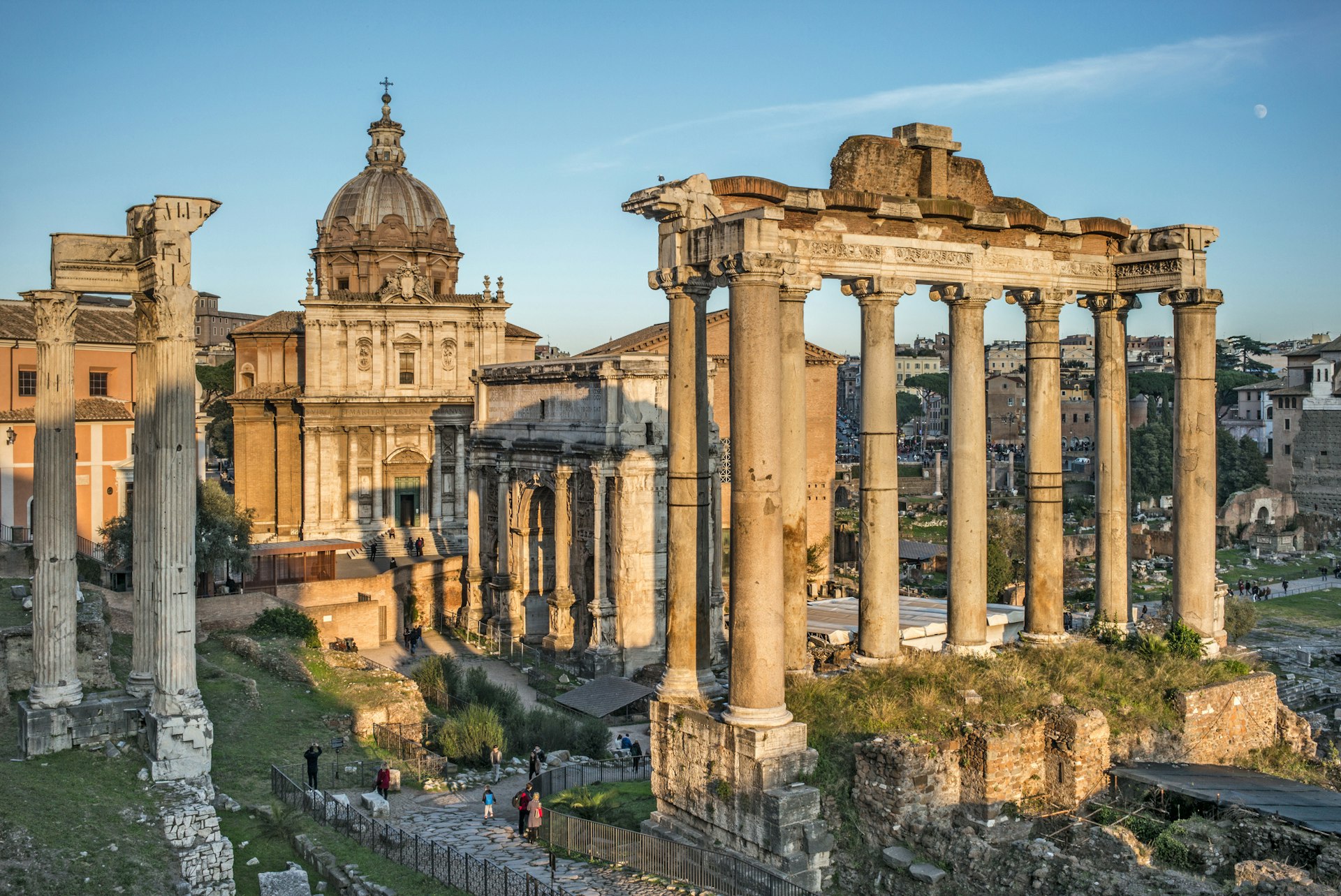
Avoid crowds by heading to Rome in January or February
No matter what time of year you visit, you'll never have Rome all to yourself. There will always be traffic jams and some giant delegation in town that clogs the streets with dignitaries and their entourages. You’ll always have rush hour on the metro or bus , and bustling throngs in and out of the major train stations. Life is happening all the time in Rome, but if you’re here during the post-Christmas holidays, you’ll find a more muted city where your budget stretches significantly further than other times of the year. January and February are ideal times for museum lovers to wander without lines and for foodies to make every reservation they’d never get otherwise.
No matter the time of year, bring a scarf
The weather is not a subject for small talk in Italy as it is in many other places. People talk about it with a reverence reserved for gods, and if you spend any amount of time interacting with Italians they will inevitably have some advice for you pertaining to it. The weather in Rome is by and large very pleasant: it's a Mediterranean climate with sunny days and cooler nights that rarely get below freezing, and rainy periods that can hit from November to March or April. The summer is hot during the day but tends to cool down a bit at night, although like any city it will still tend towards the stuffy and humid.
However, and if there is one thing that any of us should learn about Italy, it is this: wear a scarf. Italians have been locked in an eternal battle against the colpa di aria , crudely translated to a "stiff breeze". It could strike at any time, be it the crisp mornings in January (wear a scarf) or the overly air-conditioned restaurant in mid-August (wear a scarf). It may hit in the middle of an Easter walk through St Peter’s Square (wear a scarf) or in an evening stroll through Ostiense (wear a scarf). The answer to very nearly every question pertaining to the weather in Italy is wear a scarf or at the very least, have a scarf handy. It may seem silly at first but I promise that once you get used to it, you’ll wonder how you ever did otherwise. And hey, in the worst case scenario, you’ll look pretty good on your Roman holiday .
This article was first published March 2021 and updated June 2023
Explore related stories
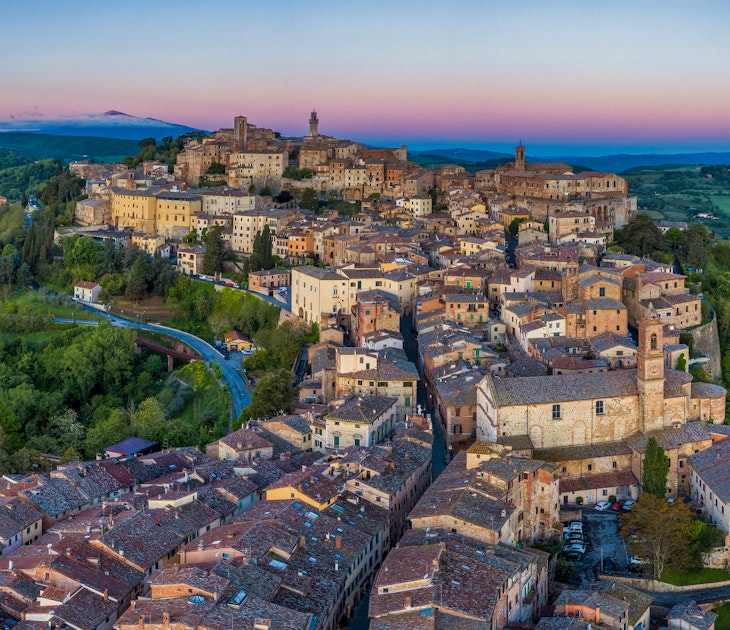
Destination Practicalities
Apr 7, 2024 • 11 min read
Follow our local advice on the best ways to really experience this classic region of Italy.

Mar 21, 2024 • 6 min read

Mar 15, 2024 • 10 min read
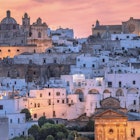
Mar 8, 2024 • 17 min read

Feb 27, 2024 • 9 min read

Feb 27, 2024 • 6 min read
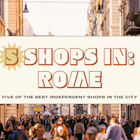
Jan 3, 2024 • 4 min read

Nov 27, 2023 • 7 min read
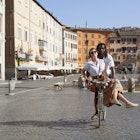
Nov 19, 2023 • 11 min read
Rome Travel Guide
Courtesy of joe daniel price | Getty Images

Best Times To Visit Rome
The best time to visit Rome is from October to April when most of the tourist crowds have dissipated and room rates are lower. Although you'll need a warm coat, weather this time of year hardly ever dips below freezing. For warmer weather – without throngs of tourists and the sweltering humidity – come in May or September. High average temperatures flit between the mid-70s and the lower 80s.
Weather in Rome
Data sourced from the National Climatic Data Center
Find Flight and Hotel Deals
Navigate forward to interact with the calendar and select a date. Press the question mark key to get the keyboard shortcuts for changing dates.
Navigate backward to interact with the calendar and select a date. Press the question mark key to get the keyboard shortcuts for changing dates.
Popular Times to Visit Rome
Tourism volume is estimated based on in-market destination search query interest from Google and on travel.usnews.com in 2015-2016. Hotel prices are sourced from a sample of U.S. News Best Hotels rates through 2015-2016.
Explore More of Rome

Things To Do

Best Hotels

You might also like

# 2 in Best Honeymoons in Europe for 2024

Tuscany, Italy
# 1 in Best Wine Vacations

Amalfi Coast
# 1 in Best Honeymoons in Europe for 2024
If you make a purchase from our site, we may earn a commission. This does not affect the quality or independence of our editorial content.
Recommended
The 50 Best Hotels in the USA 2024
Christina Maggitas February 6, 2024

The 32 Most Famous Landmarks in the World
Gwen Pratesi|Timothy J. Forster February 1, 2024

9 Top All-Inclusive Resorts in Florida for 2024
Gwen Pratesi|Amanda Norcross January 5, 2024

24 Top All-Inclusive Resorts in the U.S. for 2024
Erin Evans January 4, 2024

26 Top Adults-Only All-Inclusive Resorts for 2024
Zach Watson December 28, 2023

Solo Vacations: The 36 Best Places to Travel Alone in 2024
Lyn Mettler|Erin Vasta December 22, 2023

26 Cheap Beach Vacations for Travelers on a Budget
Kyle McCarthy|Sharael Kolberg December 4, 2023

The 50 Most Beautiful White Sand Beaches in the World
Holly Johnson December 1, 2023

The 26 Best Zoos in the U.S.
Rachael Hood November 16, 2023

44 Cheap Tropical Vacations That Feel Expensive
Holly Johnson|Alissa Grisler November 10, 2023


Touropia Travel Experts
Discover the World
Best Time to Visit Rome: Month-by-Month Guide

One of the most beautiful cities in the world, Rome is a must-visit for many with astounding monuments and ancient ruins lying around almost every corner. Each year, untold millions pour into Italy’s capital to see the Colosseum, Vatican Museums and much, much more.
While winters in the ‘Eternal City’ are quite mild, the vast majority of visitors arrive between April and October. Their sunny, warm days are great for sightseeing but expect to pay more for accommodation and queue for ages at many of its main attractions.
To help you make the most of your time in Rome , let’s take a look month-by-month at what the city is like in terms of its climate, crowds and cultural events.
What’s the Weather Like in Rome?
Set along the Tiber River in the Lazio region of central Italy , the large metropolis has a lovely Mediterranean climate. Its summers are increasingly hot and humid while winters are mild but wet and get chilly at night.
July and August are the hottest months of the year when temperatures average 30°C (86°F) and the sun is scorching. As the weather is cooler but there are still lots of clear blue skies, many prefer visiting in the shoulder seasons of spring and autumn.
In winter, temperatures drop to 12 or 13°C (53 to 55°F) with the skies being more overcast. It also rains at least a bit for 14 or 15 days on average from November through January.
Best months to visit Rome

As people have holidays, the sun is shining and the weather is warmest, the summer months are some of the most popular to visit Rome. While the huge crowds and high temperatures can get a bit much, there is an infectious energy about the city.
May, September and October also see large numbers of visitors milling about its monuments and museums. Prices are still expensive though averages of 22 to 27°C (71 to 80°F) are more enjoyable for strolling about the center.
Outside of this very busy period, accommodation and flights are generally more affordable except from around Easter and Christmas. If you don’t mind the cooler weather, this can be a great time to live in La Dolce Vita without having to jostle for space and queue all the time.
Rome in January
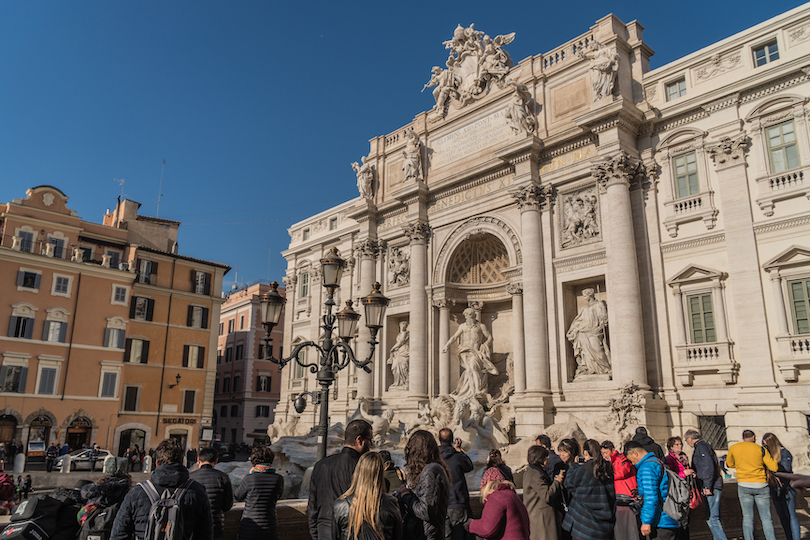
Once the Christmas holidays and New Year’s Eve celebrations are over, January is very quiet in Rome. As well as being the least popular month to visit, it is also the coldest with half its days being overcast and the others partly sunny. On the very rare occasions that it snows, the Colosseum looks absolutely magical all covered in white.
After the Feast of the Epiphany comes around on the 6th, all its decorations are taken down and the Christmas market at Piazza Navona finally closes up. Prices drop as the kids go back to school and most people are put off by the weather. As there are very few crowds around, you can enjoy places like St. Peter’s Basilica and the Sistine Chapel in peace and quiet.
Rome in February
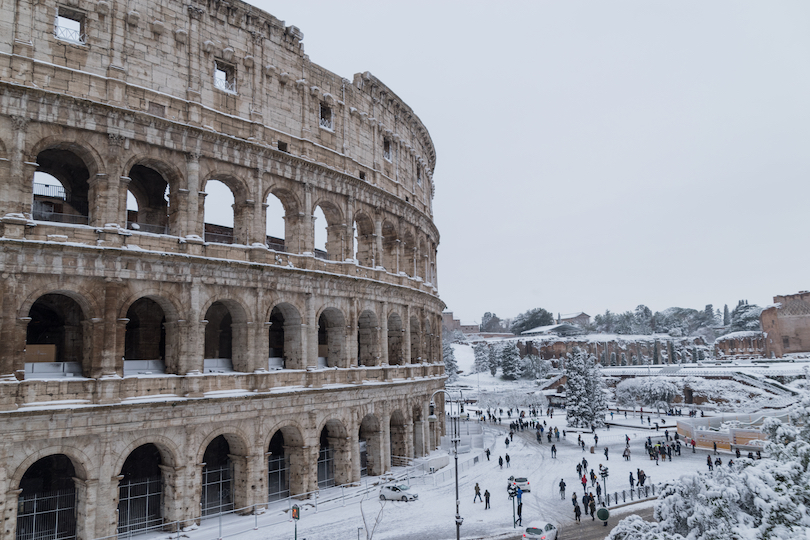
As the weather remains roughly the same in February, there is not much change in terms of tourist numbers. Hotel prices are greatly reduced and airfares are much more affordable than in Easter or summer. If you’re looking to live like a local, it’s not a bad time to visit and experience Rome before it gets overwhelmed later in the year.
During February, you can expect a mix of both sunny and grey days with it being a bit drier than the winter months. Other than seeing the sights and wandering about scenic streets and squares, you can take part in fun carnival festivities. Numerous concerts and parties take place with colourful floats, dancers and musicians all parading along Via del Corso.
Rome in March
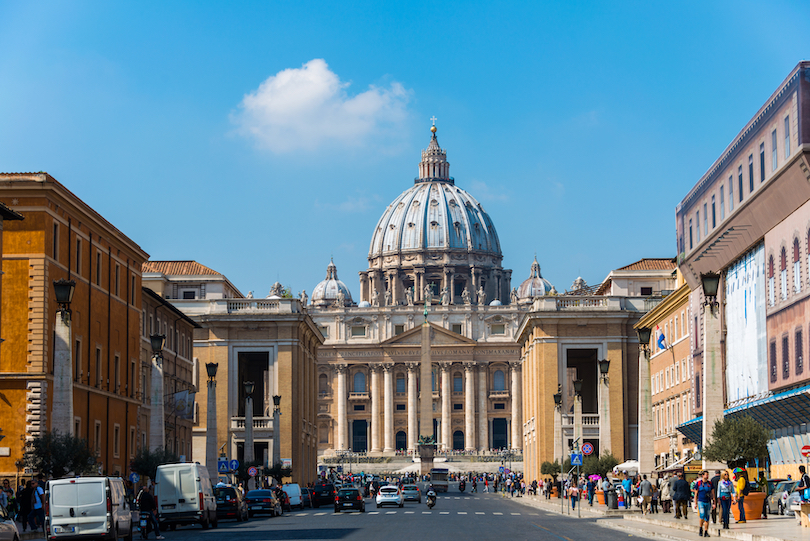
With average temperatures rising to 16°C (61°F), tourists slowly start to return to Rome. As it is still the off-season though, hotels are cheaper and there are no crowds at its attractions and museums. To welcome the spring, loads of food fairs, concerts and sports events are held all around the city for its Festa di Primavera.
While its flowers and trees are beginning to blossom, the days are still a bit damp and chilly so you’ll want to layer up. The capital starts to feel livelier again as people spend more time outside. Things really pick up around the middle of March as Rome readies itself for both the Holy Week and Easter.
Rome in April
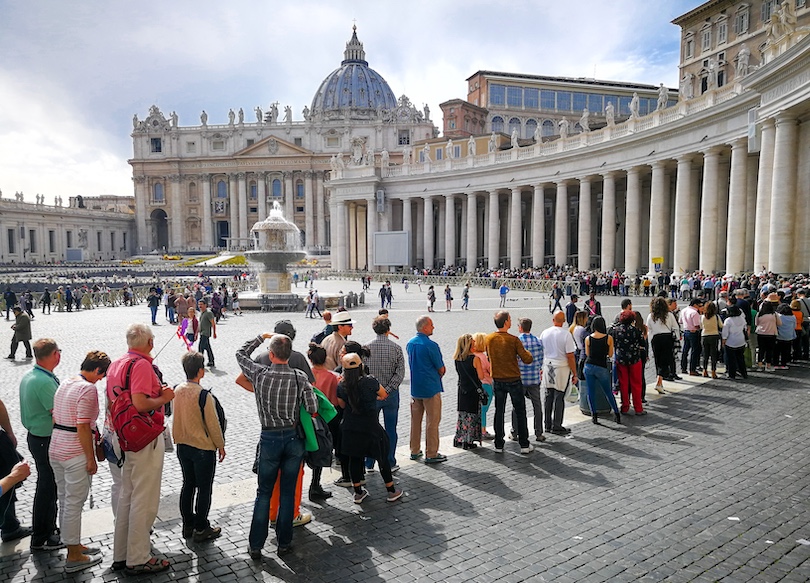
April is arguably the best month of the year to visit as averages of 18°C (64°F) are ideal for sightseeing but the city is not yet too crowded. The days are also slightly longer and sunnier with spring and all the blossoming flowers having arrived. This is a wonderful time to walk about the pretty parks or the Villa Borghese gardens.
Throughout Easter and Holy Week, the Vatican City is very busy as pilgrims attend the papal masses at St. Peter’s Basilica. While you can try plenty of traditional treats, some shops and restaurants shut around this time. Although prices are higher, April is the last ‘quiet’ month until November so it’s worth taking trips to Tivoli or Castelli Romani before they’re overrun.
Rome in May
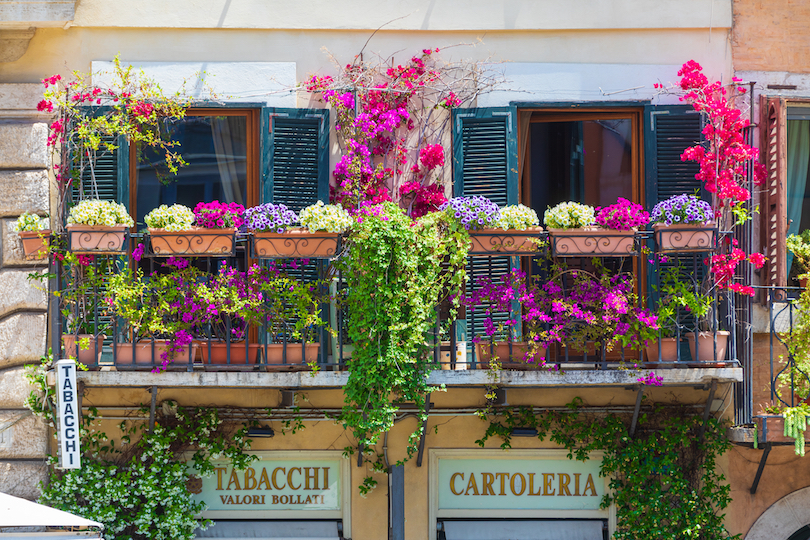
Very warm and sunny with bright blue skies, May is even better weatherwise than April. The crowds do start to get a bit much though with queues forming outside of its main attractions and most popular museums. Prices for hotels and flights are also more expensive but not as bad as in summer.
With 9 hours of sunshine a day, you have loads of time to visit iconic sites such as the Trevi Fountain and Spanish Steps. Averages of 23°C (73°F) are also lovely for al fresco dining and aperitivi. You’ll want to take a jacket though for later in the evening. Apart from Labour Day when many things are closed, there are still exhibitions and events to attend for the Festa di Primavera. You can also watch top tennis players at the Italian Open.
Rome in June
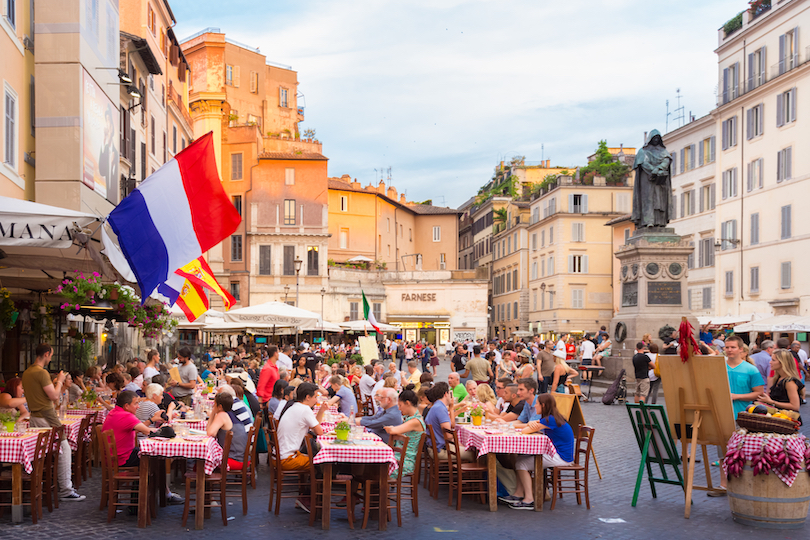
June is the start of the peak season in Rome when the hotels, restaurants and tourist sights are absolutely rammed. Very dry and sunny, its long days are ideal for ambling about slowly or stopping for a gelato. Many businesses shut for Republic Day when grand ceremonies and military parades take place in front of the Victor Emmanuel II National Monument.
While averages of 27°C (80°F) can get a bit much with all the crowds, there is a very lively feel about town. Although prices are high and there are queues outside the Colosseum and Vatican Museums, tons of fun events are held. These include processions for Corpus Christi and fireworks displays for Saints Peter and Paul Day. Countless concerts are also put on for the hugely popular Roma Summer Fest.
Rome in July
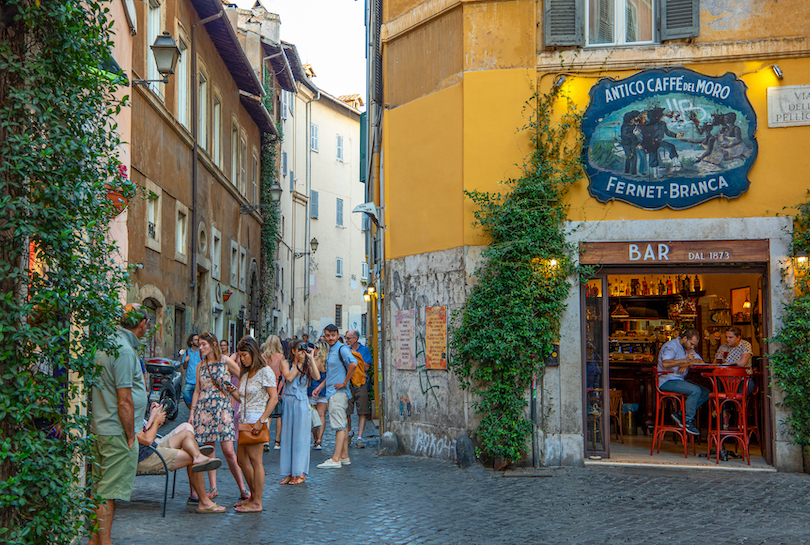
The busiest month of the year, July is when all the capital’s streets and squares start to feel overcrowded. Finding decent accommodation for a fair price is tough with airfares also being way more expensive. As the temperature rises to 30°C (so 86°F) and the humidity kicks in, wandering about is a tiring, sticky affair. Make sure to take breaks and hydrate often.
In addition to the Roma Summer Fest’s packed schedule of shows, dance performances and plays are held by the river for the ‘Along the Tiber’ festival. Open-air concerts and street art exhibits also take over trendy Trastevere during its Festival of Noantri. The Isola del Cinema has plenty of film screenings to attend if you just want to relax after a hot day sightseeing.
Rome in August
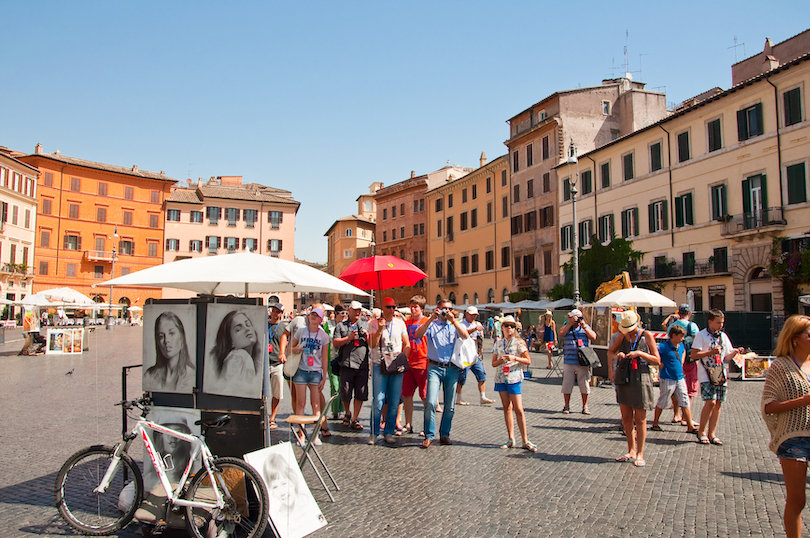
While August is just as hot, sunny and humid as July, the crowds feel way more manageable as many locals leave the city on holiday. You’ll still have to queue at many of its main sights though and pay higher hotel prices and airfares. Many shops and restaurants also close for a couple of weeks.
Around the middle of the month, lots of concerts and events are organized along the banks of the Tiber to celebrate the assumption of the Virgin Mary. Aside from Ferragosto, there are operas, ballets and jazz performances to catch at the ancient Baths of Caracalla. If you take day trips in August, be aware that some towns may also be quieter as people are on holiday.
Rome in September
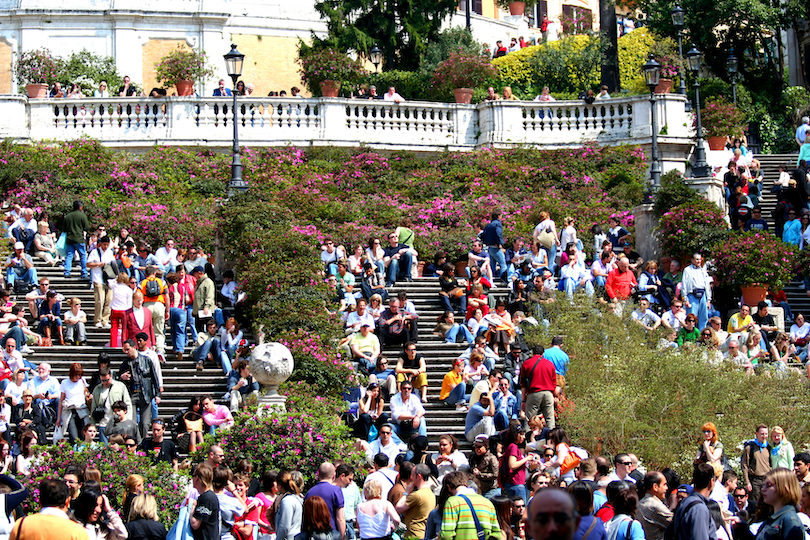
Although the kids are back at school, September is actually slightly busier than August as all the Romans return from their holidays. While flights are cheaper, hotels are expensive with large crowds still milling about Saint Peter’s Square and the Roman Forum. Despite being a bit rainier, its long, sunny days are great for sightseeing though are slightly too hot at times.
Other than attending the Isola del Cinema and Roma Summer Fest which are still ongoing, a whole host of events are held for White Night or Notte Bianca. The capital has a very vibrant ambience as churches, museums and art galleries put on exhibitions and everyone stays up and parties until the early morning.
Rome in October
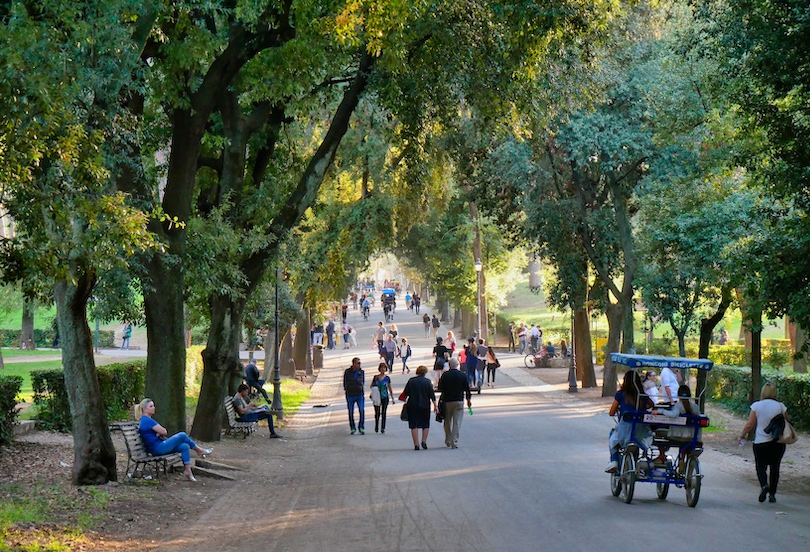
October is just as busy as people make the most of the good weather before both the rain and greyer days of November set in. While it does usually rain for around 12 days, averages of 22°C (71°F) and 6 hours of sunshine are still very comfortable for al fresco dining and spending time outdoors. This is also a good time to take day trips to Florence or Naples.
Not noticeably cheaper or less crowded, the autumn months do at least have loads of tasty seasonal products to try. Besides fresh truffles and foraged mushrooms, there is the famous Sagra dell’Uva wine festival to experience in the nearby town of Marino. Its parks also look very picturesque with all the changing colors of the trees. There are tons of terrific dance, theater and music shows to enjoy too at the Romaeuropa Festival.
Rome in November
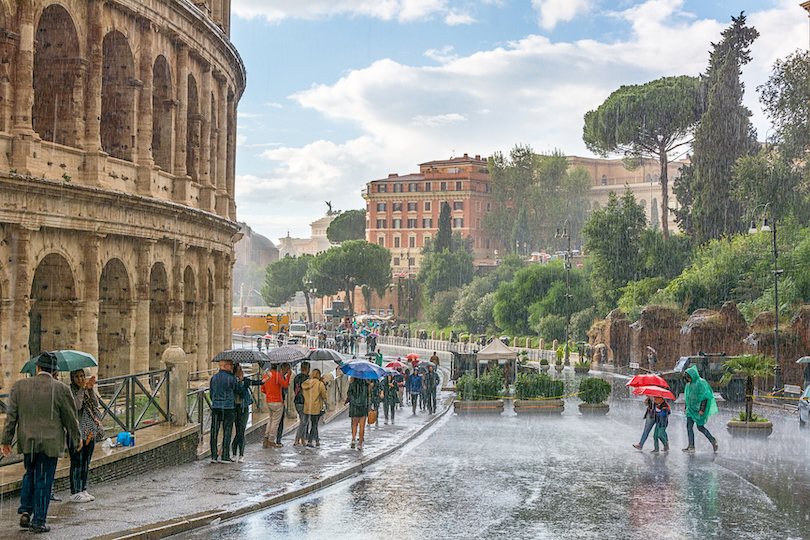
The wettest month of the year, November sees tourist numbers drop considerably as half its days are rainy with thunderstorms sometimes striking down. Averages of 17°C (62°F) aren’t bad but there is less sunshine and daylight hours in which to walk about. You’ll also want to take an umbrella around with you!
Airfares and accommodation are very affordable with there barely being any crowds at most of its main sights. Aside from the Romaeuropa Festival and All Saints Day, there are both the international film and jazz festivals going on.
Rome in December
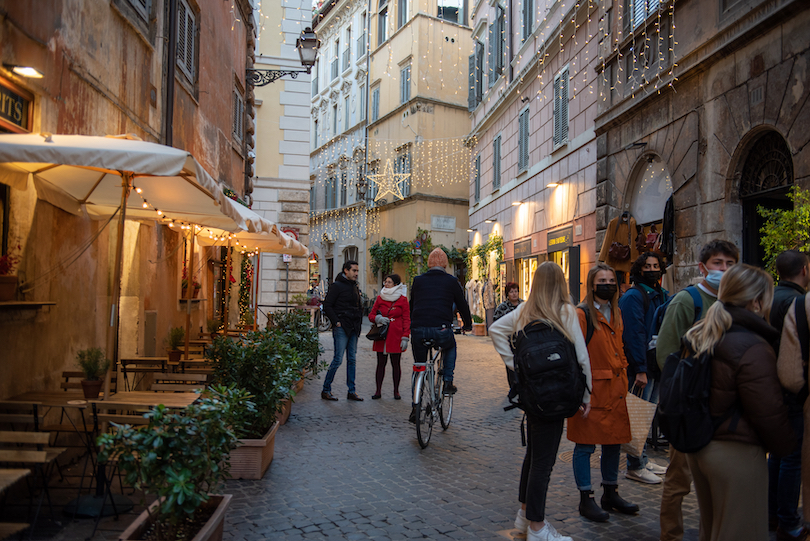
December is also a quiet month in Rome though some do head here to celebrate Christmas and the New Year’s. The days are darker with around 4 hours of sunshine so you’ll have less time to stroll about and snap photos of the Colosseum and Castel Sant’Angelo. Make sure to layer up and take a jacket as temperatures average 13°C (55°F) and it does rain quite a bit.
Prices do rise around the holidays though most of its museums and tourist attractions won’t be too busy. There is a very festive feel about the city with Piazza Navona hosting a magical Christmas market. Villa Borghese also has Christmas World for you to wander around while epic performances of The Nutcracker delight audiences at its ornate opera house . Fireworks displays, concerts and parties are held in iconic locations around Rome for New Year’s Eve.
Share this post:
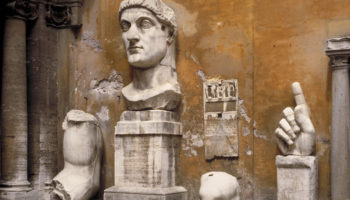
10 Best Museums in Rome

Rome Alone: 8 Things to Do Solo in Rome
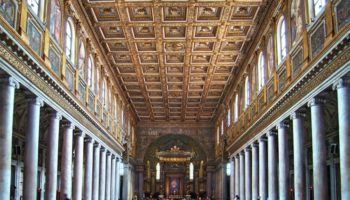
8 Most Beautiful Churches in Rome
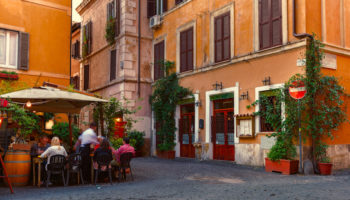
Where to Stay in Rome: Best Neighborhoods & Hotels
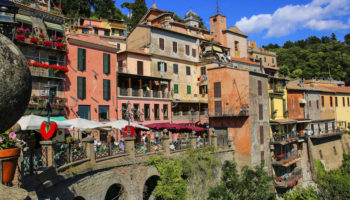
11 Best Day Trips from Rome
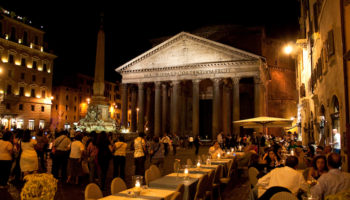
How to Spend 3 Days in Rome: The Perfect Itinerary
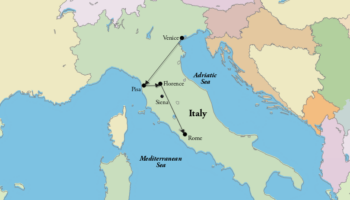
How To Spend One Week in Italy: DIY Itinerary
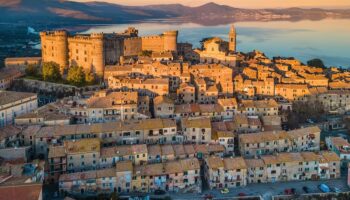
14 Best Places to Visit in Lazio, Italy
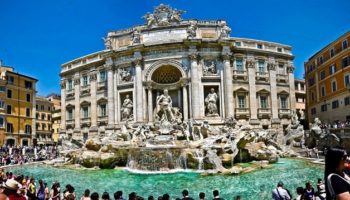
25 Top Tourist Attractions in Rome
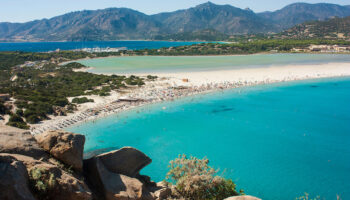
14 Best Things to do in Sardinia, Italy
Reader interactions, leave a reply cancel reply.
Your email address will not be published. Required fields are marked *
This site uses Akismet to reduce spam. Learn how your comment data is processed .

Best time to visit Rome
Things to do in Rome Rome Travel Guide Best Time to Visit Rome
Known as the Eternal City for good reason, Rome offers timeless allure for visitors year-round (pun intended!). Its winters are mild, sparing travelers bone-chilling cold, while summers, though sweltering, provide a quintessentially European charm. Rome beckons as an ideal travel destination regardless of the season. Yet, determining the optimal time to visit hinges on the experiences you seek in this historic city. Explore this guide to discover the vibrant offerings awaiting you in Rome every month of the year.
Best Time to visit Rome - Know Before You Plan Your Trip
Rome, a city with timeless allure, welcomes visitors year-round. However, the optimal times to experience the Eternal City are during Spring (Mid-March to May) and Autumn (Mid-September to November) . During these seasons, the weather is ideal for exploration, and crowds are thinner. If you enjoy winter and seek budget-friendly options, then visiting Rome during the winter season would be the most suitable choice.
Best Time to visit Rome - For Different Kinds Of Travelers
Best Time for Staying Outdoors in Rome : April, May, June, July, September & October Best Time for Sightseeing & Museum Hopping : mid-March, April, September, October & early November Best Time for Honeymooners : April, May, September & October Best Time for Budget Travelers : November, early December, mid January & February Best Time for Shopaholics : July to mid August & January to February
Rome Through The Year
- High Season in Rome kicks off with the arrival of summer from May through mid-September, peaking in June, July, and August with heavy tourist traffic. Expect long waiting lines at major attractions due to the influx of visitors. However, the long, bright sunny days provide ample time for city exploration, while the soaring temperatures offer the perfect excuse to indulge in as much gelato as you desire.
- Shoulder Season in Rome spans from mid-March through early May and mid-October through November. During this time, tourist traffic is slightly reduced, and the pleasant weather of early spring and late fall presents ideal sightseeing opportunities. Booking flights and accommodations in advance is highly advisable, as many savvy travelers are aware of the season's perks.
- Low Season in Rome falls in the wintertime, typically from late November through mid-December and mid-January through early March. While chilly and rainy, temperatures rarely dip below freezing. If you can tolerate the cooler weather, this period offers thinner crowds at major attractions and comparatively better rates on accommodation and airfare. However, note that the holiday season, including Christmas, can bring a temporary spike in tourist activity during an otherwise slow period.
Best Season To Visit Rome
Rome is an eternal vision throughout the year, with every season adding its own special charm into the mix. Here’s what you can expect from the city during the four seasons.

Rome in Spring
Rome is simply enchanting during spring. The blossoming flowers, especially the pink azaleas strewn over spanish steps, the spring sun that enlightens the city’s landmark like a beautiful painting, the slight snip in the air that makes activities like walking tours and bike rides a leisure and the festivities of Easter and Rome’s birthday that calls out to tourists and locals alike.

Rome in Summer
Summer is the peak season for Rome, it’s hot, it’s crowded and it’s buzzing with activities. With around 10 to 11 hours of sunshine per day and almost no rainfall, the summer months see plenty of open-air events and concerts organised around the city such as the Festa di San Giovanni. Just make sure to pack sunglasses, sunblock and stay hydrated.

Rome in Autumn
As the soaring heat give way to cooler temperature, Rome welcomes the season with multiple cultural events celebrating the art, music, theatre, food of the country, such as the Romaeuropa Festival and the International Film Festival of Rome. The comfortable temperature in Autumn along with the changing colors of the surrounding, makes the season best for pleasant strolls.

Rome in Winter
The winter winds do not slow down the pace of Rome. Though the flocks of tourists arriving does slow down, the ones braving the cold, in turn, earns great travel bargains and greater sightseeing experiences. Several festive markets are strewn across the city and just after Christmas, massive discounts are announced by almost every retailer, making winter the best time for shopping as well.

52 Ultimate List Of Things To Do In Rome
Weather in rome year round.
The weather in Rome year round has been charted on a graph below. The Highs are depicted in red and the Lows in blue.
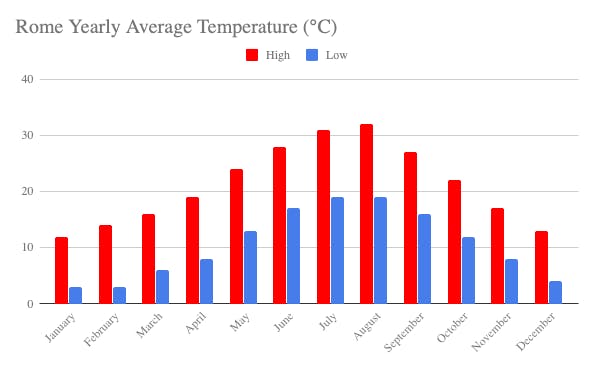
A Month-By-Month Guide To Visiting Rome
Follow our detailed guide to pick a month for your Rome exploits.
Rome in January
Average Temperature: 13 °C - 3 °C
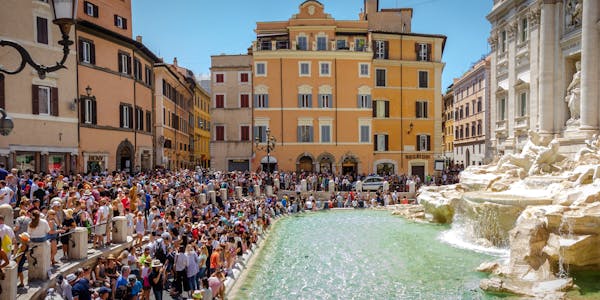
January, the chilliest month in Rome, kicks off with the excitement of New Year's celebrations and special occasions like La Festa dell'Epifania (Epiphany) and the Festa di Sant'antonio Abate (blessing of the animals). It's a low season, with the cold winds keeping both tourists and locals indoors, recovering from the December festivities. Consequently, visiting in January allows you to leisurely explore the city at your own pace. Moreover, Italy hosts its annual massive winter sale during this time, with participating shops, including high-end ones, offering remarkable discounts of up to 70% for a duration of 60 days.
Rome in February
Average Temperature: 14 °C - 3 °C

In contrast to other months, Rome exhibits a tranquil ambiance in February. Despite the persistent winter winds, the city pulsates with the excitement of its annual winter sale, featuring substantial discounts. Festa di San Valentino, also known as Valentine’s Day, is celebrated with fervor, marked by traditional symbols of hearts and chocolates, as well as the sight of padlocks adorning bridges and unexpected locales. Couples can take advantage of special offers such as two-for-one tickets at all state-run museums and archaeological sites. Additionally, February hosts the annual carnevale, preceding Lent, which brings forth a plethora of events at the Piazza del Popolo. These festivities include choreographed horse shows, exhilarating races, captivating dancers, and enchanting costumed performers.
Rome in March
Average Temperature: 17 °C - 6 °C
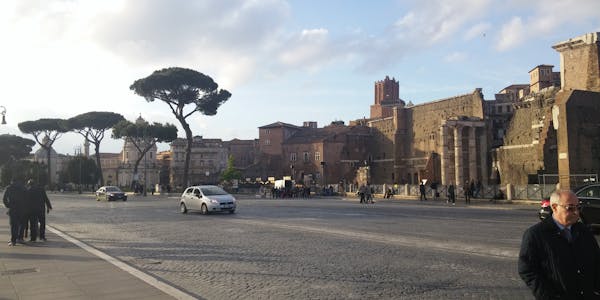
An italian saying, marzo è pazzo (March is crazy) aptly suits the weather of Rome in March. One day you might feel that spring and sunshine are making a comeback and on the next day you’ll realize that winter isn’t done yet. From Festa della Donna (International women’s day) to the commemoration of Caesar’s death, Rome observes a number of special occasions during the month. If Easter in Rome falls during the month of March, expect a high influx of tourists and locals visiting to participate in the festivities, otherwise the crowd is comparatively thin. Depending upon the day’s weather you can either enjoy you a hearty scoop of gelato or indulge in some heart warming traditional Roman dishes.
Rome in April
Average Temperature: 20 °C - 8 °C

April in Rome holds a distinct charm, particularly because the city commemorates its birthday on the 21st amidst grand celebrations. As spring unfolds, the streets and parks of Rome transform into vibrant hubs adorned with blossoming flowers like roses, wisteria, azaleas, and poppies. Various events, including the Spring Festival, Rome Marathon, Roman Artichoke Festival, and Liberation Day, infuse the city with energy and excitement, making it a bustling metropolis. The atmosphere becomes even more electrifying if Easter coincides with April, adding to the festive fervor. Moreover, this month offers the delight of savoring delectable spring and Easter specialties, unique to this time of the year, tantalizing the taste buds with traditional flavors.
Rome in May
Average Temperature: 24 °C - 13 °C
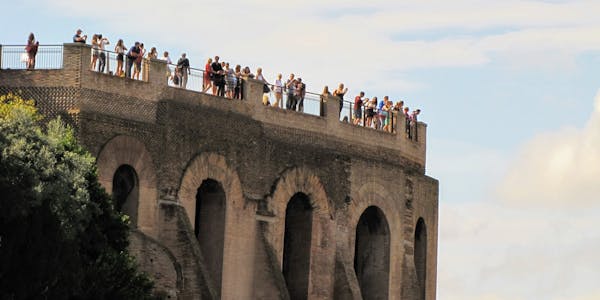
The pink azaleas on the spanish steps, the roses from the rose garden and the wisterias on the tree laden paths, Rome literally blooms out during May. Starting off the month right, Primo Maggio, labour day in italy is celebrated on May 1st with a free concert at San Giovanni. Before the storm of summertime tourist arrives, the city packs in some amazing cultural activities such as the Open House Roma, Rome Outdoor Festival and Notte dei Musei ( Night at the Museums). Not missing on the sports front the city also hosts the BNL Tennis championships at the Olympic Stadium and the Susan G. Komen Race for the Cure.
Rome in June
Average Temperature: 29 °C - 17 °C
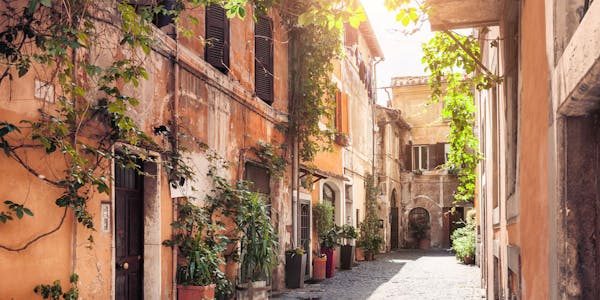
As the temperature starts rising, the official high season for Rome begins. The city preps to entertain the locals as well as the inflow of tourists with a number of interesting events including Festa della Repubblica, its Republic Day, the Gay Village Festival, the Roma Estate Lungotevere and the Festa di San Giovanni (The Feast of Saint John). One of the perks of visiting Rome in June is that you can observe the city’s transition from spring to summer and can enjoy some of best ice cream(gelato) you’ll ever had. Though the flip side is that the accommodation prices and the crowds are on the higher side of the spectrum.
Rome in July
Average Temperature: 32 °C - 19 °C
While July is the warmest month in Rome, the hot temperatures do not ditter the tourists from visiting the eternal city. In fact, July is one of the best months to visit Rome in order to experience some outdoor events such as cinema in the piazza, concerts in Teatro Marcello or the opera at the baths of Caracalla. The annual mega summer sales also kicks in around mid- July to enchant everyone further. Despite the long lines at the major Rome attractions and the scorching heat, tourists have a gala time as they can unwind in the perfectly warm night, looking over a great view, while sipping some great wine.
Rome in August
Average Temperature: 30 °C - 18 °C
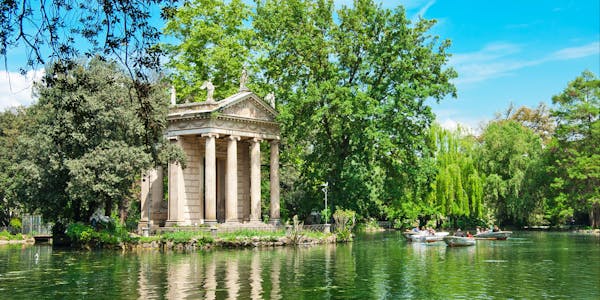
The fanfare of July festivals such as Festival di Caracalla, the opera under the stars at the baths of Caracalla, the Gay Village Festival and the Summer shopping sales extend well into the August. While the summer sun is still scorching a slight breeze sombers the harsh effects. However, Rome observes Ferragosto, The holiday of assumption on August 15, after which the italian’s leave for their summer holidays. As a result, much of Rome is closed for the last two weeks of August. Note that, the Gran Ballo di Ferragosto is observed on Ferragosto, filling all of Rome’s squares with live dance performances.
Rome in September
Average Temperature: 27 °C - 16 °C
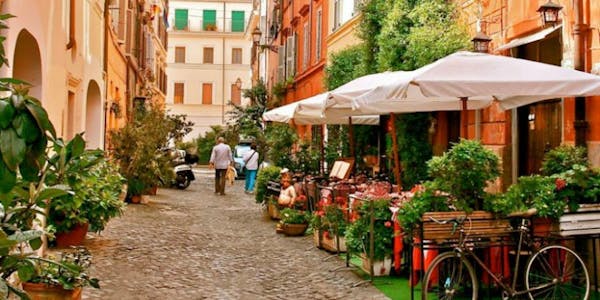
Though the tourist crowd thins comparably during September, the month is filled with exciting indoor and outdoor activities. Sagra dell’Uva, the grape harvest festival allows visitors to honor the grape; notably grapes, food and wine are sold at bargain prices. The Notte Bianca Festival (the white night festival) and the Arts and Antique Fairs celebrates the heritage of art and culture of the city. Most museums and galleries in the city offer new shows after the summer respite, inviting art lovers across the globe. While the summer wave is still strong, evening tends to be bit cooler with increased chances of rainfall.
Rome in October
Average Temperature: 23 °C - 12 °C

The onset of Fall brings a bite to the October air, while the days are still warm, nights become comfortably cool. The green leaves starts changing colours, enveloping the city in the beautiful undertones of falls. Many outdoor sites are open later than usual as the pleasant weather gives the perfect setting for long walks and visiting such places. Inspired from the season, Roma Europa Festival hosts variety of music concerts during the month of October and November. The International Film Festival of Rome with all its A-list stars and the grand halloween celebrations further lures locals and tourists to enjoy the outdoors, before the winter sets in.
Rome in November
Average Temperature: 18 °C - 8 °C
Rome in November is full of surprises, it can vary between pleasant, chilly and rainy days. The days becomes shorter as the temperature starts to drop by each passing day. Though comparatively low, November does receives its fair share of tourists, who are looking to explore the eternal city before the cold season sets in. Between the Roma Jazz Festival, the Roma Europa Festival and the Feast of Saint Cecilia (the patron saint of all musicians) November observes various live events by local and international musicians accompanied by mouth-watering cuisine. However, the best of all, November marks the official beginning of Rome’s favorite Artichoke season.
Rome in December
Average Temperature: 15 °C - 4 °C
During December, Rome turns into a winter wonderland. While the snow is missing the festivities, the spectacular decorations donned by the city’s magnificent churches and old piazzas and the buzz around the town makes up for it. In addition, December offers the perks of cheaper accommodations and commute along with comparatively thinner crowd at major attractions. Submerged in Christmas spirit, depictions of the Nativity scenes are displayed throughout Rome and the Piazza Navona market becomes a hub for all things Christmas. Several public and private events are organised to ring the New Year, the Piazza del Popolo holds the largest public celebration, featuring music, dancing and fireworks. New Year's in Rome is an equally pompous affair with festivities all around and grand masses in most churches around the city.
When is the best time to visit Rome?
The best time to visit Rome is in the spring or fall. The weather is milder and the city is less crowded.
What are some things to do in Rome?
There are countless things to do in Rome! Visit the Colosseum, the Vatican Museums, the Sistine Chapel, St. Peter's Basilica, and more. Take a walking tour of the city to see the sights and learn about the history. Or enjoy some of the world-famous food and wine Rome has to offer.
What is the best way to get around Rome?
The best way to get around Rome is on foot. The city is very walkable and you'll be able to see more if you go at your own pace. If you're tired, there are also plenty of taxis and public transportation options.
What should I pack for my trip to Rome?
Be sure to pack comfortable shoes, as you'll be doing a lot of walking. A light jacket or sweater is also a good idea, as the evenings can be cool. And don't forget to pack your camera to capture all the amazing sights!
What is the rainy season in Rome?
The rainy season in Rome is from October to April. During this time, it's important to pack an umbrella and wear comfortable shoes that can handle wet conditions.
What are the most popular tourist attractions in Rome?
Some of the most popular tourist attractions in Rome include the Colosseum, Vatican Museums, Sistine Chapel, St. Peter's Basilica, and the Trevi Fountain.
Lakshmi Menon
Born to parents bit by the wander bug, Lakshmi calls her love for travel "hereditary and habitual". Perpetually ensconced with a book in her hand and a mug of coffee in the other, she has been to over 15 countries in her 23 years of existence and is currently saving miles and money for her solo trip to Iceland. Always hustling towards the least trodden path, she has encountered some wonderful people during her escapades and if you ever meet her, she won't stop gushing about them.

Be a smart traveler
The first to know about trending destinations, travel deals, tips and all things travel.

- PLAN YOUR TRIP
- ITINERARIES
- BUY A PROPERTY IN ITALY
- MAPS OF ITALY

Tips for Your Family Vacation to Italy
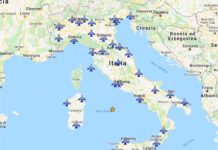
Map of italian airports

How to reach Rome from Fiumicino Airport

How to reach Milan from Malpensa Airport

How to stay connected in Italy

Why are the Frasassi Caves special?
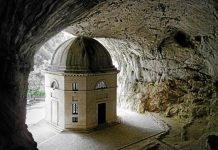
Genga, Marche
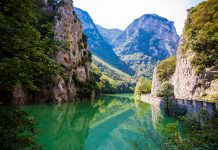
The Untouched Furlo Gorge Nature Reserve
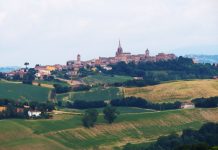
Why do Italians think Le Marche is the New Tuscany?

Try the Famous Le Marche Wine
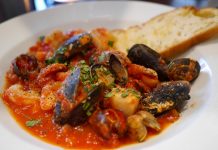
Try the Brodetto Fish Stew
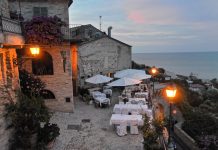
Where Should You Go on Holidays in Le Marche?

A Silvia by Giacomo Leopardi
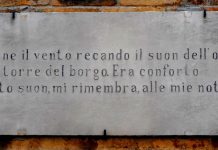
Giacomo Leopardi, Italy’s greatest Poet
Guide to buy a house in italy for 1 euro.
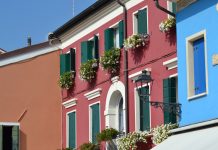
What’s wrong with the Italian property market?
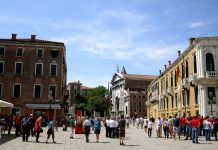
Real Estate Bargains in Abruzzo

Buying Italian Property

Italy Home Renovations: Who to Hire?
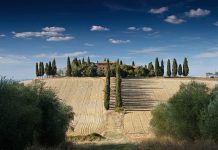
Property in Le Marche, Buying A House in Central Italy
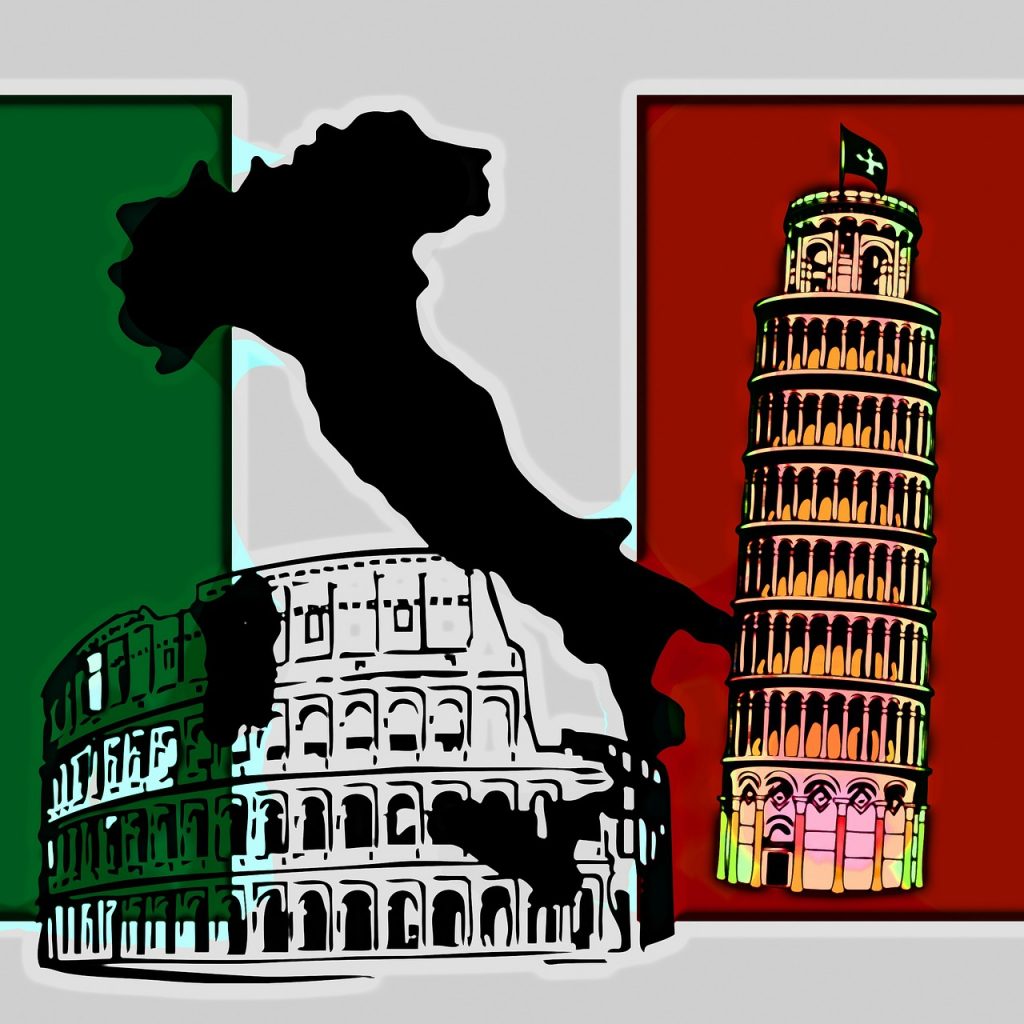
Italy Regions Map
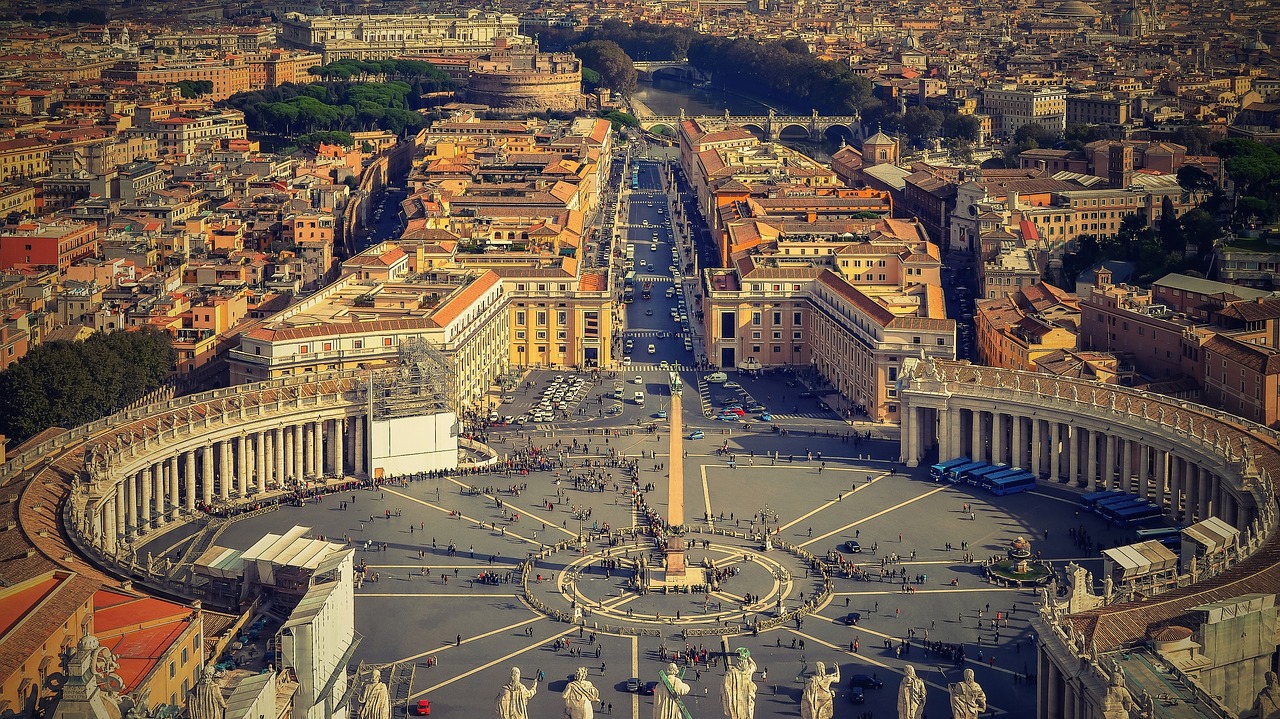
One day in Rome – Itinerary with map
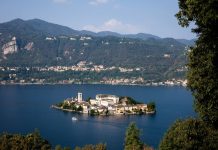
The Northern Lakes of Italy

The best time to visit Rome
BEST TIMES OF THE YEAR TO VISIT ROME
Whenever you visit Rome , it is definitely an incredible place to visit! However, you might want to consider what the weather, events, and the costs will be like in different periods. If you don’t mind the crowds, you may decide to visit during Christmas or the holy week. Typically, October through April is the best period to visit the eternal city. Traveling during these months, with the exception of the aforementioned holidays, will reduce crowds and costs of transportation and hotel rooms.
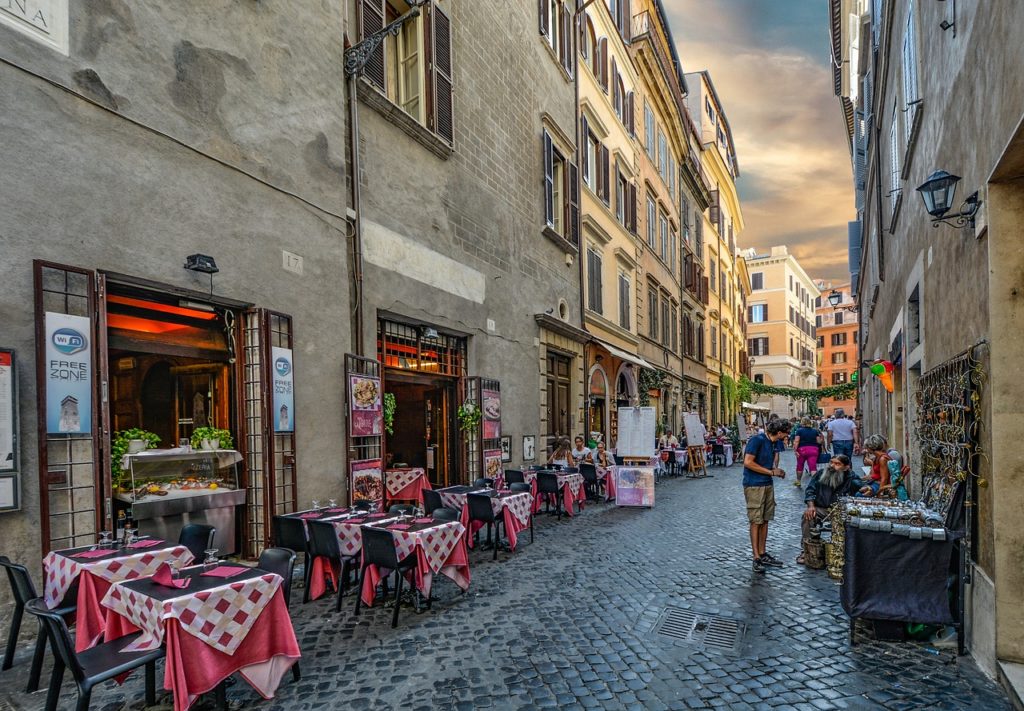
WEATHER CONDITIONS IN ROME
Rome has a Mediterranean climate, which brings a warm, humid summer. During July and August, the temperature could rise as high as 90°F. The rest of the year experiences temperatures below 40°F. January is the coldest of all the months, while October and November experience the heaviest rains. The months of intense rainfall and the poorest overall weather have the lowest accommodation prices, making them very affordable.
FESTIVALS AND EVENTS IN ROME
Summer and winter seasons in Rome are filled with religious celebrations and cultural events. In late June every year, the Festa Di San Giovanni is held in the city. This is an important cultural event when people usually focus on eating, listening to music, and dancing. Other popular celebrations include Easter and Christmas, which are the two most important religious festivals of the year.
SPRING IN ROME
The weather conditions during spring make this season a great time to visit Rome. In March, the weather is a bit variable and chiller but in April the weather becomes warmer. If you will be visiting during the holy week in Easter, then be prepared to pay extra for lodgings and other provisions.
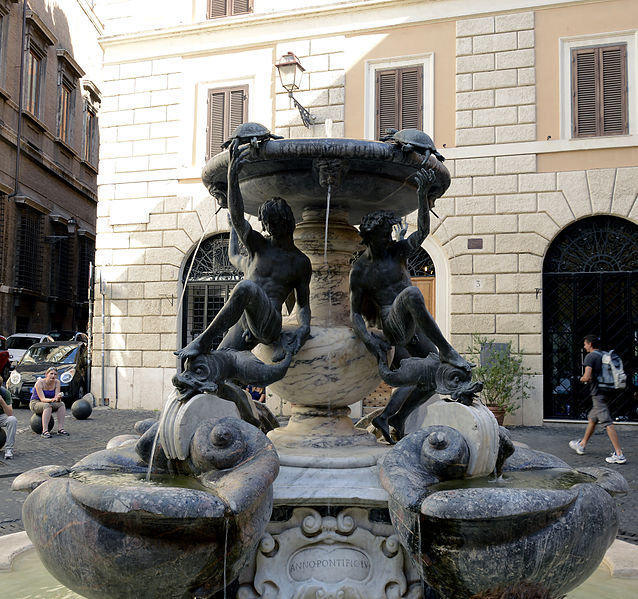
Hotel prices are extremely high this week. During Easter, thousands of Christians make their visit to Rome to have a view of the museums and the churches. The main places people visit include the Vatican museum and St. Peter’s Basilica. People also come to watch the pope lead special ceremonies and give his blessing on Easter Sunday.
SUMMER IN ROME
From May to June marks the beginning of summer in Rome and this is a good time to visit Rome because the daytime will be mild and the night will be only a little chilly. During the “shoulder season”, tour operators and hoteliers often offer good travel deals, which makes it a cost effective time to visit the eternal city.
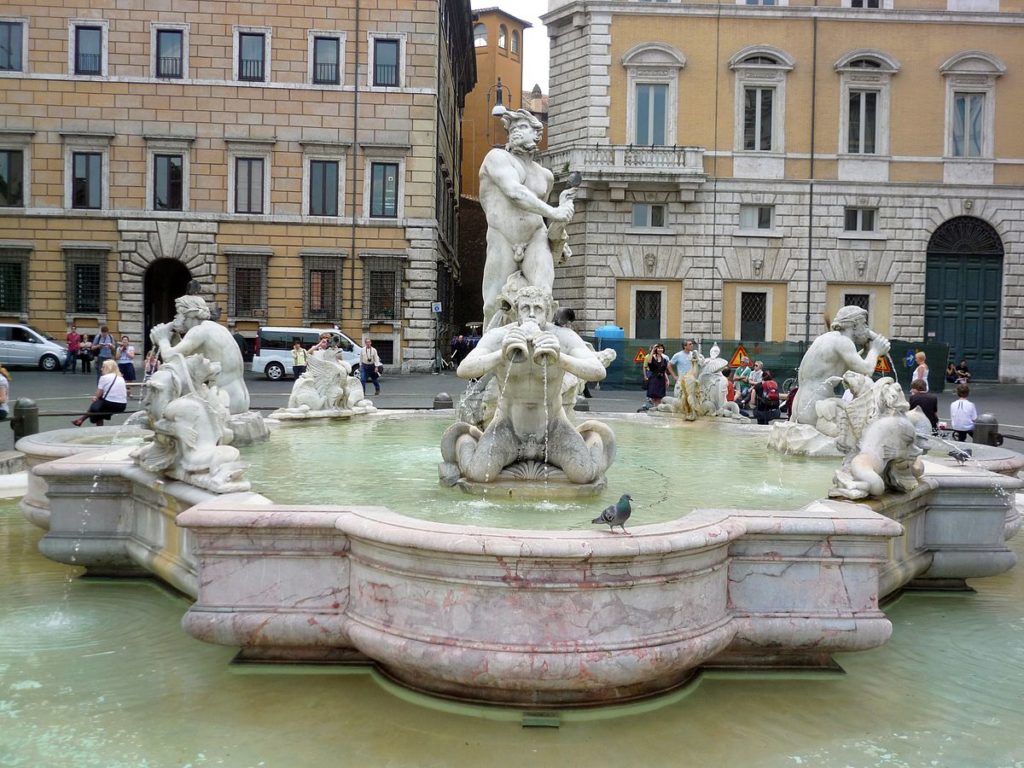
As a result, more people visit during this time, making it difficult to find unoccupied lodging places with those good discounts. However, if you plan your trip well in advance, you may find some good deals during these months. Rome tends to have more tourists than locals in August. So, if you plan to visit in August, be ready to meet more internationals than Italians. Many Romans and Italians in general go on vacation in August, escaping to the seaside. Italians take off a minimum of two weeks, if not the whole month, for summer break. In a nutshell, hotel rates are way lower in August.
FALL IN ROME
The best weather conditions in Rome in terms of temperature are experienced from mid-September through October, marked by chilly weather during the nights with more mildly tempered days. Rain falls the most during November and fall is usually the rainiest season in this city. However, if you don’t like the big crowds of other seasons and don’t mind some rain, you are very much welcome to visit Rome during fall.
WINTER IN ROME
The Christmas period in Rome gives you the opportunity to visit the Vatican City during an important Catholic holiday. With cold weather, the atmosphere is festive and cozy. The Christmas market in Piazza Navona is a must-see during this season.
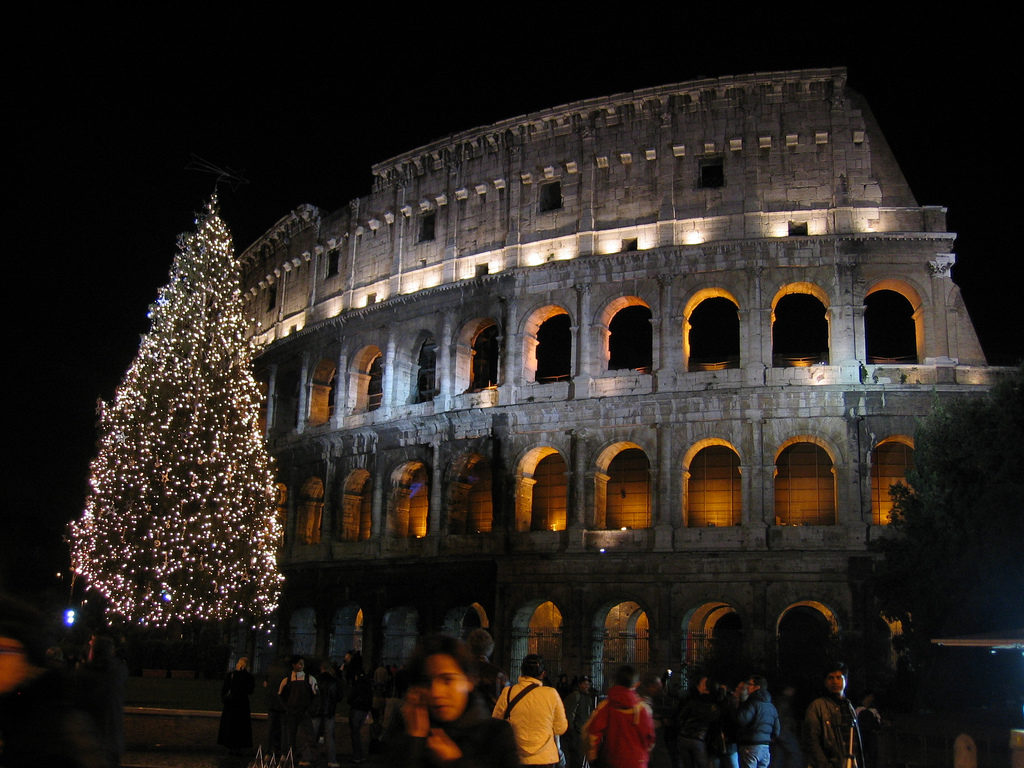
Also, theaters are always open to visit to escape some of the winter chill. In addition, there are performances and musical pageants. However, hotel prices are high during the Christmas period and until New Years Day. However, if you travel to Rome after New Years Day, in the period between January and March, and before Easter, hotel prices will be cheaper.
RELATED ARTICLES MORE FROM AUTHOR
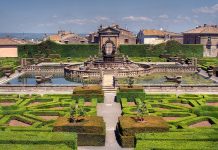
Italy’s 10 Most Beautiful Gardens

Beautiful Central Italian Cities
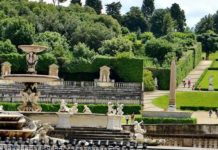
One Week Italian Travel Guide
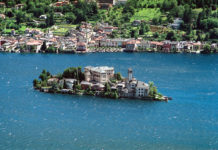
Lakeside Properties in Italy

Perfect Spots for a Medieval Cottage in Italy
Leave a reply cancel reply.
Save my name, email, and website in this browser for the next time I comment.
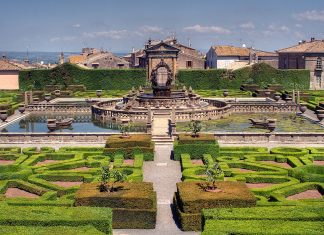
What is an InterRail pass or Eurail pass?

Guide to the Italian train system

Food Allergies: A guide to Italian travel

The Best Time to Visit Rome 2024: the Ultimate Guide
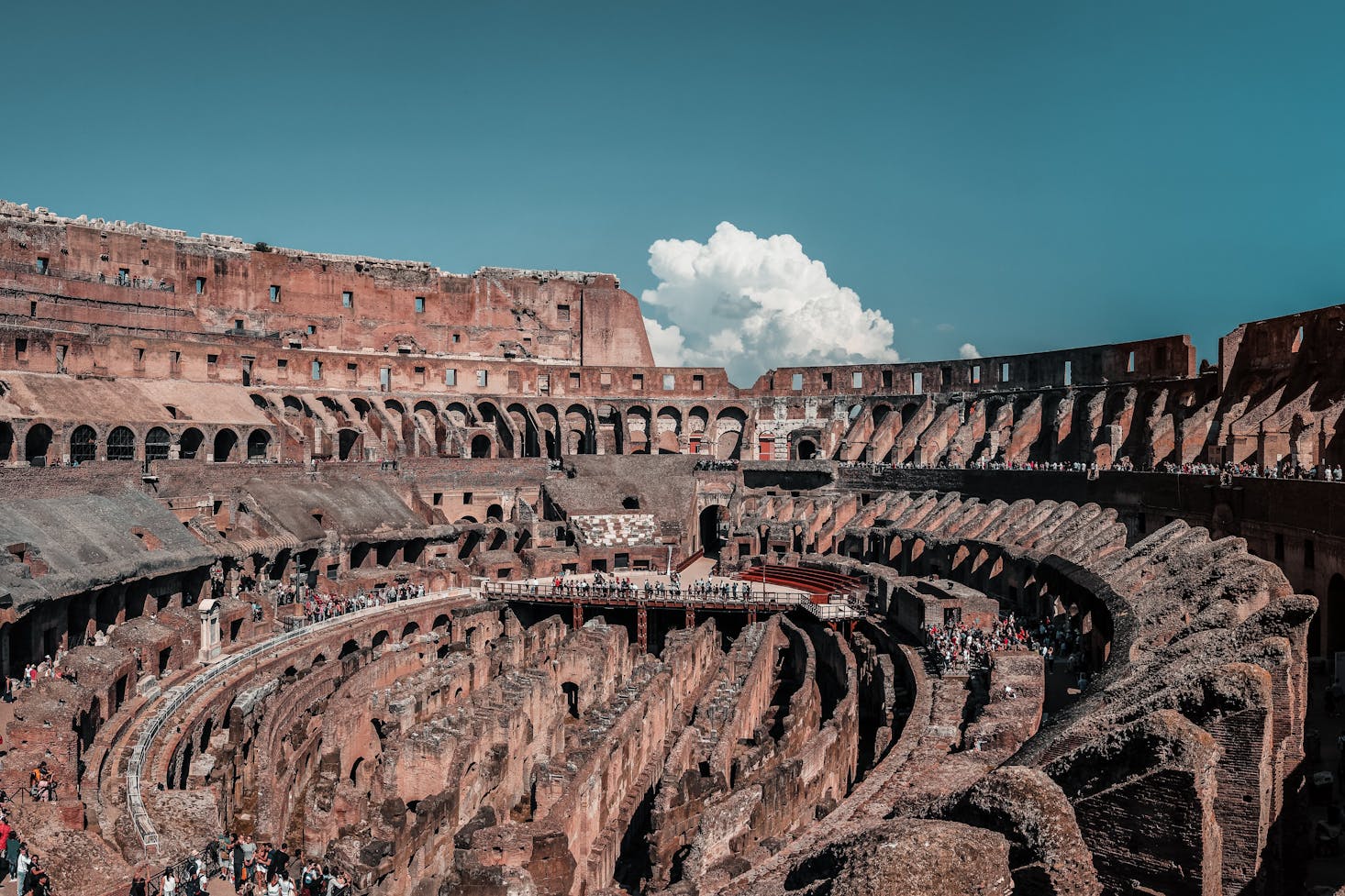
They don't call Rome the Eternal City for nothing. The capital of modern Italy, Rome has been a center of world power since the glory days of the Roman Empire. Its incredible legacy as a city of emperors, popes, kings, and presidents has left the city with an unparalleled heritage of art, architecture, and culture that very few cities in the world can match. Plus, as the capital of one of the world's richest nations, Rome remains a vibrant living city. Much as it may occasionally feel like an open-air museum, Rome is an ever-evolving metropolis that rewards continued exploration.
Rome benefits from a Mediterranean climate that sees hot temperatures in the summer and mild lows in the winter. Cold weather is rare in Rome, though not unheard of. Rain falls in the city throughout the year, usually peaking around early November, but blue skies are typically the norm no matter when you visit Rome.
Looked at like that, you could argue that there is no particular best time to visit Rome. However, depending on what you want to do in the city, you may find certain times of the year better than others.
Here's a guide to the best time to visit Rome depending on how you want to spend your time in the city. And remember, no matter when you choose to visit, you can make your trip easier by leaving your bags behind at a luggage storage in Rome . Traveling light makes it far easier to enjoy the city no matter when you choose to visit.
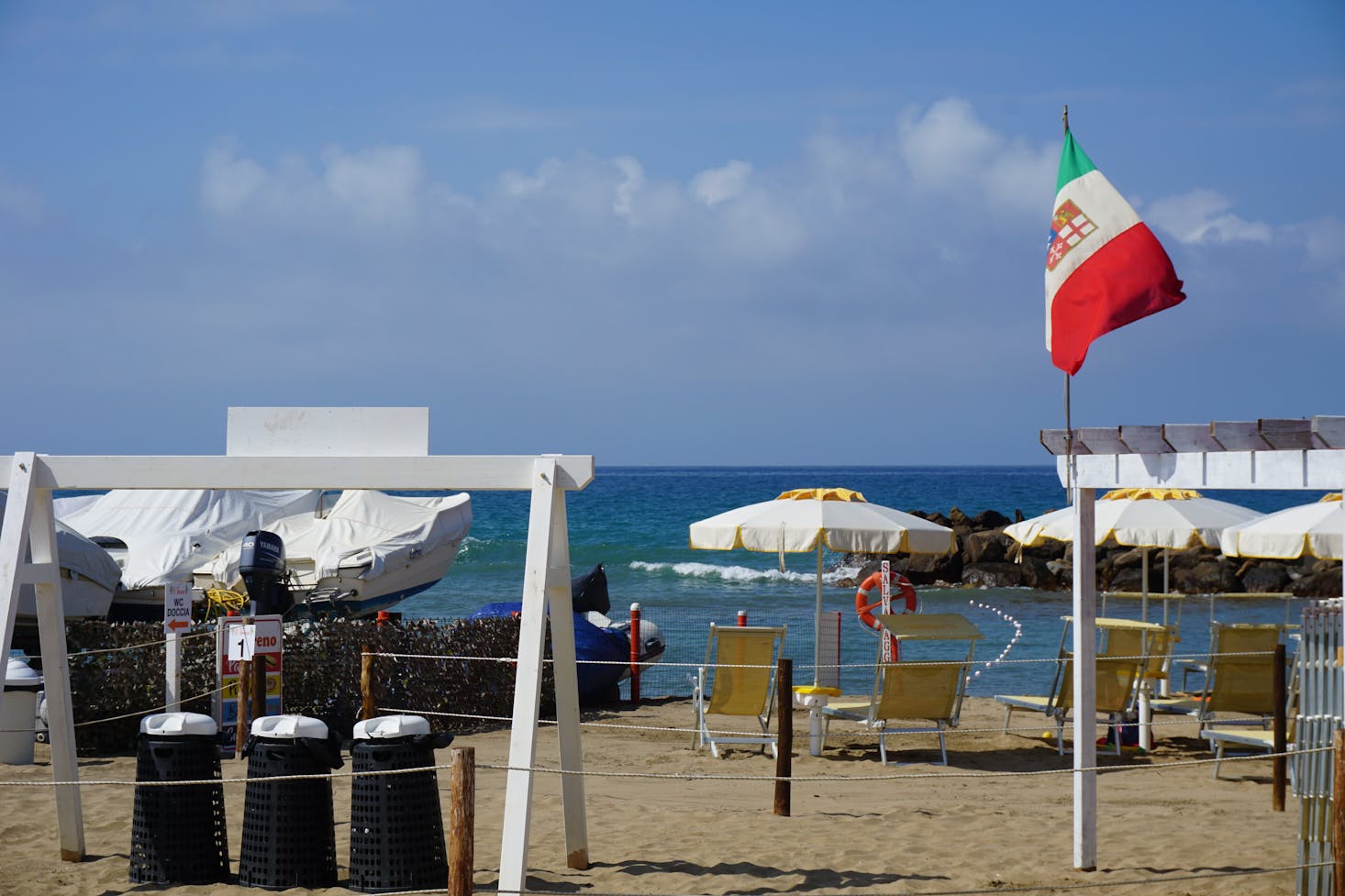
Summer in Rome
When it comes to tourism in Rome, the summer months are most definitely peak season. If you want to explore in the sunshine, this is definitely the time of year to do it. Average temperatures in July and August could reach highs above 86°F (30°C), and even the nightly lows rarely drop below 70°F (20°C). Though rain is possible during the Roman summer, it's not common, and when it does rain it's usually no more than a passing shower.
This pleasant weather makes the high season of summer a popular time to visit Rome for people on their summer holidays. Therefore, you can expect to encounter summer crowds at all the city's top tourist attractions, such as Saint Peter's Basilica and the Coliseum. In fact, standing in line at one of these attractions in the high heat of summer can make you feel like the entire world has decided to take a summer break in Rome. If you're not a fan of crowds, high season is best avoided.
However, summer does see some of Rome's best events, such as the Gay Village Festival and the Festa di San Giovanni. If you don't mind navigating major crowds and want to experience outdoor events, high season is the time to do it. Additionally, the city's magnificent churches in both Rome itself and in Vatican City make excellent places to beat the heat and escape the crowds of tourist season.
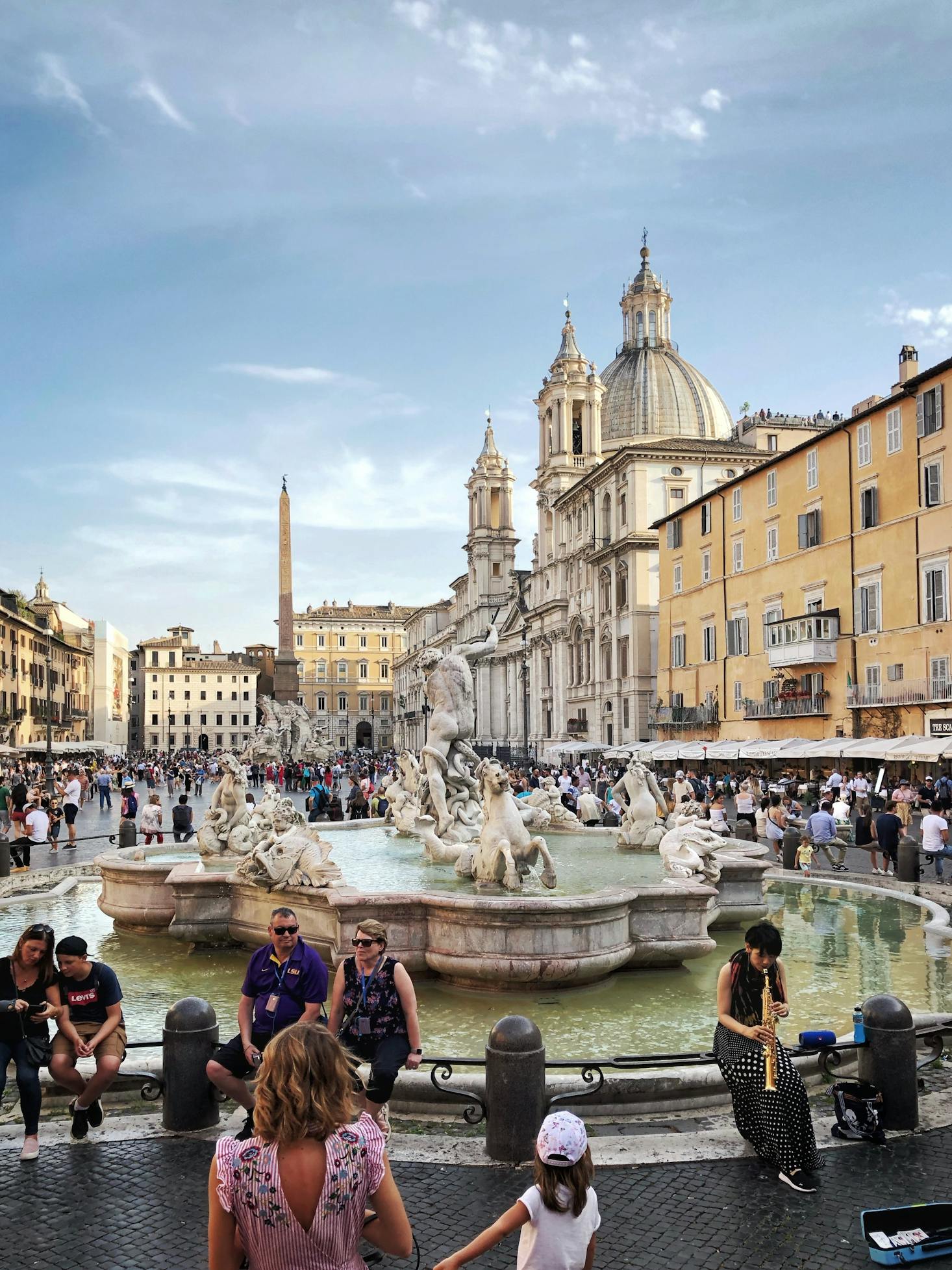
When visiting Rome during the high season, expect high season prices. Plus, you should also be aware that many Roman businesses shut during August, when smart locals escape the high average temperature of summer and head to the country or the beach. Tourist attractions will always be open, but some restaurants and other small businesses may close, leaving only those that cater strictly to tourists.
If you don't mind long lines and hot weather, summer can be a great time to visit Rome. You won't need more than a light jacket at the most along with your T-shirts and shorts, but be aware that many churches, especially in Vatican City, do have a dress code, so bring a shawl or something you can use to cover up those shoulders and thighs with so you don't break the rules.
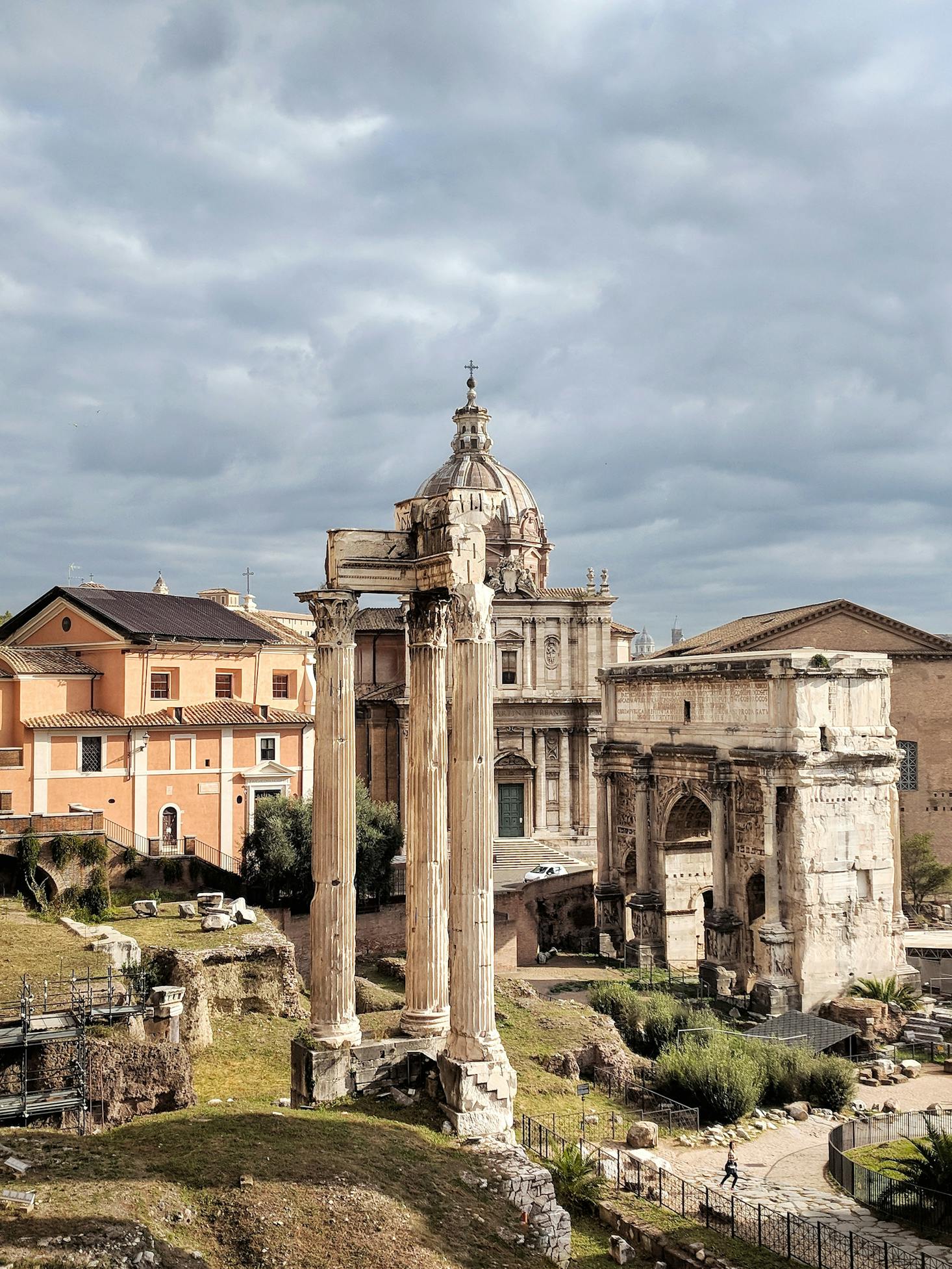
Fall in Rome
As summer draws to an end and the holiday season winds up, the Eternal City takes on a new atmosphere. Temperatures remain mild, with the September average temperature hovering around 78°F (26°C). October sees a slight dip, with an average temperature of 63°F (17°C), while November is even cooler at 57°F (14°C).
The weather in fall means that the heavy summer tourist crowds have left Rome, making it a far more enjoyable place to explore. However, this is also the time of year when rain becomes a more common occurrence, so you'll want to pack an umbrella or light raincoat.
Tourist attractions are still open in fall, but the lines aren't as long as they are during peak summer months. However, some businesses may start to shut down for the winter season, although most will remain open. One of the best things about visiting Rome in fall is that you can enjoy all the city's best outdoor attractions without having to worry too much about the heat.
The cooler weather also makes it a great time to sample some of the city's best comfort food. There's nothing like a warm bowl of pasta to take the chill out of a fall day, and you'll find plenty of excellent restaurants serving up delicious dishes all over Rome.
If you're looking for a quieter time to visit Rome without sacrificing good weather, fall is the perfect time to go. Just be sure to pack an umbrella or raincoat in case the weather takes a turn for the worse.
Of course, if it does rain when you visit Rome, there's no need to panic. Thanks to its incredible museums, art galleries, and churches, there is no shortage of things to do on a rainy day in Rome . Plus, bad weather helps to tame the tourist crowds, and you may have some of the city's most spectacular locations almost to yourself. If you get the opportunity, visit the Pantheon in central Rome to see the rain falling through the oculus, a circular hole in the 2000-year-old dome, for a quintessentially Roman experience.
This time of year also has its share of events worth exploring. The Roma Jazz Festival is held in the autumn, as is the International Film Festival of Rome and the White Night Festival. If you would like to experience some pleasant weather and great things to do without enduring insane crowds, the shoulder season of fall may be the best time to visit Rome for you.
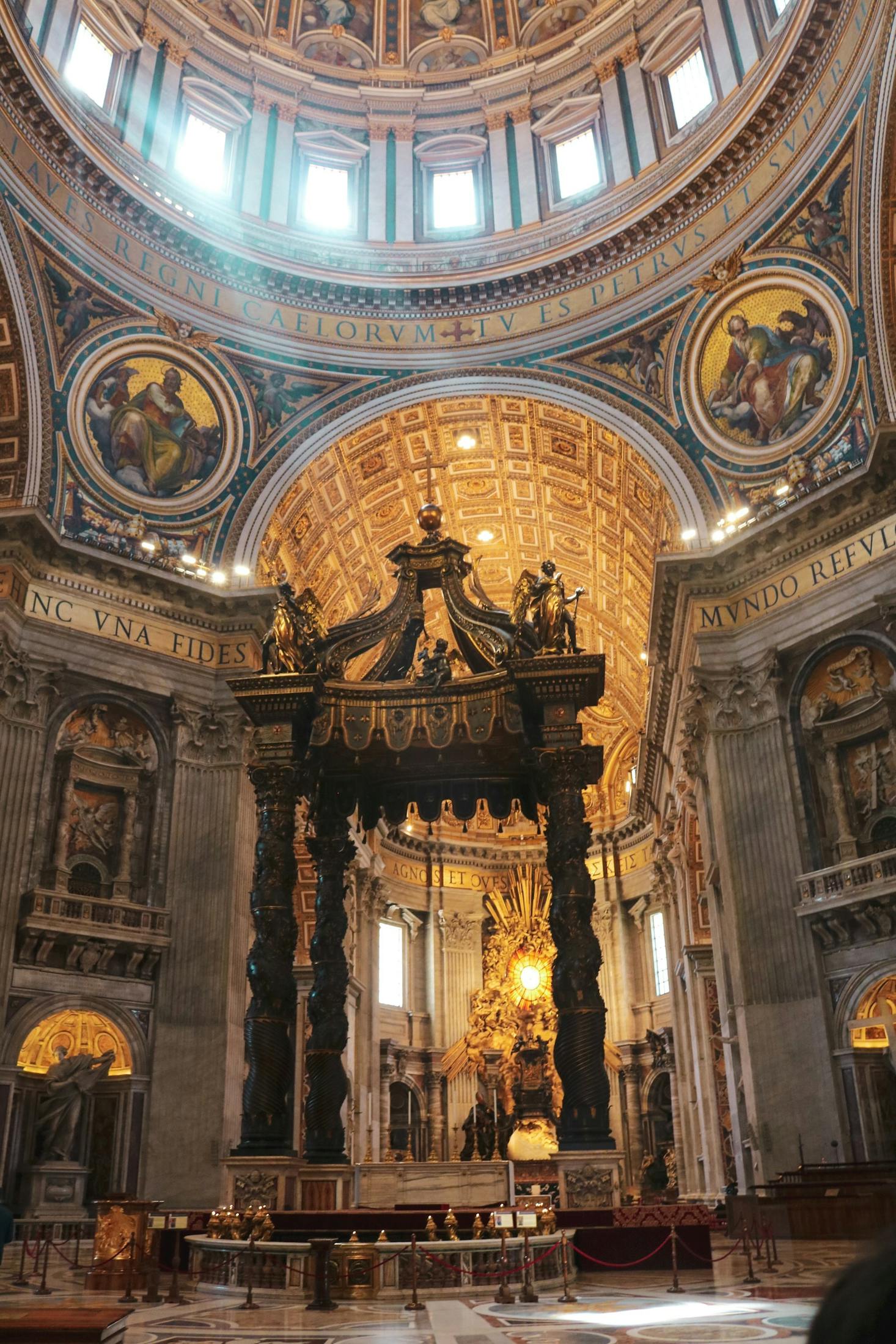
Winter in Rome
Rome's winters are cool and damp, with average temperatures ranging from 36°F (2°C) in December to 50°F (10°C) in February. Snow is not common, but it can happen, so it's always a good idea to pack a warm coat just in case.
Despite the cooler weather, winter is still a great time to visit Rome. The city comes alive with festive cheer during the holidays, and there are plenty of events and attractions to enjoy. One of the best things about visiting Rome in winter is that you can see some of its most iconic sights without having to deal with huge crowds.
The Christmas season is a magical time to be in Rome. The city is decked out in lights and decorations, and you'll find a festive atmosphere wherever you go. If you're lucky enough to be in Rome during the holidays, make sure to visit Vatican City to see the Nativity scene in Saint Peter's Square. This life-size replica of the scene where Jesus was born is a must-see for anyone visiting during Christmas time.
The city also comes alive with music and other performing arts during the winter months. The Roma Europa Festival is held in October and November, while the Accademia Filarmonica Romana hosts a series of classical music concerts from December to February.
If you're a retail addict, this can also be a good time to take advantage of the winter sales that usually take place in mid-January. Visiting during winter will expose you to some of the worst of the Rome weather, but the city has enough great indoor attractions that it may not be a problem.
Winter in Rome doesn't see the same crowds you'll find in summer. However, the city's status as the heart of a major world religion means that Rome does get crowded around Christmas time. Thousands of Catholics descend on the city, especially the Vatican and St Peter's Square, hoping to attend midnight mass on Christmas Eve or get a blessing from the Pope. Therefore, room rates around Christmas time may not be as affordable as you would expect. Plus, remember that many of Rome's top tourist attractions are churches. Many of these churches will be inaccessible to tourists for the entire week of Christmas as believers celebrate the season.
Still, if you don't mind a little cooler weather, winter can be a great time to visit Rome. Just make sure to pack a warm coat and you'll be all set to enjoy everything the city has to offer.
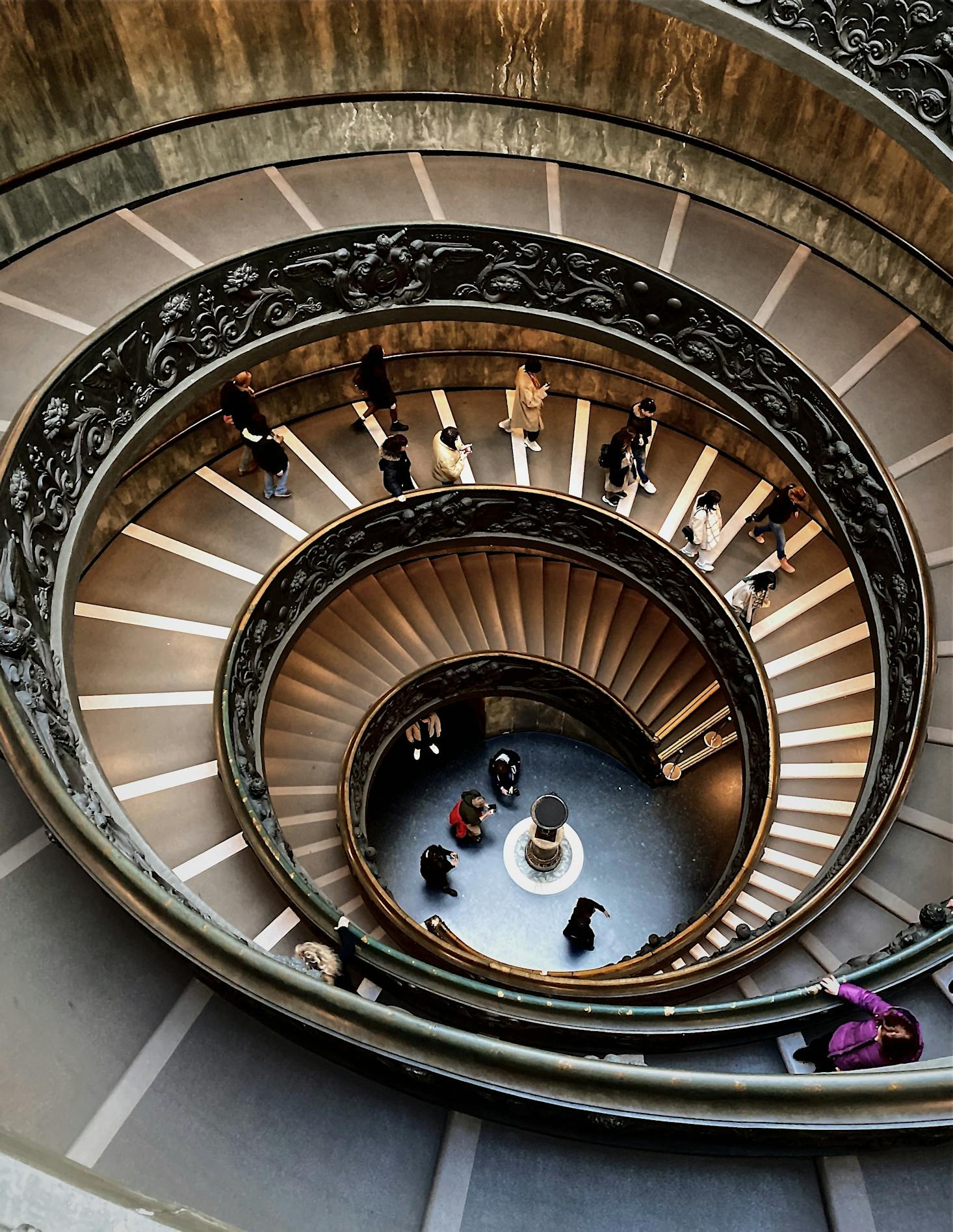
Spring in Rome
Spring in the Eternal City offers an excellent time to visit Rome. Like the shoulder season of fall, the weather is generally pleasant, with temperatures in early March reaching highs of 60°F (15°C) and climbing to a comfortable 75°F (24°C) by May.
Rain is also less common in the spring, though you should still pack an umbrella just in case.
One of the best things about visiting Rome in the spring is that you can enjoy all the city's outdoor attractions without having to deal with the sweltering summer heat. The Vatican Gardens are especially lovely this time of year, as are the parks and gardens scattered throughout Rome.
If you're a fan of art and architecture, spring is also an excellent time to visit Rome's many museums and galleries. The Vatican Museums are particularly worth exploring, as they house some of the world's most famous artworks, including the Sistine Chapel .
Keep in mind that while Rome is less crowded in the spring than it is in summer, there are still some peak tourist times to avoid. Easter week is one of the busiest times of the year, as Catholics from all over the world come to see how Rome celebrates Holy Week. Easter is also a National Holiday, and many Romans may close their businesses and head out of the city from late March to mid-April, depending on when Easter falls.
At the same time, Holy Week can be a fascinating time to visit Rome to see all the pageantry of Catholicism. If you don't mind the crowds, you may find that this is one of the best times to see the city.
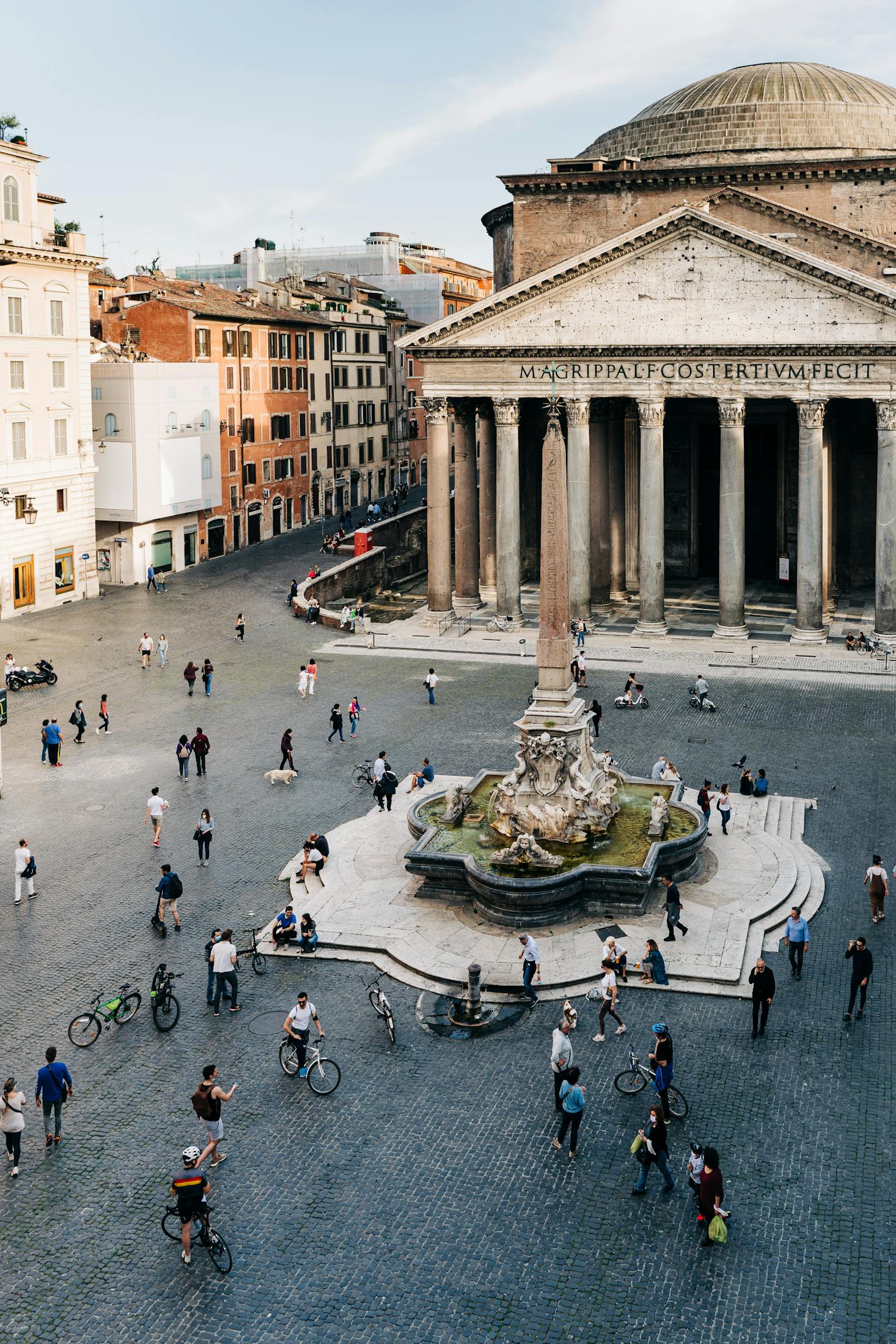
When is the best time to visit Rome for you?
Ultimately, picking the best time to visit Rome will depend on what you want to do. If you have visions of strolling along the banks of the Tiber river with a gelato in hand or people-watching in Piazza del Popolo , it might be worth braving the crowds of peak season to enjoy the best Rome weather possible. However, summer brings crowds and high prices, making it not the best time to visit for those on a budget or people who don't like crowds.
If you don't mind low temperatures, Winter offers one of the cheapest times to visit the city and your best chance to find Rome's historic sites uncrowded and open to explore. If you can avoid the period around Christmas, you can get some great bargains on hotels.
But if you want a mix of good weather and relatively low crowds while still enjoying a lively city to explore, the shoulder seasons of spring and fall may be the best time to visit Rome. With lots of events going on and most businesses staying open, these transitional seasons offer the best time to experience all the different facets of the Italian capital.
Explore the world

Love discounts and traveling?
Sign up for our newsletter to get insider travel tips and a 10% discount delivered straight to your inbox.
No spam here, just the good stuff.
Get the Bounce app
Instantly find locations nearby to drop off your luggage wherever you go.
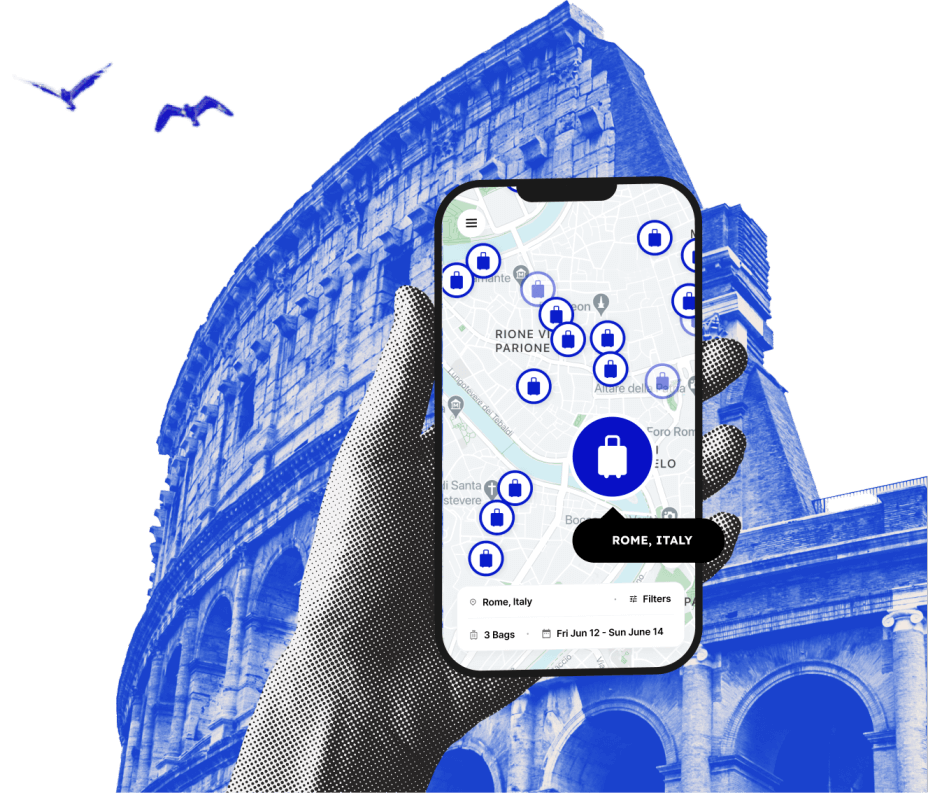

The Best Time to Visit Rome – An Insider’s Guide!
Ask any local when the best time to visit Rome is and you’ll get a different answer with each question. Summer is a brilliant time to explore the Colosseum, Roman Forum, and Palatine Hill while cooling off with generous scoops of gelato. Come fall, the city is bursting with beauty, when the ancient Via Appia Antica is lined with golden trees and cultural events, like the Roma Jazz Festival, bring a new lease of life.
Winter is an amazing time to travel to the Eternal City if you’re yearning for a magical atmosphere. Although it’s very unlikely to snow, the city boasts loads of whimsical Christmas markets that will get you into the holiday spirit. And as you’d expect, spring is the best time to go to Rome for a rainbow of colors. During this season, green spaces such as Villa Borghese are overflowing with a kaleidoscope of blooms.
With so many fantastic reasons to travel every month, it’s almost impossible to pin down the best time of year to visit Rome! I’ve traveled around the capital during every season. So to help you avoid the headache of working it out on your own, I’ve put together my recommendations on the best times to travel to the Eternal City, depending on the type of vacation you’re seeking.
Disclaimer: This post may contain affiliate links. If you make a purchase or booking through one of our links we may earn a small commission (don’t worry, it’s at no extra cost to you).
When is the best time to visit Rome, Italy?
Determining the best time to visit Rome in general is impossible. It all depends on the type of experience you’re hoping for. The weather changes from icy lows of around 37°F (2°C) in winter to highs of about 88°F (31°C) in summer, which can definitely affect how your vacation goes.
More often than not, the better the weather Rome experiences, the higher the price of accommodation and flights, which is something you may want to consider. But if you plan and pack accordingly, you can enjoy an incredible Rome trip in any weather, whatever your budget.
Unlike some European cities, such as Paris, Rome remains open throughout the year. So whenever you travel, most attractions (big and small) will be open. With this in mind, here are my recommendations when it comes to the best months to visit Rome for…
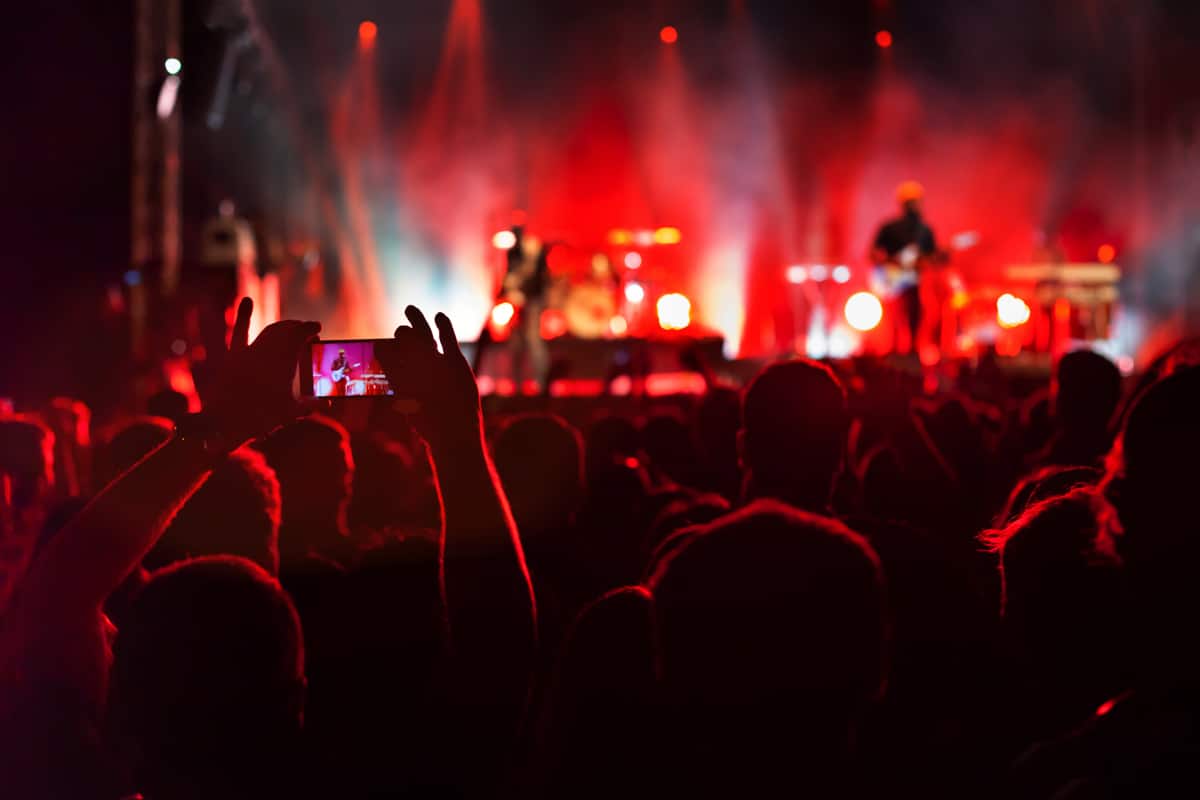
If you’re wondering when to travel to Rome for an amazing party atmosphere, you can’t beat April. There are all kinds of incredible events happening during this month, from energetic music concerts to citywide parties.
The month kicks off with Feste della Primavera (Spring Festival), which begins in April and continues until June. This action-packed event features sports competitions, theatrical shows, music performances, and art exhibits throughout the city. Make sure you check out the Spanish Steps. They’re covered in bright pink azaleas at this time of year!
Another reason this is the best month to visit Rome for partying is that the city’s birthday is celebrated each year on April 21st with one of the best parties in Europe. As well as cultural events at the Circus Maximus and gladiator displays at the Colosseum, the city hosts historical reenactments, music concerts, and fireworks displays. It’s worth keeping in mind that a lot of the city’s biggest attractions are closed on this day, but there are plenty of other things going on to keep you entertained.
This spectacular event is followed by another, Liberation Day (Festa della Liberazione) on April 25th. It’s celebrated with historical reenactments, military ceremonies, and street parties that go on until the early hours. Unlike on Rome’s birthday, all the major landmarks remain open on Liberation Day.
Perfect Weather
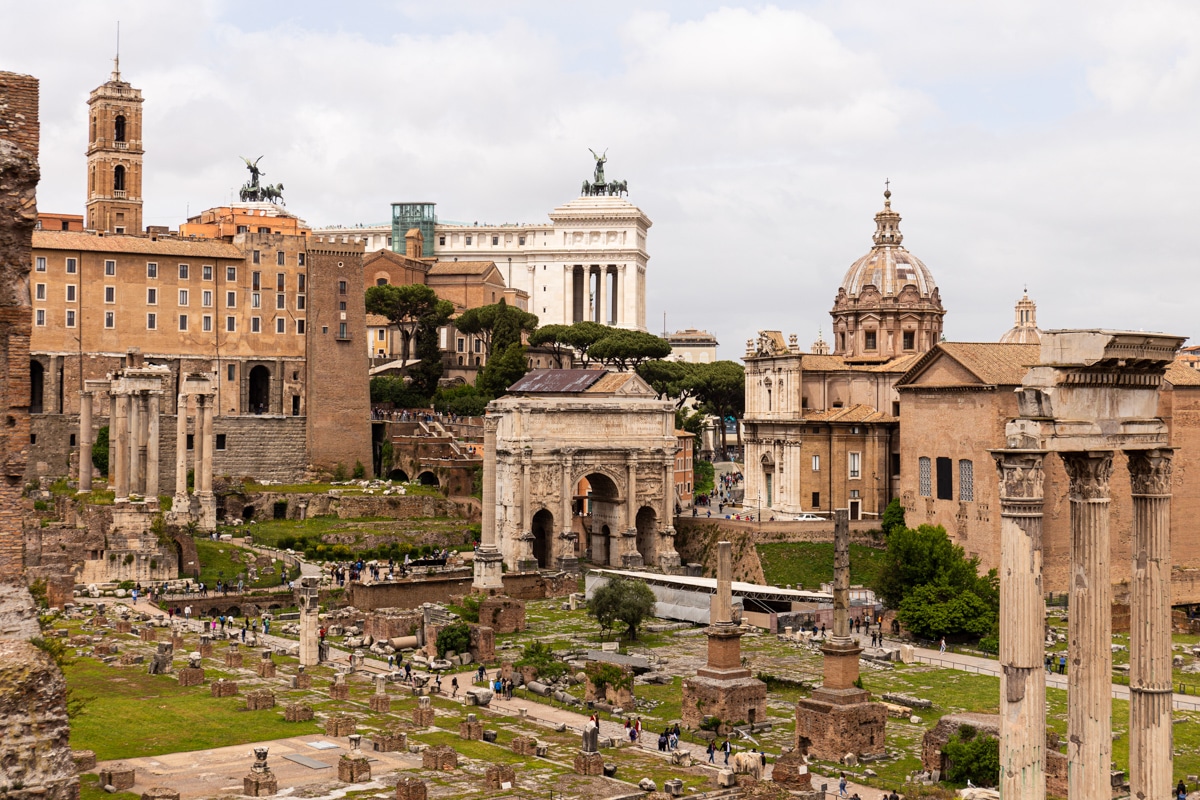
The best time to go to Rome for perfect weather is June. At this time of year, the sun sets between 8:30 pm and 9 pm, giving you ample opportunity for sightseeing. High temperatures reach around 84°F (29°C), with lows rarely dropping below 68°F (20°C). Clear blue skies and sunshine are practically guaranteed each day, while the odds of rain are minimal at scattered showers for just 4-5 days per month.
This weather is ideal for sightseeing in summer clothes, sipping an Aperol Spritz at a local bar, and hunting down the best gelato place. Unfortunately, because the conditions are so perfect for traveling, Rome is pretty busy at this time of year.
While you won’t be stuck in the huge crowds that descend on the city in July and August, you will have to wait in line for some attractions. To keep your waiting down to a minimum, I recommend you purchase skip-the-line tickets in advance before you travel.
Avoiding the Crowds
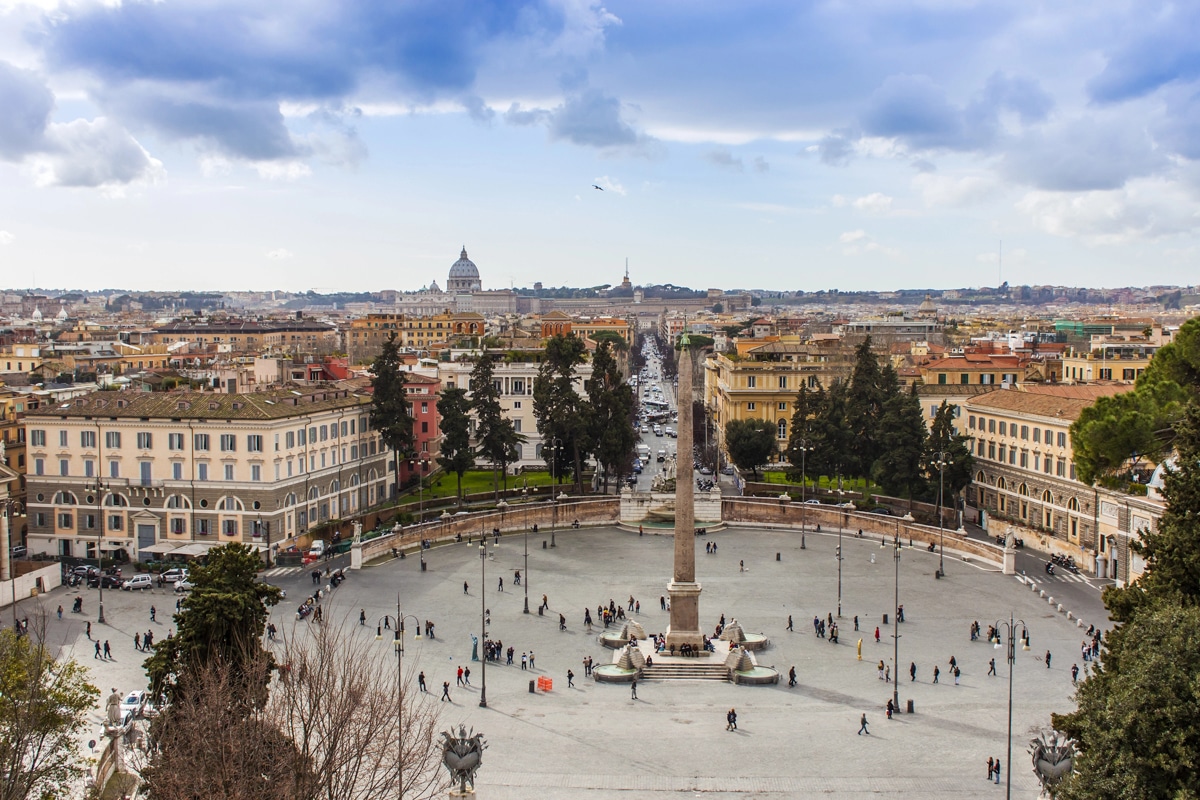
February is the best time of year to visit Rome if you want to have the place almost all to yourself. Although February falls in the middle of the off-season, all attractions, galleries, museums, and restaurants remain open. This means you can see all the major sites and take excellent pictures without having to wait in line for hours!
Another benefit of traveling to Rome in February is the price. Because it’s not a popular time to travel, you can usually find fantastic deals on accommodation and flights. Some restaurants may even offer discounts to encourage the few tourists in the city to come inside.
The biggest downside of visiting Rome in February is the weather. At this time of year, temperatures drop down to 37°F (3°C) and rain is almost guaranteed. But although it will be chilly and most likely wet, the weather is ideal for cuddling up with your special someone and celebrating Valentine’s Day in one of the most romantic cities in the world.
Sightseeing
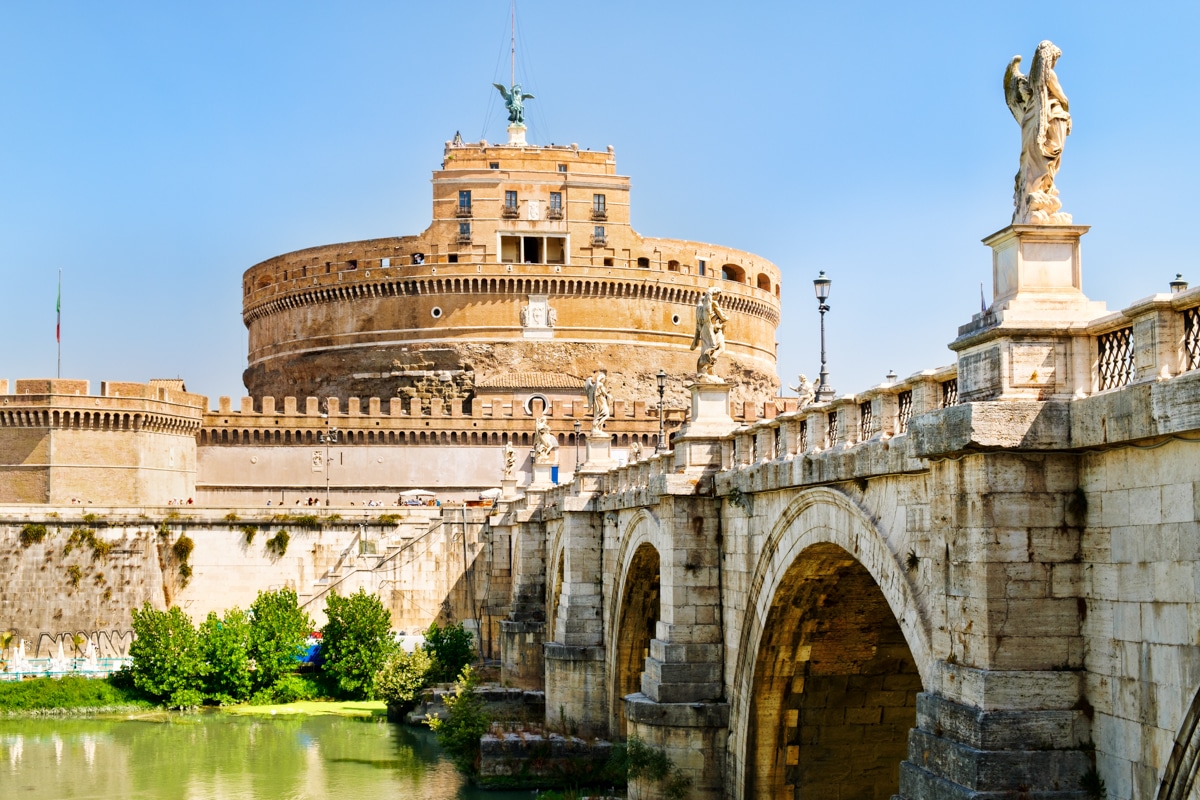
The best month to visit Rome for sightseeing is September. By the second half of the month, most of the tourists have left the city. This means you can explore popular attractions, like the Trevi Fountain and Castel Sant’Angelo, without having to wait in line for hours. There will be enough people in the city to create a lively atmosphere without making you feel like you’re drowning in a pool of visitors.
September is my favorite time for sightseeing in Rome because the weather is exceptional for wandering around the city and taking it all in. Highs can reach up to 81°F (27°C), which can feel a little stifling. But temperatures will usually be around 75°F (24°C), which is much better suited to sightseeing. Lows drop to around 68°F (20°C) in the evening, so you’ll still be able to enjoy delicious Italian eats on the city’s streetside restaurants after dark.
The later in the month you travel, the cheaper the prices and the thinner the crowds. The weather stays pretty much the same throughout September, so try and travel in the final two weeks for the best deals and conditions.
A Once-in-a-Lifetime Experience
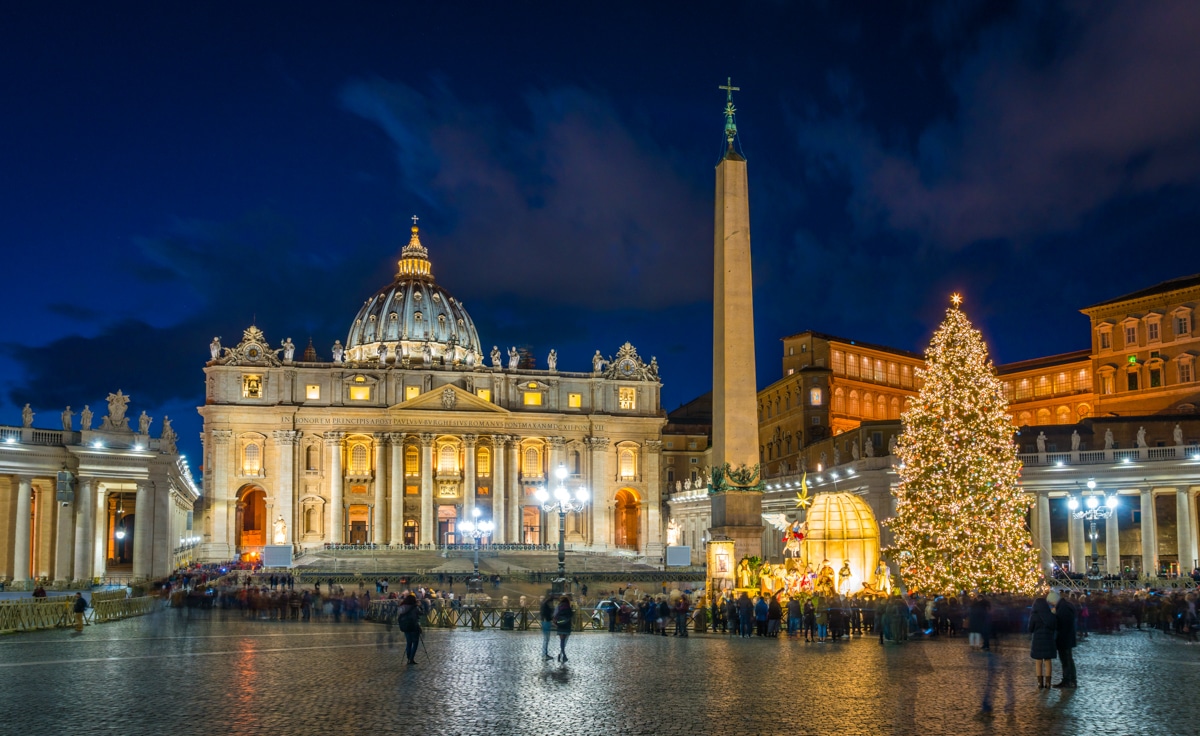
I usually advise friends to avoid visiting Rome around Christmas and New Year because the city is packed out with visitors and locals. But this is the only time of year you’ll get to experience one of the most magical events the Eternal City has to offer.
Every year at 10 am on January 1st at St. Peter’s Basilica, the Pope hosts a holy mass to welcome in the New Year. The event is completely free and open to everyone.
All you’ve got to do is shake off your headache from the night before and head to St. Peter’s Square as early as you can to secure a spot. The crowds will be unbelievable and the weather will be freezing, but you won’t get this experience anywhere else in the world.
The Worst Times to Visit Rome
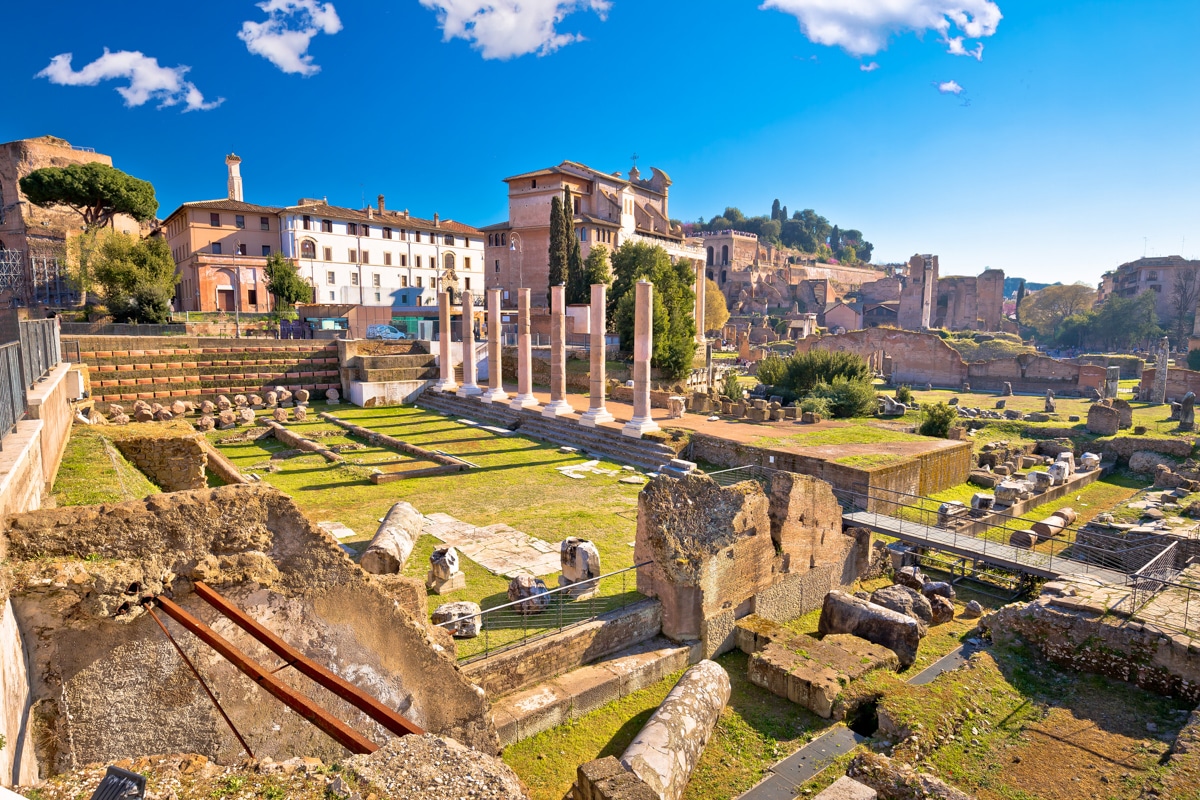
Although there isn’t a truly awful time to visit Rome, some months definitely are better than others. While clear blue skies and sunshine are practically guaranteed in July and August, scorching high temperatures of up to 95°F (35°C) are common, too. That may not sound that bad if you’re used to hot weather, but huge summer crowds and a lack of breeze can make it feel much hotter.
It’s worth knowing that with the exception of major international chain hotels, few places in Rome have air-conditioning. This is why dining al fresco is so popular in the capital when temperatures peak. If you are traveling at this time of year, I beg you to make sure your accommodation has air-conditioning or at least a fan for each room.
March is one of the best months to visit Rome if you want to keep your costs down. This is one of the quietest months, when you should be able to bag great deals on flights and accommodation.
But the reason it’s so quiet is that the weather is completely unpredictable. In the morning, the sun could be shining and the air could be pleasantly mild. But come the afternoon, the skies could be black and it could be pouring down with rain. It could even be snowing by the evening!
If you’re planning to travel in March, I recommend you pack clothes for all types of conditions and have plenty of backup plans in case the weather takes a turn for the worse. As a reward for your bravery, you’ll get to explore the city and its amazing attractions with hardly any crowds.
There you have it! An insider’s guide to the best time to visit Rome. Do you have any tips about the best time to go to Rome?
About the author:.

Nicola is a freelance writer with an insatiable hunger for travel. She swapped her home in the UK for the sunny Canary Islands when she was just 11 and she has been based there ever since. From crawling on her hands and knees inside pyramids in Egypt to swimming with baby sharks in Bali and searching (fruitlessly!) for the Northern Lights in Iceland, Nicola takes every chance she gets to explore new places. The incredible experiences she has around the world fuels her writing and inspires her to plan even more adventures for the future.
View all posts
Related Posts
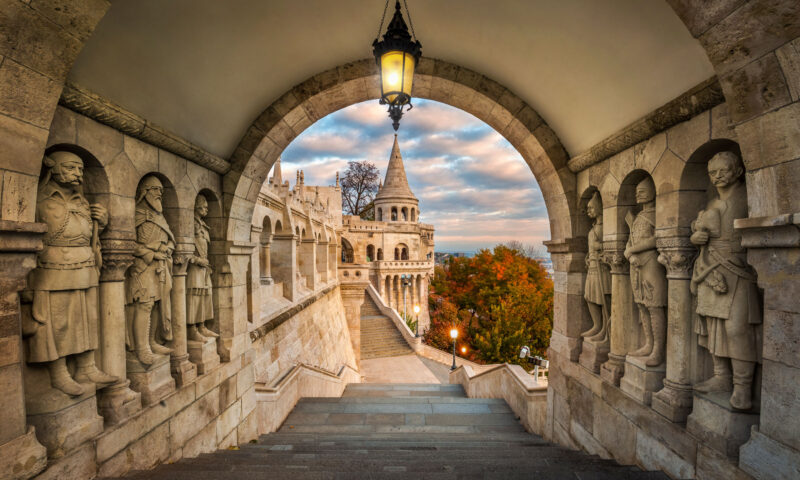
The Perfect 2-Week Hungary Itinerary
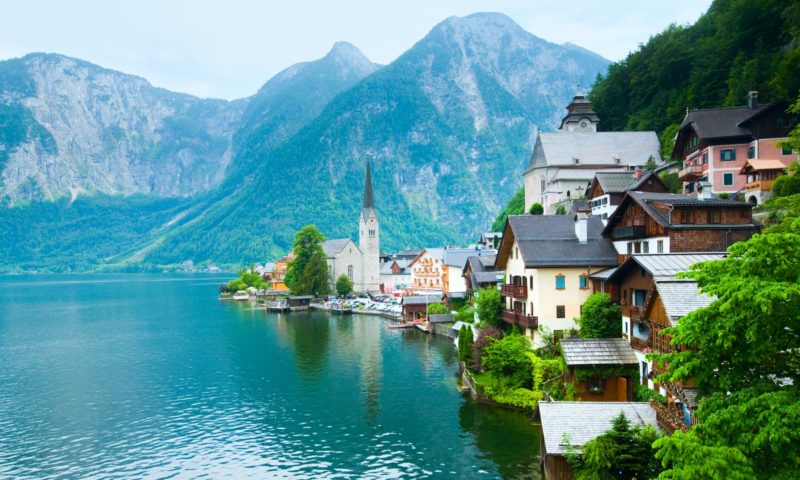
The 25 Best Things to do in Austria
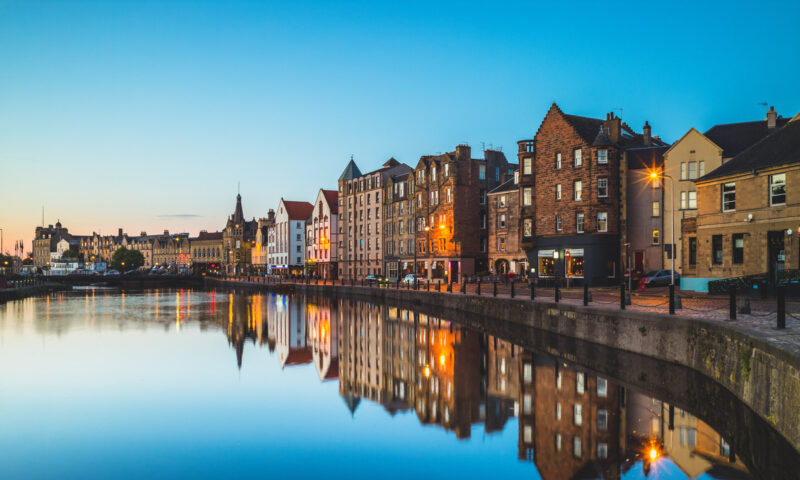
3 Days in Edinburgh: The Perfect Weekend Itinerary
Leave a comment cancel reply.
Your email address will not be published. Required fields are marked *

When is the best time to visit Rome? Here’s your season-by-season guide to the Eternal City
What’s the best time of year to visit Rome? The answer depends on what you’re looking to do on vacation. The Eternal City’s see-it-to-believe-it collection of ancient attractions can be visited year-round, making exceptional sightseeing easy to do. But there are definitely specific perks tied to traveling to Rome at different times of the year. If a visit to the Italian capital is in your future, read on to find out which season would best suit your travel style.

Explore more Italy tours

4.7 out of 5 stars

4.8 out of 5 stars
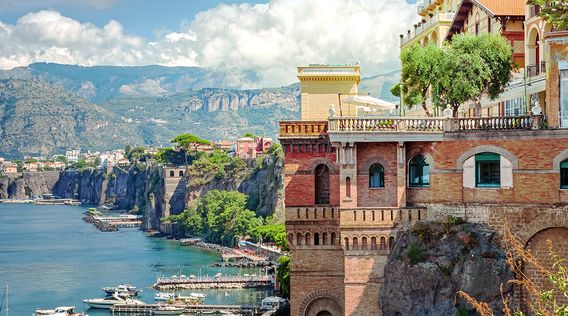
4.6 out of 5 stars
More travel inspiration

- Where to Stay
- Where to Eat
- Best Time to Visit Rome
- Top 10 Tips for Rome
- Bathrooms in Rome
- What to Pack & What to Wear
Money Matters
Getting Around
Getting to Rome
- Learn Italian
- Can You Travel to Rome Right Now?
- Italy Green Pass - do you need one?
- Rome Coronavirus News & Updates
- Rome & Vatican Tours
- Italy Tours
- Transfers & Transport
- Sign up & get a FREE ebook Subscribe Today!
- Romewise Home Page
- Weather in Rome Italy
The Best Time to Visit Rome - Plan Your Perfect Trip

By Elyssa Bernard
When is the best time to visit Rome?
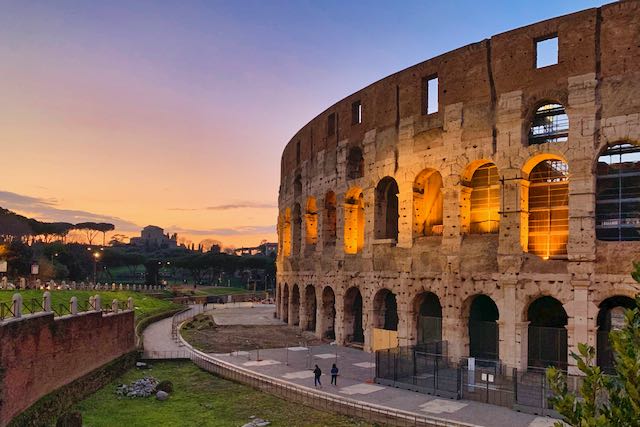
I get asked this a lot.
I think when people ask me this question, they want to know when it's the nicest weather and the least crowded.
Best time to visit Rome - how to decide
On this page you will find:
- What to consider when trying to find the ideal time to visit Rome
- Tips for visiting Rome for a short break
- The busiest times of year in Rome
- The quietest times of year in Rome
- When is shoulder season in Rome?
- When is the worst time to visit Rome?
- Find out my two secret best times of year to visit Rome
Best time to visit Rome - things to consider
If you have a choice of when to visit Rome, you may want to consider these factors.
- The weather . The weather in Rome is relatively mild so no matter what time of year you visit, as long as you come prepared, the weather should not stop you from enjoying your trip.
- The crowds . The second thing to consider when deciding the best time to visit Rome is how crowded it might be.
- Cost . If you are looking to visit Rome on a budget , your best bet is to come in the very short moments of the year that it's low season in Rome (winter.) You'll save on airfare and hotels at the very least.
Ready to plan your trip?
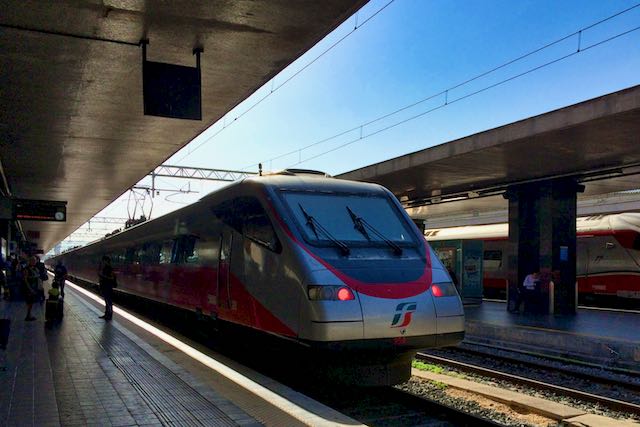
As I said, this is all if you can choose when to visit Rome.
I know that many people have dedicated vacation dates and if that's the case for you, you may want to visit my dedicated month by month guides to Rome . (You can access this from the menu at the top.)
So considering that weather and crowds are the biggest factors, is there a magical moment of the year when the weather is lovely and Rome is not really crowded?
( To find out, jump to the bottom of the page .)
The perfect 3-day itinerary in Rome
Trying to figure out how to organize your visit to Rome? I've got the perfect 3-day itinerary for first-time visitors (or those who have not been here in a while.) It works for a 2.5 day visit as well.
In my 3-day itinerary, you'll see all the major must-see Rome attractions like the Vatican , Colosseum , Trevi Fountain , Pantheon , Piazza Navona , Spanish Steps , Castel Sant'Angelo , and much more.
And if you have more time, or want suggestions for extra/other things to do, you'll find that there too.
Visit my page with the best 3-day itinerary in Rome for first-timers .
Best time to visit Rome for a mini-break
If you are flexible , i.e. coming for a short visit to Rome from another European city, or deciding between visiting Rome at the beginning or at the end of your Italian vacation, you may want to try not coming on a weekend if you can manage it .
Consider the following:
- Many Rome restaurants close one day a week and often it’s a Sunday. Monday is the next most common closing day for restaurants in Rome. The most popular restaurants are also at their busiest on weekends. (Of course there are still plenty to choose from.)
- Standard shopping schedules , especially for smaller stores and boutiques, mean shops close on Saturday at 1pm and re-open on Monday at 3pm. (However, in the historic center of Rome , which is the main shopping zone in Rome , there are many exceptions to this.)
- The Vatican museums (where the Sistine Chapel is) are closed on Sundays (except for the last Sunday of each month, during which a visit to the museums can be extremely chaotic and crowded.) Saturday is the busiest day of the week to visit the Vatican Museums .
Granted, in Rome peak season (most of spring - summer - fall), it may not make a difference if you visit Rome mid-week or on the weekend.
But there is always a small chance so if you can swing it, give it a try!
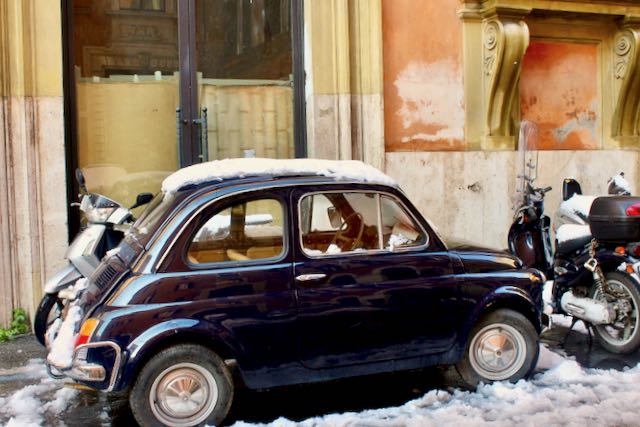
🔐 Store your bags and luggage securely! 🧳
We're parterned with Radical Storage who have locations across Italy for you to keep your luggage safe before and after check-in, while on day trips and for everything else between 👌
Click here to book now and use code ROMEWISE to save 5%!
Busiest times in Rome
Due to the advent of so many low cost airlines that popped up around Europe in the last 20 years, Rome, like other European cities, gets filled up during weekends throughout the year.
This does not mean it’s a bad time to come to Rome, especially if you don’t have a choice.
However, if you do have a choice, and considering what I pointed out above, the best time to visit Rome would be mid-week: a tad less crowded (depending on the season), and shops, restaurants and museums tend to be open during mid-week.
Easter and Holy Week
Easter (including the week prior, Holy Week) can be one of the busiest times in Rome, although, in recent years I have noticed that the week just prior to Holy Week is even busier than Easter week.
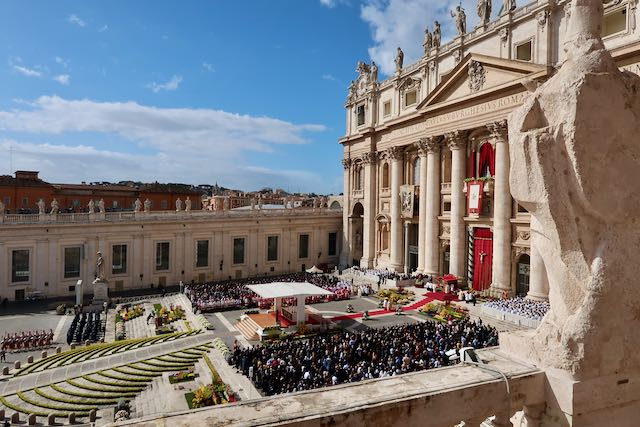
This might be due to school vacation schedules. Or maybe people read online that Easter is a busy time in Rome, so they come the week before.
In any case, expect crowds in Rome around Easter.
Read more about Easter in Rome .

TO NOTE: In Italy, Easter Monday is also a holiday and many things are closed on both Sunday and Monday.
Christmas and New Years
Like most European cities, Rome fills up right after Christmas , for New Year’s.
It's actually a lovely time to be in Rome.

The city is lit up, Romans are all out enjoying their post-Christmas strolls, and there is a very festive atmosphere.
For New Year's Eve , there are fireworks and some concerts in the plazas around Rome.
It's just as crowded in Rome the week after New Years as it is the week leading up to New Years.
First of all, New Year's Day is still very busy from everyone who spent New Year's Eve in Rome.
Second, the 6th of January ( the Epiphany ) is a major holiday in Italy.
Third, winter sales begin the first week after New Years.
Finally, school is still out for many Italians and other Europeans, so Christmas vacations go through the Epiphany.
April 25 and May 1
April 25 is the celebration of Italy’s liberation in 1945. It is a national holiday, and if it falls near a weekend, most Italians will take a ponte , or “bridge” and travel during the long weekend.
May 1 is a European holiday, called May Day. As above, if it falls near a weekend, hotel rooms near major sights like the Trevi Fountain might be harder to come by.
Many Italians take the entire week between April 25 and May 1 , and turn that into a vacation.
This means they become tourists in Italy, causing Rome, and hotels, to fill up.
Rome events throughout the year
I have month by month guides for visiting Rome (see the menu at the top of this page.)
If you want to check what's happening when you plan to visit Rome, don't miss my dedicated Rome events pages by month:
- Events in Rome in January
- Events in Rome in February
- Events in Rome in March
- Events in Rome in April
- Events in Rome in May
- Events in Rome in June
- Events in Rome in July
- Events in Rome in August
- Events in Rome in September
- Events in Rome in October
- Events in Rome in November
- Events in Rome in December
Less busy times to visit Rome
If you want to be in Rome when it's devoid of tourists, the winter months are the quietest.
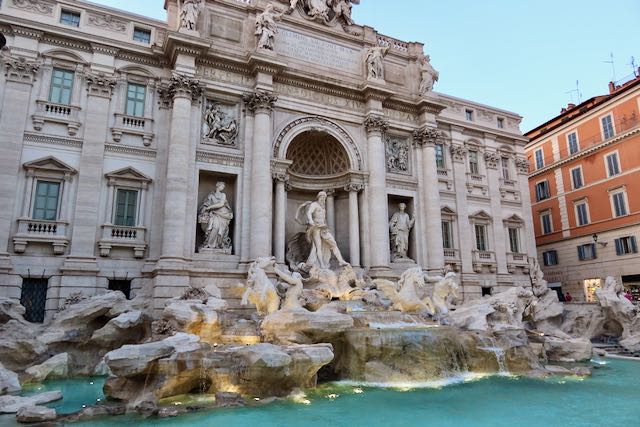
Here are the exceptions to this (particularly if they fall on or near a weekend):
- The week of December 8 ( Immacolata )
- New Years and Epiphany
- Valentine's Day
- When six-nations Rugby matches are held in Rome
Even despite the above, winter might be the best time to visit Rome if you like to avoid the crowds , including at the Vatican , believe it or not.
My sister visited in December one year and told me how nice it was to sit on the benches along the sides of the Sistine Chapel and contemplate the ceiling.
If you come in very high season, you may not even notice there are benches in there.
Visit my dedicated pages for all the winter months in Rome
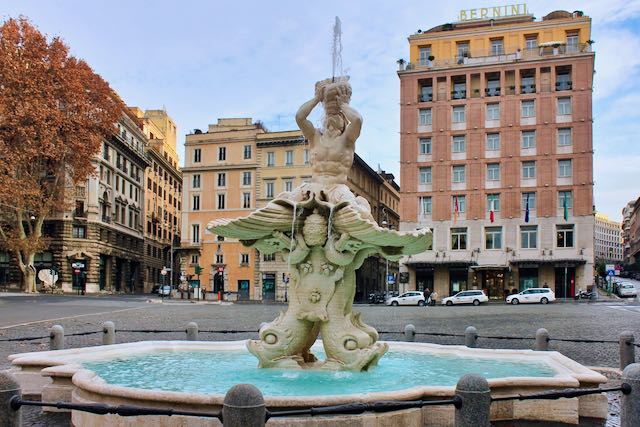
Of course, it's cold and there is less daylight, and usually more rain, than in the spring , summer and fall. So winter may not be the best time to visit Rome if having great weather is important to you.
However, there are some benefits to coming in these months:
- Artichokes are in season!
- Rome is beautifully lit up for the holidays in December and early January
- Winter sales begin in early January
- You'll find hardly any crowds at Rome's must-see sites
🤙 Roaming in Rome? 📱
Get yourself an Italian eSIM for calls, messages and data when traveling here.
Save on data charges with plans from just 19€ from Holafly - our recommended eSIM provider!
Click here to get yours now and use code ROMEWISE to save 5%!
Rome shoulder season
In the travel industry, "shoulder season" means the time between low and high season.
Presumably this is when you could find smaller crowds in Rome.
So is there a shoulder season in Rome and if so, when is it?
From working in the hotel business in Rome for so many years, I can tell you that Rome barely has a true shoulder season.
Most of winter can be considered low season and it often seems that we zoom from low to high season really quickly.
But you could consider the following to be shoulder seasons in Rome:
- Mid-February - mid-March
- The first week of September
- Mid-November - the 3rd week of December
Worst time to visit Rome
A true Rome-lover would tell you there is no bad time to visit Rome.
But if you're doing some trip-planning and wondering when is the "worst" time to visit Rome, you are probably wondering about the crowds and the weather.
For many people, weather is a huge factor in deciding when and where to travel, and Rome is no exception.
In the height of summer , it can be brutally hot and humid.
In the dead of winter , it can be dreary, with rain, maybe some snow , and grey skies.
Personally, I love Rome in August , especially because many Italians leave the city and Rome becomes quieter and languid, particularly around Ferragosto . I also just love the light in Rome in summer .
And as much as I love to be warm, winter is my secret favorite time of year in Rome . I love the quiet, and I even love the grey skies, although there are plenty of crisp clue-sky days in Rome in winter!
Clearly the two best times to visit Rome weather-wise are spring and autumn . And those are the times when it is the most crowded in Rome.
Considering that many people share my love of quiet Rome in winter , I think if I had to pinpoint a "worst time to visit Rome", it might be in June/July, when the city is super hot and muggy and also very crowded.
But if that's the only time you can travel, do not let that stop you! I've got pages about how to keep cool in Rome and how to escape the crowds .
And as a Rome-lover, I agree, there is no bad time to visit Rome.
Best Time to Visit Rome - Two key moments of the year
Given everything I've written on this page up to now, you may be wondering, well is there any moment AT ALL when Rome has beautiful weather and is NOT TOO crowded?
Finding that magical moment to visit Rome when the weather is lovely and when there are also not a lot of people is indeed hard to come by.
So here's the secret: If you want to come when it's "nice" weather but there are not as many people, these are the two best times to visit Rome:
Late August
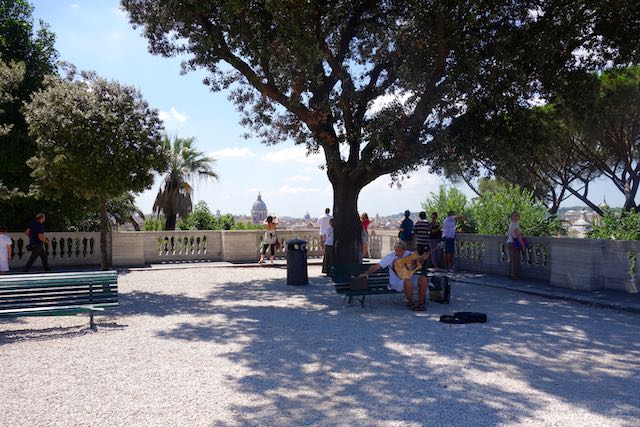
Late August is a great time to visit Rome.
The summer crowds are dissipating but many Italians are still away on their summer break .
Most shops and restaurants that close during August will have reopened by the last week of that month, so the city is starting to come back to life but it's not quite as crowded as September (high season begins in early-mid September.)
Late August might be the best time to visit Rome if you don't mind a bit of heat and humidity.
Check out my top tips for how to Keep Cool in Rome in summer
Personally I love it here then, the streets are quieter but things are stirring back to life and all the new fall fashions are out !
Mid- to Late-November
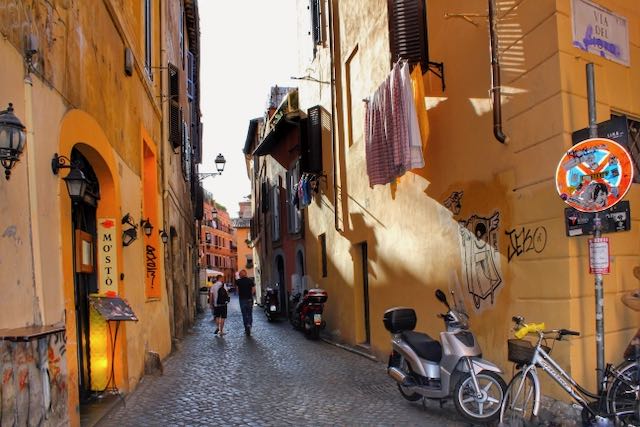
October and Early November is still pretty busy in Rome, because the weather is still nice.
But by mid- to late November, it slows down a lot, as people gear up for Christmas / New Years holidays.
The weather in mid- and late November can be iffy (it's our rainiest month), but it's still fairly mild temperature-wise, and there is still pretty good light during the day.
So if you don't mind a bit of chill in the air, late November could be the best time to visit Rome for you!
No matter what season you visit Rome, here are 4 things never to leave at home:

Disclosure: If you make a purchase through a link on this page, I may receive a small commission - at no extra cost to you. Thank you for supporting my site!
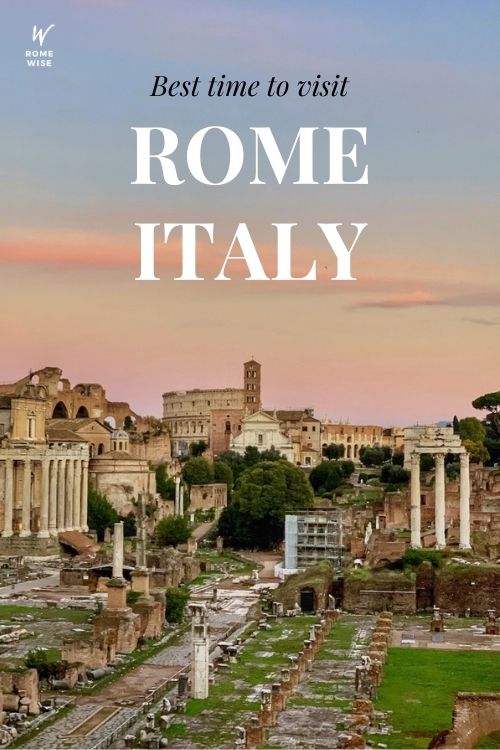
Get your 100% free Rome trip planner now!
Simply sign-up today for our free newsletter and get the Romewise Quick Start guide to Rome:
We are committed to respecting your data. Click for our Privacy Policy .
Comments? Questions? Suggestions?
Please come over to the private Romewise Facebook group and join in the conversation.
You will often find me there, happy to answer your questions / comments!
You will also meet other Rome lovers and experts, too.
What are you waiting for?
Come join in the fun !

Read here about our sponsorship policy
Top attractions and tours

- Colosseum - Don't miss visiting Rome's most iconic monument
- Vatican Museums - This is where the Sistine Chapel is
- Pantheon - Book ahead and skip the line
- Galleria Borghese - You'll need to book ahead for one of Rome's best museums
- Castel Sant'Angelo - See Rome's history through its architecture
- Rome City Pass - A great way to make your Rome visits easier
Disclosure : If you make a purchase through a link on this page, I may receive a small commission - at no extra cost to you. Thank you for supporting my site!
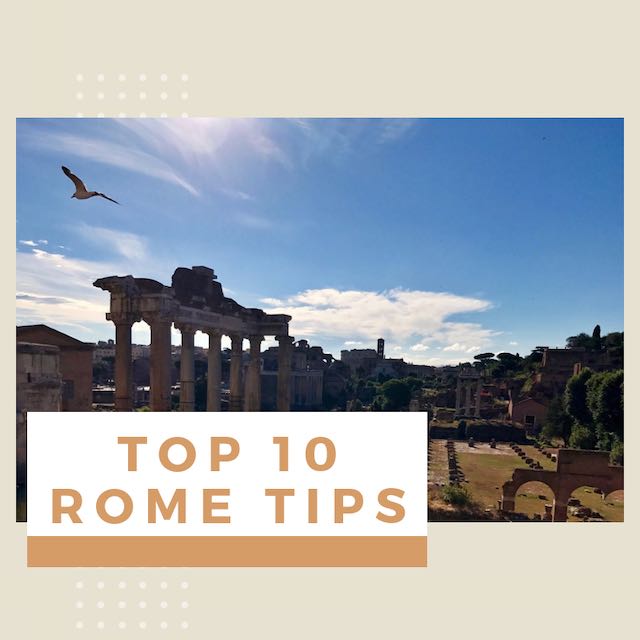
New to Romewise? Start Here
Get the most out of Romewise
Coming To Rome?
Weather in Rome
Accommodation

Already in Rome?
Things to Do
Home | About Me | Privacy Policy | Legal Disclaimer | Affiliate Disclosure | Contact Me
Copyright © 2009-2024 by Elyssa Bernard, Romewise.com | All Rights Reserved.
- Search Please fill out this field.
- Manage Your Subscription
- Give a Gift Subscription
- Sweepstakes
- Travel Destinations A-Z
How to Live La Dolce Vita in Rome
:max_bytes(150000):strip_icc():format(webp)/jbbyline-Julia-Buckley-2000-ac2faf7b46fb4cf389229416af8f7c8e.jpeg)
Best Time to Go
Things to know, how to get around, best hotels, best restaurants, things to do, best shopping, neighborhoods to know, apps to download.
It famously straddles seven hills, but Rome often feels like several cities. There's the ancient one, of course – the Rome of emperors and amphitheaters, still visible today. Then there's grand, baroque Rome, a city of immense squares, florid churches and fountains, each more spectacular than the next. There's the Dolce Vita vibe, still, in elegant boutiques, bars, and restaurants, and landmark hotels still on Via Veneto. But Rome is also modern, with formerly residential neighborhoods such as Testaccio, Monti, and Ostiense now as attractive to tourists for their nightlife as the classic areas.
It all swirls together into one timeless gumbo. In the space of a day you can go from a Roman emperor's home to a hipster market; you can peel away the layers simply by stepping down into the basement of a church. Of course, all this excess needs some restraint. You should find that in the Vatican; but instead, you'll find Michelangelo's Sistine Chapel there. So when it all gets too much, there are the parks: the Giardino degli Aranci with its sublime views of the dome of St Peter's; the Villa Borghese, whose sprawling grounds contain several museums; and the Via Appia Antica, a Roman road strewn with mausoleums, catacombs, and ancient aqueducts. Even out in nature, Rome can't help but go over the top.
Central European Standard Time
Fall is famously stunning in Rome, known for soft-lit afternoons and a warming sun. To avoid the crowds, go in early-to-mid December — the religious visitors start piling in for the Pope's Christmas address after that — or in January and February.
Currency: Euro (Check the current exchange rate )
Language: Italian I don't speak Italian: Non parlo italiano I'm lost: Mi sono perso/a How much is...: Quanto costa... I would like…: Vorrei… How do I get to…: Per andare a... Learn more Italian phrases
Calling Code: +39
Capital City: Rome
Trains : Roma Termini is one of the biggest railway stations in the country, perfectly placed on the high-speed lines for fast access to Naples, Florence, Milan, and beyond. Fast direct trains to Fiumicino airport also leave from here.
Buses : Rome has a decent bus network although there's not much coverage in the historic center. It's easy to get out to places just beyond the city walls, such as Testaccio, Piramide, and the Via Appia Antica however. The metro system skims the city center.
Taxis : Taxis are plentiful, with stands at major sites — you can also use the FREE NOW hailing app. Fixed rates are in place for rides from airports Fiumicino and Ciampino, with prices clearly marked on doors.
Car service : Most hotels can arrange transfers; those to and from Fiumicino are normally good value, with prices only a little higher, but with no risk of arguments over fares and supplements at the end.
Rooms of Rome
Address: Via S. Remo, 3/int C3, 00182 Roma RM, Italy Phone: +39 345 178 1615 Book Now
Alda Fendi paused her fashion career to launch an art foundation; this hotel, which doubles as a gallery, is the next step. Below the Palatine Hill and near the Bocca della Verità (immortalized in Roman Holiday ) it's an 18th-century palazzo stripped to the brick bone and rebuilt by Jean Nouvel. There are mind blowing Palatine views from the terrace, while guests have out-of-hours access to exhibitions located in the hotel.
Palazzo Manfredi
Address: Via Labicana, 125, 00184 Roma RM, Italy Phone: +39 06 7759 1380 Book Now
No hotel in the city can claim such a jaw-dropping view as this modern, tranquil retreat which sits plum opposite the Colosseum. Enjoy the panoramas from the rooftop restaurant; or book a front-facing room to see one of the world's most famous buildings from your bed. This is one place that's worth splashing out for a fabled room with a view.
Inn at the Roman Forum
Address: Via degli Ibernesi, 30, 00184 Roma RM, Italy Phone: +39 06 6919 0970 Book Now
History lovers, this one's for you. After breakfast, take a look at the underground level, where archeologists have dug down to find Roman ruins – part of Trajan's Forum, just around the corner. Then head to the roof terrace, where the views of the Eternal City are endlessly spectacular. Rooms mix the grandiose with the contemporary.
Residenza Ruspoli Bonaparte
Address: Via della Fontanella di Borghese, 56, 00187 Roma RM, Italy Phone: +39 342 886 1007 Book Now
Looking for a hotel fit for royalty? This is the place for you – the childhood home of Napoleon Bonaparte III, former French emperor. The staircase is a marble architectural marvel, the ceilings are coffered and the walls are clad in silken damasks. The apartment-sized suites are more modern – so you don't feel like you're sleeping in a museum.
Il Campo Marzio
Address: Via di Campo Marzio, 46, 00184 Roma RM, Italy Phone: +39 06 8115 7571 Book Now
Within the grand Palazzo Magnani, an 18th-century mansion in the super-central Campo Marzio area, is this intimate, 13-room hotel. With most rooms holding two double beds, it's a great pick for friends and family. Leave room in your suitcase for a few bottles from the in-house liquor store which sells exclusively Italian-brewed booze.
Gigli d'Oro Suite
Address: Via dei Gigli d'Oro, 12, 00186 Roma RM, Italy Phone: +39 06 6880 3579 Book Now
One of the mini hotels that Rome does so well, this former family home now holds six rooms that bring a startling contemporary feel to the cobbled street behind Piazza Navona. 'Floating' beds hover under ancient beams; stark white chairs sit beside a carved fireplace. The tiny breakfast room doubles as a bar.
Address: Piazza della Trinità dei Monti, 6, 00187 Roma RM, Italy Phone: +39 06 699340 Book Now
Everyone from Tom Cruise to Princess Diana have been welcomed to the Hassler by owner Roberto Wirth — incredibly, this world-famous grande dame, perched at the top of the Spanish Steps, is still family-owned and run hands-on. It's a sumptuous, marble-drenched affair as you'd expect from one of Rome's fanciest five stars — its slogan, "stairway to heaven," is no mere PR puff. The seventh-floor, guests-only terrace has once-in-a-lifetime 270-degree views of the Eternal City — with the dome of St Peter's straight ahead, the Spanish Steps unfurling beneath, and seagulls swooping overhead.
Villa Spalletti Trivelli
Address: Via Piacenza, 4, 00184 Roma RM, Italy Phone: +39 06 4890 7934 Book Now
If it feels like you're staying at the home of Roman aristocracy, that's because you are – the Spalletti family opened their home to guests in 2004, and you'll still find their family photos dotted about. Rooms are super-comfy and traditional, but it's the public areas that are the real draw, from the stately drawing rooms to the garden outside and the spectacular hot-tubbed rooftop.
Baglioni Hotel Regina
Address: Via Vittorio Veneto, 72, 00187 Roma RM, Italy Phone: +39 06 421111 Book Now
Lady Gaga is rumored to have stayed here in 2021; back in the day, the buzzing Via Veneto was the heart of the Dolce Vita scene. It may be an art deco grande dame but it's thoroughly modern, with slick décor and neutral palettes. Perched above the city, you'll get panoramic views of Rome from the terrace.
Hotel Locarno
Address: Via della Penna, 22, 00186 Roma RM, Italy Phone: +39 06 361 0841 Book Now
Everyone from Federico Fellini to Rupert Everett has spent time at the art deco Locarno, near the Tiber at the Villa Borghese level. Not that you'll want to venture far from the opulent rooms, with their damask walls, sensual heavy drapes and retro herringbone parquet. Stay in for cocktails at the bar to catch some dolce vita.
Fifteen Keys
Address: Via Urbana, 6, 00184 Roma RM, Italy Phone: +39 06 4891 3446 Book Now
A converted townhouse in hipster Monti offers 15 guest rooms surrounding a pretty courtyard. The look's contemporary-meets-urban, with exposed stone walls, creams-on-creams and pops of color from the modern art.
Villa Laetitia
Address: Lungotevere delle Armi, 22/23, 00195 Roma RM, Italy Phone: +39 06 322 6776 Book Now
Another hotel owned by fashion royalty, this Tiber-side retreat belongs to Anna Fendi. Past the swarthy naked giants on the door, you're through to a chic retreat of dogtooth floors and painted ceilings, all wrapped in an art nouveau palazzo. Pick from a room in the villa itself or the Garden House – an easy stagger from the Michelin-starred restaurant.
Address: Piazza della Trinità dei Monti, 6, 00187 Roma RM, Italy Phone: +39 06 06 6993 4726 Website
This extraordinary Michelin-starred restaurant sprawls over the sixth floor of the iconic Hassler Hotel at the top of the Spanish Steps. The views of the city are incomparable; and the food, by 29-year-old wunderkind Andrea Antonini, matches it. The six-course tasting menu (with multiple amuse bouches) is a stunningly inventive take on traditional Roman and Italian food, from pumpkin flowers stuffed with prawns and spaghetti with mint, pecorino and sea urchin, to a sublime take on Italy's famous rabbit dish, coniglio al cacciatore. Reservations recommended.
Address: Via Urbana, 47, 00184 Roma RM, Italy Phone: +39 06 4788 4006 Website
This is in hipster Monti, and it doesn't disappoint. Locally sourced food with an extra zing – like three types of pepper on the cacio e pepe pasta – it also does take-out pasta (or freshly rolled, if you're staying in an apartment). Reservations recommended.
Address: Via Monte dè Cenci, 9, 00186 Roma RM, Italy Phone: +39 06 6880 6629 Website
Family-owned since 1860, this stalwart of the Jewish Quarter — which dates back over 2,000 years and was behind many of the city's most famous dishes — serves some of Rome's most memorable meals from rich-sauced pasta to the city's famous carciofi alla giuda artichokes. Eat outside on the pedestrianized, cobbled square. Reservations recommended.
Address: Via Labicana, 125, 00184 Roma RM, Italy Phone: +39 06 9761 5109 Website
It's all about the view at Aroma, the rooftop restaurant of Palazzo Manfredi hotel, which looks square onto the Colosseum. It has a retractable roof and glass doors that open up, leaving you to watch circling seagulls in the Colosseum's spotlights. Executive chef Giuseppe di Iorio's tasting menus take you through Roman classics, jazzing them up with modern touches.
Address: Vicolo del Malpasso, 9, 00186 Roma RM, Italy Phone: +39 06 687 7365 Website
Chef Giulio Terrinoni has won a Michelin star for the "striking originality" at his restaurant, 'For Me.' Go for the full 10-course tasting menu at dinner to get a handle on his work; for something more informal, try lunch, where he makes tapas-style "tappi." Reservations recommended.
Agustarello A Testaccio
Address: Via Giovanni Branca, 100, 00153 Roma RM, Italy Phone: +39 06 574 6585 Website
The Testaccio has long been known for its hearty restaurants. This laidback osteria is one of the best – and serves one of the best cacio e pepe in Rome. Don't miss the rosetta ripiena : bread rolls stuffed with pancetta, pecorino and mozzarella.
SantoPalato
Address: Piazza Tarquinia, 4 a/b, 00183 Roma RM, Italy Phone: +39 06 7720 7354 Website
Young chef Sara Cicolini has created an ultra-modern take on the "quinto quarto" – the 'fifth quarter,' or Rome's beloved offal. Unlike more traditional places, here it's jazzed up, so you'll get dishes like a frittata poached around a heart of chicken offal; wagyu heart tartare; and oxtail meatballs with a sauce of peanut and cocoa powder.
Address: Via Guglielmo Calderini, 64, 00196 Roma RM, Italy Phone: +39 06 323 5531 Website
Stanley Tucci raves about the cacio e pepe at this restaurant, run by Japanese chef Kotaro Noda, who's won a Michelin star for his imaginative takes on classic Roman dishes. It's much cheaper than your average high-class restaurant, though; his five-course tasting menus start at just €50 ($60). Reservations recommended.
Roscioli Salumeria con Cucina
Address: Via dei Giubbonari, 21, 00186 Roma RM, Italy Phone: +39 06 687 5287 Website
This is a true Roman institution – a deli-restaurant hybrid using top-quality ingredients. Sit at the counter to watch platters of everything from cold cuts to anchovies being prepared, and try the pizza rossa , straight from the Roscioli family's own bakery. Reservations recommended.
Address: Corso Vittorio Emanuele II, 250, 00186 Roma RM, Italy Phone: +39 06 6813 9022 Website
Ciro Scarmadella is the young chef at the helm of this super-sophisticated Michelin-starred restaurant, but maître d' and host Alessandro Pipero is the one whose name it bears. Try the innovative seven-course Carta Bianca ('carte blanche') tasting menu, or stick with the more traditional à la carte. Reservations recommended.
Flavio al Velavevodetto
Address: Via di Monte Testaccio, 97, 00153 Roma RM, Italy Phone: +39 06 574 4194 Website
This Testaccio restaurant does a mean gricia , cacio e pepe, and amatriciana ; but you're not really here for the food. This is one place you'll want to eat inside, since it's dug into the side of the Monte Testaccio: a grassy hill formed by a Roman rubbish dumb of terracotta amphorae – which you can see through a glass wall in the main room.
Armando Al Pantheon
Address: Salita de' Crescenzi, 31, 00186 Roma RM, Italy Phone: +39 06 6880 3034 Website
Forget the touristy location, right by the Pantheon; this is the real, Roman deal, going back three generations. In a tiny, wood-lined room, and on tables outside, the Bib Gourmand holder serves classic Roman pasta dishes, seared pajata, and the signature dessert – a sour cherry tart. Reservations recommended.
Il Goccetto
Address: Via dei Banchi Vecchi, 14, 00186 Roma RM, Italy Phone: +39 06 9944 8583 Website
There are hundreds of wines (literally – over 800 at the last count) to choose from at this gorgeous, old-timey bar in a building dating back to the 16th century. There's a rotating selection by the glass; pair yours with their extremely elevated bar snacks.
Daniel Gorostieta/Travel + Leisure
Address: Piazza del Colosseo, 1, 00184 Roma RM, Italy Phone: +39 06 3996 7700 Website
All roads famously lead to Rome – and once you get there, sometimes it feels like all roads in Rome go past the Colosseum. The great amphitheater is every bit as spectacular as you imagine – book a ticket that includes a guided tour of the underground area, to see the gateways and holding pens for the animals and gladiators before they were sent out to fight.
Address: Via della Salara Vecchia, 5/6, 00186 Roma RM, Italy Phone: +39 06 3996 7700 Website
The sprawling Roman Forum has several entrances, but start from the one behind Piazza Venezia for the most spectacular route, walking through the grand Arch of Titus and through the ancient city, the Colosseum looming at the other end.
Vatican City
Address: Viale Vaticano Phone: +39 06 6988 4676 Website
A jurisdiction of its own in the middle of Italy, the Vatican dominates Rome. Visit St Peter's basilica — the largest church in the world — to see Michelangelo's "Pietà," a heartrending tribute to motherhood, as well as his giant dome. Leave the best part of a day to explore the Vatican Museums, home to masterpieces such as the ancient sculpture group Laocoön, Raphael's frescoes and, of course, the Sistine Chapel.
Trevi Fountain and Quirinal Hill
Address: Piazza di Trevi, 00187 Roma RM, Italy
Early mornings and late nights are the best time to see the Trevi Fountain, the city's most outrageous monument to the baroque age. While you're there, head up the nearby Quirinal Hill – the highest of the seven – to the grand piazza outside the presidential palace, for superb views.
Villa Borghese
Address: Piazzale Napoleone I, 00197 Roma RM, Italy Phone: +39 06 841 3979 Website
Set within the Villa Borghese gardens – with some of the loveliest grounds in Rome – is this superb art gallery which occupies a grand 17th-century villa. The marble-clad interiors are glorious, but even they're outshone by the contents: a room full of Caravaggios and the hall of lifelike Bernini sculptures for starters.
Mausoleo di Augusto
Address: Piazza Augusto Imperatore, 00186 Roma RM, Italy Website
The mausoleum of Rome's first emperor, Augustus, was once the grandest, highest building in the city. Over the centuries it lost its marble cladding, its roof and much of its elegance, but following a 13-year restoration it reopened to the public in 2021 – ancient Rome's newest site.
Walk the Tiber
The Tiber has one of Europe's loveliest riversides, studded with historical remains and buildings and shaded by trees. The stretch from the Foro Boario – where two ancient temples sit opposite the Bocca della Verità – up to the marble Ponte Sisto, is lovely, passing the grand synagogue and the mid-river island, Isola Tiberina. Or go from the grand Piazza del Popolo, past the Mausoleo di Augusto and the ancient Ara Pacis monument, across the Roman bridge to the Castel Sant'Angelo – the castle-like mausoleum of the emperor Hadrian, which then became the Pope's fortress.
Basilica di San Clemente
Address: Via Labicana, 95, 00184 Roma RM, Italy Phone: + 39 06 774 0021 Website
This church not far from the Colosseum is a prime example of Rome's layered history – and here you'll get to peel back time, tier by tier. The current church is medieval; underneath is an early Christian basilica from the fourth century; and below that is a mithraeum (an ancient Roman temple) and a Roman house.
Baths of Caracalla
Address: Viale delle Terme di Caracalla, 00153 Roma RM, Italy Website
It's just off the tourist map (literally), beyond the Circus Maximus, which means this jaw-dropping Roman bath complex is rarely visited. Wander the sprawling complex to see mosaics still in situ, hulking walls and arches, and – if it's having a special opening – the underground mithraeum.
Le Domus Romane di Palazzo Valentini
Address: Foro Traiano, 85, 00186 Roma RM, Italy Phone: +39 06 2276 1280 Website
This lesser known site has a fantastic sound-and-light show taking you straight back to ancient Rome. Ruined Roman houses in the bowels of a grand palazzo have not only been excavated – so you walk above them on glass floors – but projectors show you how it would have been 2,000 years ago.
Cripta dei Cappuccini
Address: Via Vittorio Veneto, 27, 00187 Roma RM, Italy Phone: +39 06 8880 3695 Website
A memento mori warning to the Dolce Vita set, this church crypt on the famous Via Veneto houses the remains of 3,700 bodies – assumed to be capuchin monks. But it isn't gruesome – the bones and skulls have been arranged artistically, into altarpieces, chandeliers, and even a Grim Reaper skeleton brandishing a scythe.
Giardino degli Aranci
Address: Piazza Pietro D'Illiria, 00153 Roma RM, Italy Phone: +39 06 6710 5457
Follow the avenue of skinny pine trees to watch the sun set over St Peter's. This lovely little park atop the Aventine hill has prime views of the city skyline – and points straight towards Michelangelo's famous dome.
Via Condotti
Address: Via dei Condotti
This street – the flashiest in Rome – offers world-class window-shopping. Most designers have branches on Via Condotti (technically Via dei Condotti, though it's never referred to as such) and its cobbled side streets.
Laura Bosetti Tonatto
Address: Via dei Coronari, 57, 00186 Roma RM, Italy Phone: +39 06 686 4224 Website
Italy's best known 'nose' and parfumier to the great and good including the Queen of England, Laura has created dozens of exclusive perfumes and scents at her laboratory on trendy Via dei Coronari.
Ape Camiceria Artigianale
Address: Via di Pallacorda, 1, 00186 Roma RM, Italy Phone: +39 06 689 2401 Website
Master tailor Piero Albertelli made elegant clothes for royals and celebrities across the globe. Although he passed away in 2018, his team continues, making made-to-measure shirts, coats and sweaters. There's a ready-to-wear collection, too.
Address: Via dei Coronari, 197, 00186 Roma RM, Italy Phone: +39 06 6871645 Website
Lisa Corti was born and brought up in Ethiopia, and she pays homage to her upbringing with her bright, highly patterned textiles. You'll find everything from throws and curtains to tablecloths and bed covers; as well as interiors there's also a collection of kaftans and kurtas.
Mondelliani
Address: Via dei Prefetti, 11, 00186 Roma RM, Italy Phone: +39 06 679 3481 Website
This eyeglass brand has been going strong since 1961, and it shows in the retro designs. You'll find bright colors, the odd leopard print and even octagonal frames – they're design objects in themselves.
Ferdinando Codognotto
Address: Via dei Pianellari, 14, 00186 Roma RM, Italy Phone: +39 335 824 0400 Website
Artists and artisans tend to have been squeezed out of the city center in recent years. Wood sculptor Ferdinando Codognotto is one of those who remains – his extraordinary works of art can be seen around the city, while his workshop is on a cobbled street behind Piazza Navona.
Address: Via dei Chiavari, 39, 00186 Roma RM, Italy Phone: +39 06 6830 7297 Website
Elisa Nepi handcrafts brightly colored bags, made from vegetable-dyed Tuscan leather (which she personally selects). Try her two-tone satchels, over-shoulder bags and wallets.
La Grotta Dipinta
Address: Via dei Chiavari, 73, 00186 Roma RM, Italy Phone : +39 339 272 5780 Website
Step back in time into this mosaic workshop, where pots of tesserae line the shelves and ancient designs are propped up against the walls. Artisans Tiziana Ferraresi and Francesca Nicosia split the large tesserae over a spiked tree stump – just as the ancient Romans used to do. They teach mosaic classes, too.
Address: Via di S. Pantaleo, 68-69, 00186 Roma RM, Italy Phone: +39 06 6880 2547 Website
'Strategic Business Unit' isn't the most authentically Italian-sounding name, but these slick jeans, button-downs and t-shirts bear all the hallmarks of Bel Paese fashion. The ultra-soft denim comes from Japan, though it's tailored in Italy.
Address: Le Tartarughe Eat & Drink, Piazza Mattei, 00186 Roma RM, Italy Phone: +39 392 413 2158 Website
Rita Salvadori grows 80,000 chili pepper plants on her biodynamic Tuscan farm, including some of the spiciest strains on the planet. They're sold here, at this great little café and deli – try her chilli-laced salt and jam.
Trastevere : On the Vatican side of the Tiber – the Ponte Sisto bridge is the entrance point – Trastevere is one of the center's trendiest neighborhoods, with exceptional restaurants and buzzing bars alongside quiet lanes and cobblestone streets that feel far from a city. This has always been an area of artists and artisans, and there's still a boho feel to the air.
Testaccio : A port of ancient Rome, this Tiber-side district south of the city center used to be best known as the location for the city's slaughterhouse. Today, that slaughterhouse hosts modern art exhibitions, and there's a slew of trendy bars straddling this and Ostiense, the district next door. As a working class area, its restaurants have always been top-notch.
Monti : Hipsters love Monti, the former down-at-heel neighborhood sitting between Termini railway station and the Colosseum. Back in ancient times, this was the Suburra (slums); more recently it was the Red Light district. But in the last couple of decades, its cobblestone streets have been transformed by artisans, bars, and boutique stores, making it Rome's nightlife capital, spiraling off from Piazza della Madonna dei Monti.
Vatican City : This is of course the seat of the Catholic faith, and life revolves around the church here in the Vatican, an independent city stage within Rome. You're here for the museums and St Peter's Basilica of course, but there are other finds, such as the Auditorium Conciliazione concert hall and its chic Chorus Caffe.
Campitelli : If you're here for all things ancient, this is where you'll spend most of your time. Campitelli is home to the most famous parts of ancient Rome, including the Forum, the Palatine, and the Campidoglio; the Colosseum skims its edge.
Campo Marzio : If you're looking to splash some cash, you'll want Campo Marzio. One of the most ancient areas of Rome, it pairs sites such as the Mausoleo di Augusto and the Ara Pacis with the chic shopping streets around Via Condotti and the Spanish Steps, and finishes at Via del Corso, where you'll find the high-street stores.
Fall in Rome is spectacular – so much so that there's a name for the city's warm and sunny October days: ottobrata , where temperatures can hit the 70s in the sun. Winters are mild, although January temperatures can plummet to the 40s, and it can rain. Spring, like fall, is a beautiful time to go, with trees in blossom and temperatures in the 60s. Summer is hot and humid – so much so that most Romans abandon the city for the month of August.
Scooterino : Ride-sharing app to beat Rome's notorious traffic – on a Vespa iOs | Android
FREE NOW (was MyTaxi) : Taxi-hailing app iOs | Android
Street Art Roma : Maps out Rome's street art iOs only
Probus Rome : Bus schedules, routes, live updates iOs | Android
Advertiser Disclosure
Many of the credit card offers that appear on this site are from credit card companies from which we receive financial compensation. This compensation may impact how and where products appear on this site (including, for example, the order in which they appear). However, the credit card information that we publish has been written and evaluated by experts who know these products inside out. We only recommend products we either use ourselves or endorse. This site does not include all credit card companies or all available credit card offers that are on the market. See our advertising policy here where we list advertisers that we work with, and how we make money. You can also review our credit card rating methodology .
The Best Time To Visit Italy by Seasons & Regions [Rome, Florence, Venice & More]
Katie Seemann
Senior Content Contributor and News Editor
341 Published Articles 44 Edited Articles
Countries Visited: 28 U.S. States Visited: 29
Compliance Editor & Content Contributor
78 Published Articles 639 Edited Articles
Countries Visited: 40 U.S. States Visited: 27
Keri Stooksbury
Editor-in-Chief
29 Published Articles 3079 Edited Articles
Countries Visited: 45 U.S. States Visited: 28
![rome best travel time The Best Time To Visit Italy by Seasons & Regions [Rome, Florence, Venice & More]](https://upgradedpoints.com/wp-content/uploads/2022/09/City-of-Florence-and-Italian-Flag.jpeg?auto=webp&disable=upscale&width=1200)
Italy in Spring (March, April, May)
Italy in summer (june, july, august), italy in fall (september, october, november), italy in winter (december, january, february), the best time to visit the amalfi coast and positano, the best time to visit venice, the best time to visit rome, the best time to visit naples, the best time to visit capri, the best time to visit sicily, the best time to visit tuscany, the best time to visit milan and lake como, final thoughts.
We may be compensated when you click on product links, such as credit cards, from one or more of our advertising partners. Terms apply to the offers below. See our Advertising Policy for more about our partners, how we make money, and our rating methodology. Opinions and recommendations are ours alone.
Known for exquisite food, Renaissance art, ancient cultures, and delicious wines, Italy holds a spot at the top of many travel wish lists. From Milan, Lake Como, and Venice in the north to Florence, Rome, Naples, and Sicily further south, Italy is a diverse country with varying climates and landscapes.
If you’re planning a vacation in Italy, you’re probably wondering when you should go. In this post, we’ll go over the best time to visit Italy by season as well as by region. Let’s get to it!
The Best Time To Visit Italy by Season
Italy is instantly recognizable on a map because it’s a peninsula that juts into the Mediterranean Sea in the shape of a boot. Because it’s so spread out, it’s a country with 4 distinct seasons that can vary dramatically between regions . The mountainous north experiences different weather than the sunny, beach-laden south. However, there are some generalizations you can make when choosing the best time to visit Italy.
Let’s take a look at the optimal season for your dream Italian vacation.
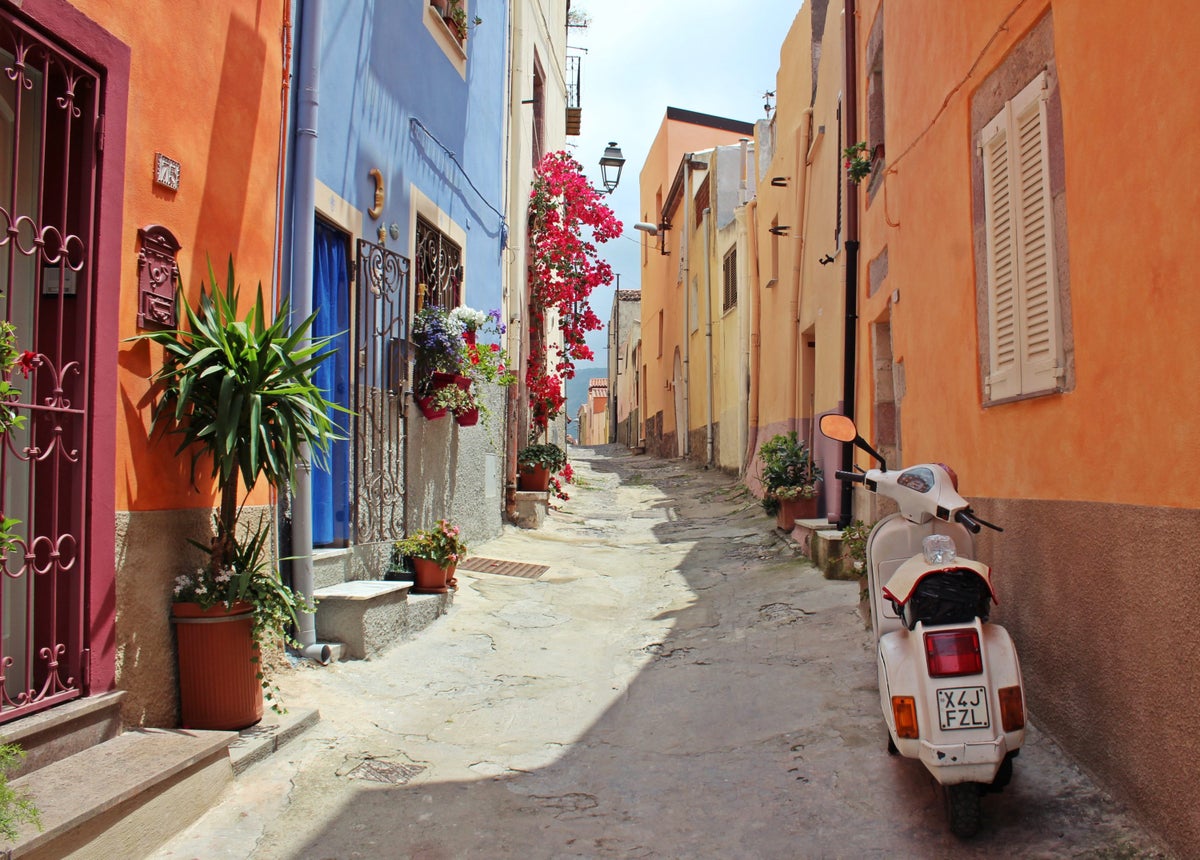
Spring can be a fantastic time to visit Italy. Since it’s a shoulder season, you’ll miss peak crowds but will still enjoy mild weather. When traveling to Italy in the spring (especially in March and April), be sure to dress in layers and pack a light jacket for chilly mornings and evenings. Once May hits, summer weather with highs near 76 in some regions, along with more crowds, starts to appear.
The Easter celebration is a big deal in Italy, so if you’re traveling during that time you may see businesses running on limited hours or some closed entirely.
Spring Events in Italy
- Easter (March or April)
- Rome Marathon (March or April)
- VinItaly (April)
- Vogalonga (Marriage of the Sea) (May)
Hot Tip: Whatever season you choose to travel, you can save money by booking your flights to Italy with points and miles .
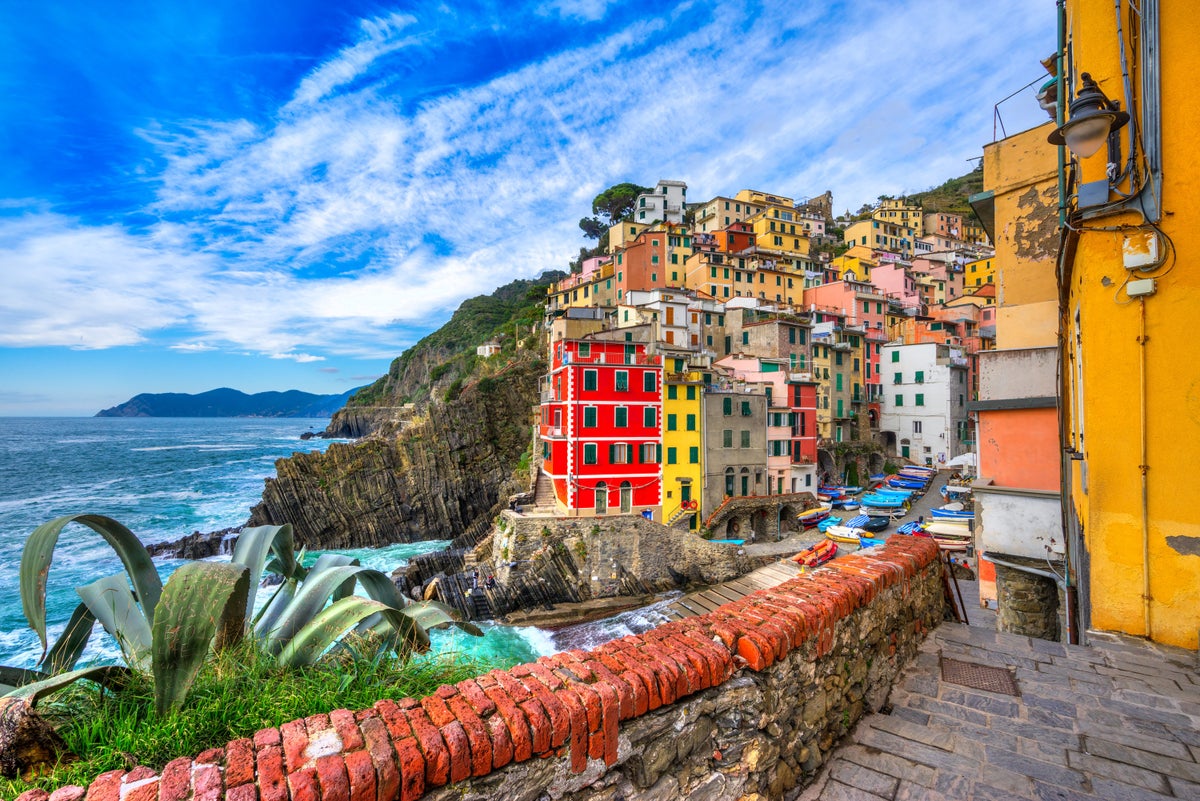
Summer is the peak travel time in Italy . The crowds and prices both soar to their heights during this season, especially in popular tourist destinations like Cinque Terre, the Amalfi Coast, Rome, and Venice.
Summer in Italy is hot with temperatures often exceeding 90 degrees during the day. Extreme heat is especially prevalent in the southern part of the country during July and August. Northern areas, including Lake Como and the Dolomites, are a bit cooler.
Big cities like Rome, Milan, and Florence can be unbearably hot and humid during the summer, so it’s best to avoid them during this time.
Popular resorts and beach destinations in places like Cinque Terre and the Amalfi Coast can be mobbed with tourists during the summer. This is especially true during August as this is when many Italians, who are also trying to avoid big cities, take a vacation.
Summer Events in Italy
- Luminara of San Ranieri (June)
- Ancona Jazz Festival (June and July)
- Florence Dance Festival (June and July)
- Palio di Siena (July and August)
Bottom Line: Summer is the most popular time to visit Italy. Before you book your trip, know that heat, crowds, and prices are at their highest during this time.
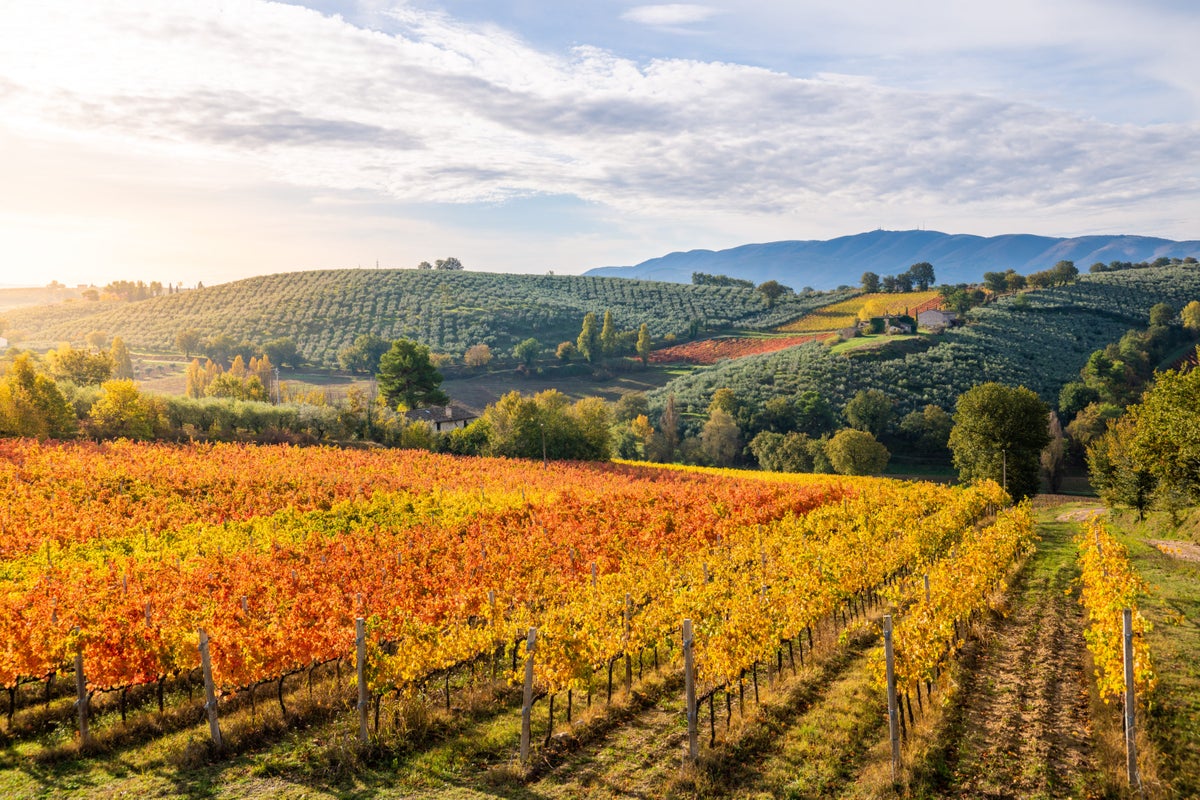
Fall marks the end of peak season and the beginning of shoulder season in Italy and can be a great time for a visit. While September can still be hot and crowded, October and November bring cooler fall temperatures and thinner crowds to much of the country. Average temperatures range from about 47 degrees up to 76 degrees across the country.
Fall is harvest time in Italy and there are lots of food-centric festivals and activities celebrating this time of year in cities and villages all over the country. The annual grape harvest happens in September or October, depending on the vineyard conditions. While it can be a beautiful time to visit, winemakers tend to be busy around harvest, so your chances of snagging a tour could be limited.
Some attractions begin winter hours around mid-October, so be sure to double-check your trip details before you leave.
Fall Events in Italy
- Festival of the Paper Lanterns (September)
- Terra Madre Salon del Gusto (September)
- Venice Film Festival (September)
- Volo Santo Festival (September)
- Eurochocolate Festival (October)
- International Alba White Truffle Fair (October-December)
Hot Tip: November is the rainiest month in Italy, so be sure to pack an umbrella and a waterproof jacket or rain poncho during autumn.
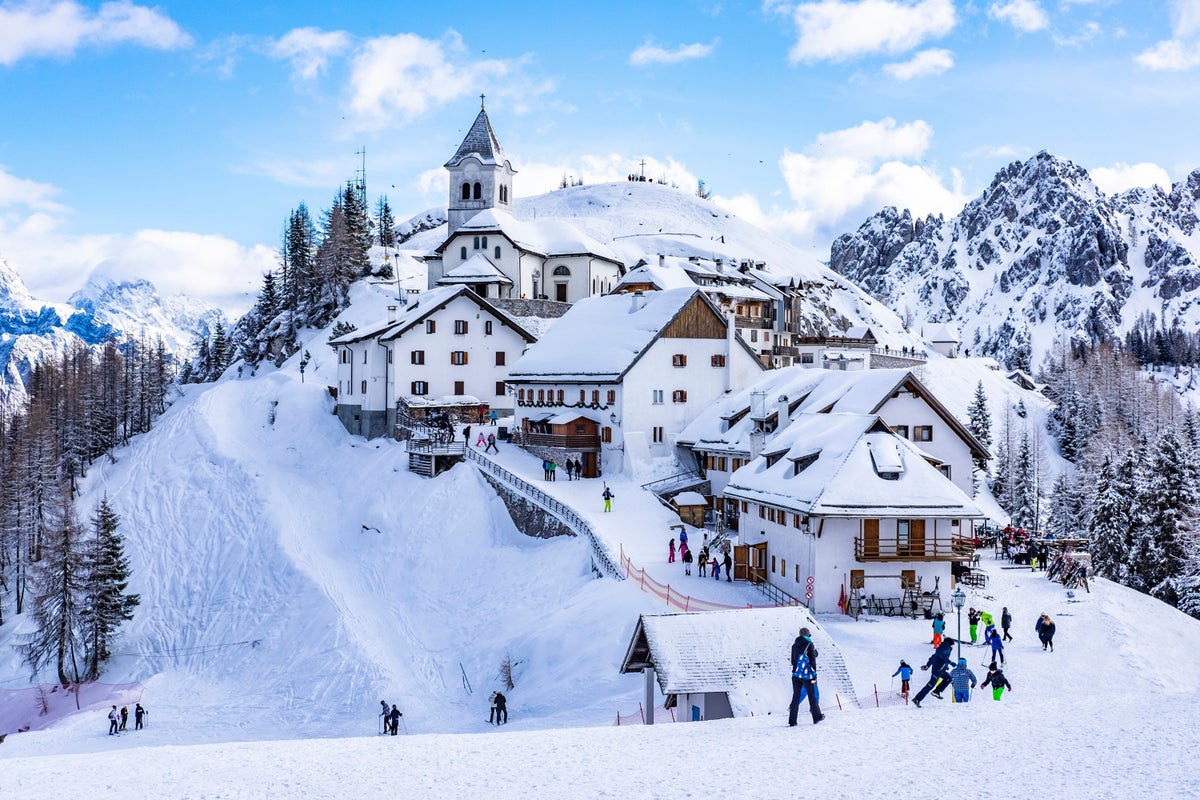
Winter is the low season in Italy offering lower prices and fewer crowds than the rest of the year. The exception to that rule is around holiday times, where crowds and prices can once again spike.
If you’re into winter sports, you may want to plan a winter trip to the Dolomites or Italian Alps. This region in northern Italy borders Switzerland and offers great skiing and snowboarding along with beautiful snow-covered scenery. Weather in this region can be very cold and wet with temperatures ranging from about 19 degrees to 33 degrees, so be sure to pack warm clothes and a winter coat.
Coastal regions in the southern part of the country, including Sicily and Naples, experience more mild winters with temperatures ranging from 44 degrees to 54 degrees.
Winter is not without festivals, and one of the biggest, Carnival , is held every February in Venice. This celebration happens each year before Lent and includes colorful costumes and masks, parades, and lively parties.
Winter Events in Italy
- Festival dei Popoli (November)
- Venice Carnival (February)
The Best Time To Visit Italy by Region
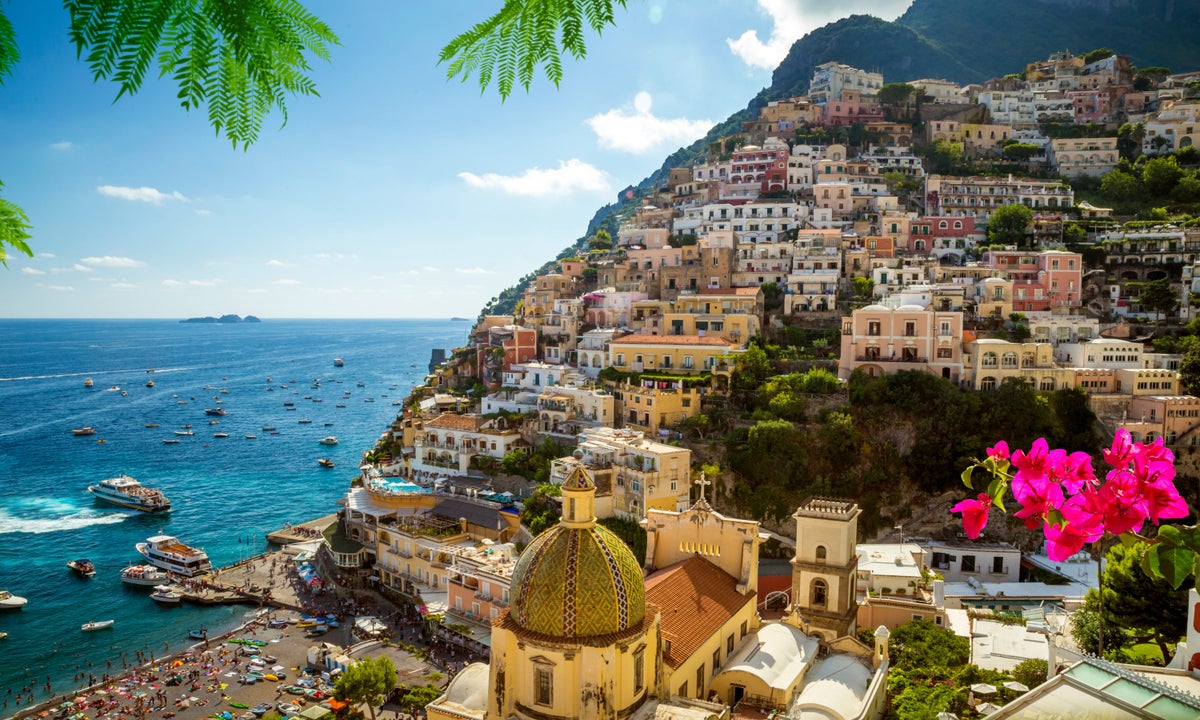
The Amalfi Coast is what Italian dreams are made of. This 34-mile long stretch of rugged coastline dotted with picturesque beaches is a wildly popular part of Italy to visit in the summer. However, if you want to avoid extreme heat and the bulk of the summer tourists, plan to visit the Amalfi Coast in late spring or early fall. May and September are especially ideal since the weather is still pleasant and the crowds aren’t in full swing.
While you might be inclined to visit during the winter to save some money, keep in mind that many shops and restaurants close for the season.
Hot Tip: Whenever you choose to visit the Amalfi Coast, don’t miss Positano, one of the area’s most well-known towns. It’s home to some of the best beaches and most iconic views in the region.
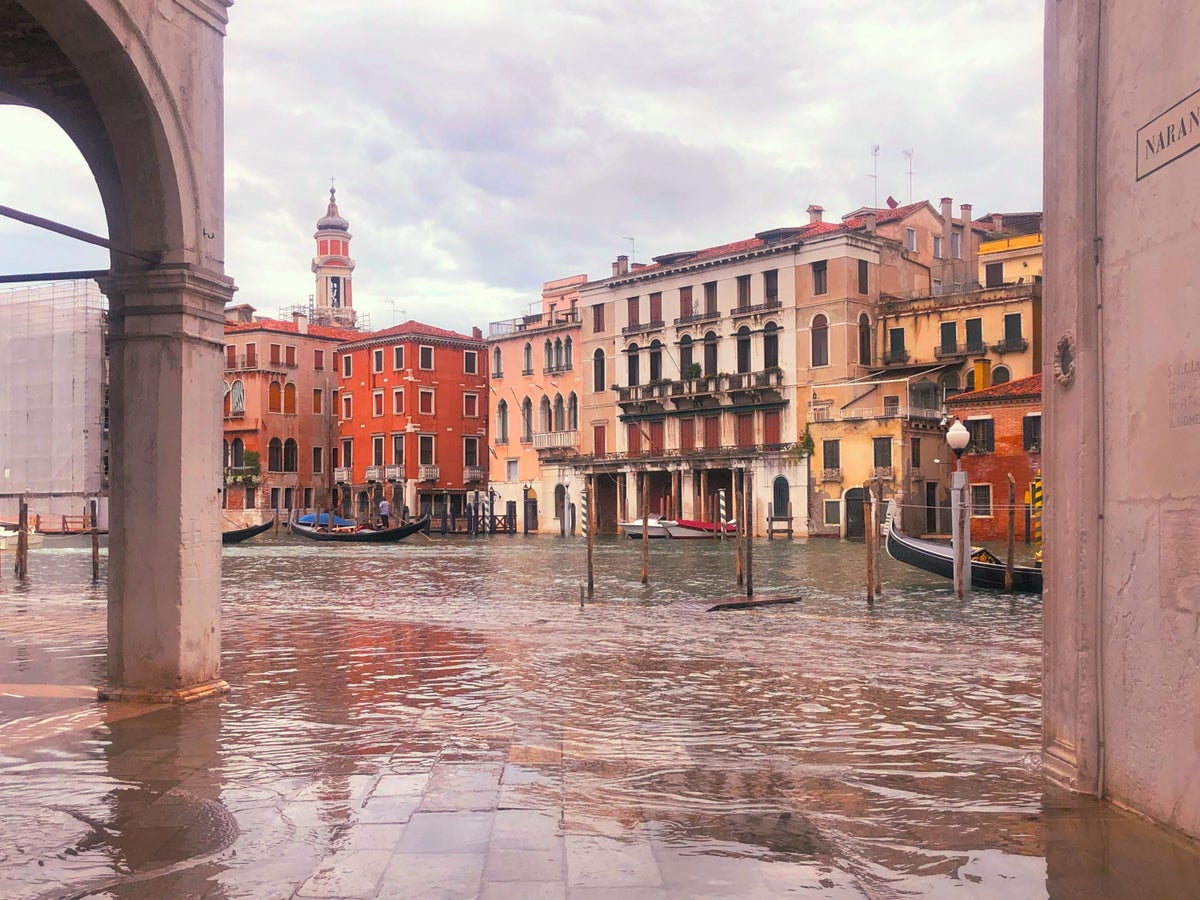
The fall is the rainiest time in Italy, and that’s especially important to remember if you’re planning to visit Venice. This enchanting city is built on more than 100 small islands and features canals instead of roads. It’s one reason Venice is prone to flooding. The especially high tides that the city is famous for are called Aqua Alta .
This phenomenon only occurs a couple of times a year, usually in the fall. When it happens, the lowest lying areas of the city like Piazza San Marco can be covered in a few inches of water. Visitors can be seen wading through the water in tall waterproof boots or traversing the flooded squares on raised walkways.
Hot Tip: For a unique place to stay in Venice, check out these boutique hotels .
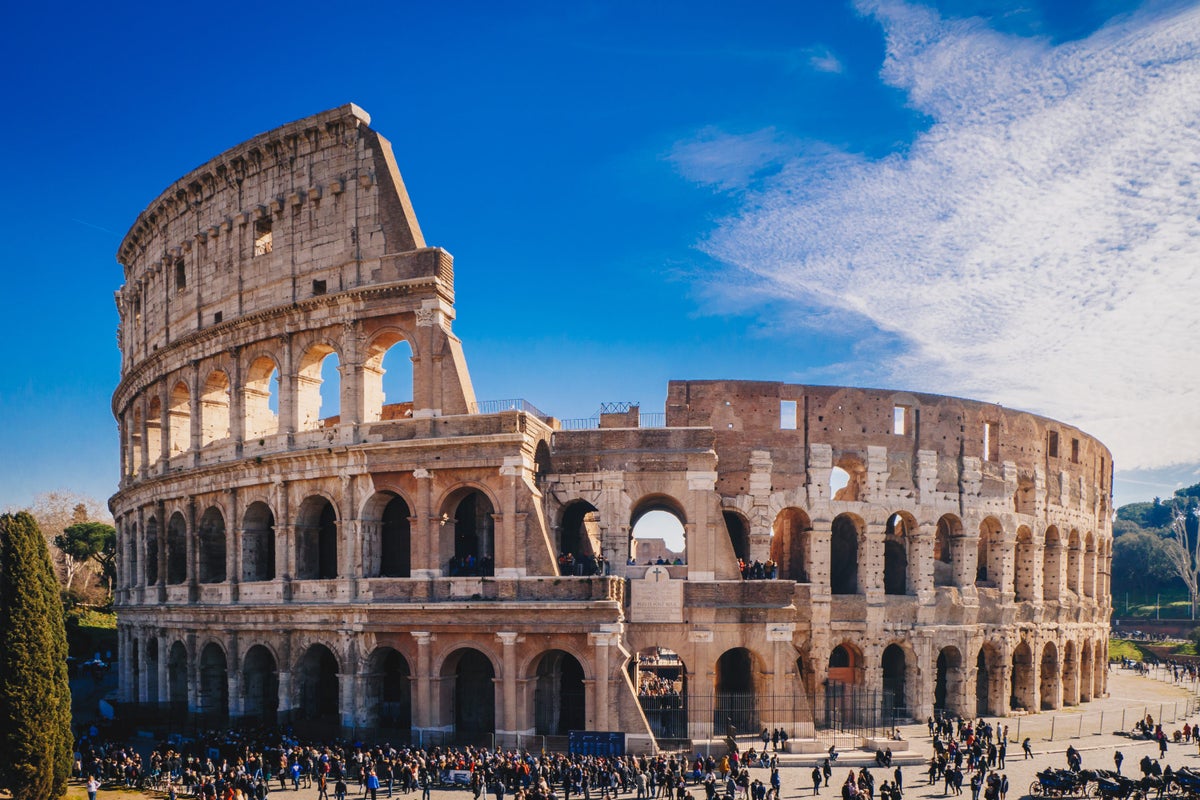
Not surprisingly, the shoulder seasons of spring and fall are probably your best bet for visiting Rome . May and September offer a nice mix of warm weather and fewer crowds. Summer is a popular time to visit, but with large crowds and temperatures that can reach 87 degrees in July and August, it can be a less-than-pleasant experience.
There are plenty of things to do in Rome all year long, so if you’re on a budget and looking to save some money, plan your trip between October and April when flights and hotel prices tend to be on the lower side.
October and November are Rome’s wettest months with an average monthly rainfall of ~4.5 inches.
Hot Tip: There are plenty of hotel options in Rome , including ones you can book with points and boutique hotels that offer a unique experience.
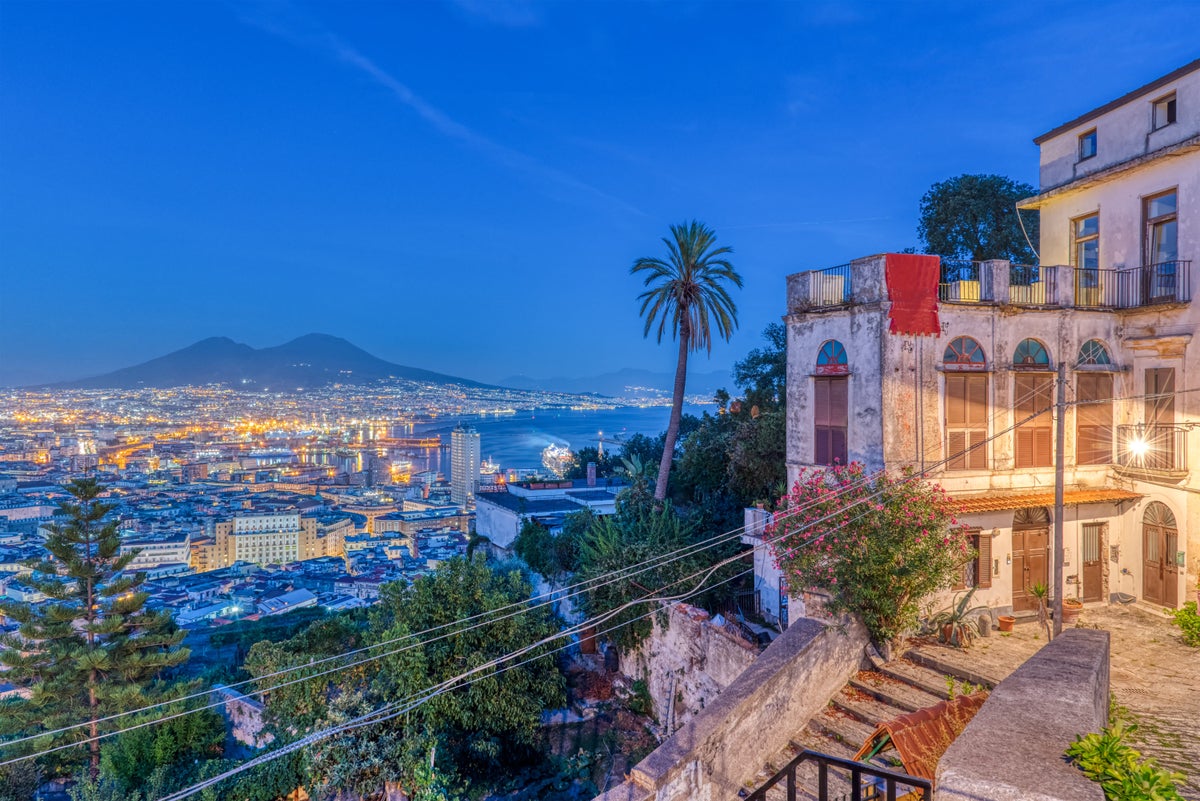
Springtime, from late March to early June, is the best time to visit Naples. Temperatures are mild, with highs averaging between 65 and 74 degrees, and rainfall is relatively minimal, averaging 1.5 inches to 3.5 inches each month. While fall also sees pleasant temperatures, the average rainfall increases significantly, peaking at 6 inches in November.
Summer in Naples is hot, crowded, and expensive. January and February are the coldest months in Naples, but don’t expect to see much, if any snow, as the temperature rarely dips below 40 degrees.
Hot Tip: Exploring Pompei is a popular activity when visiting Naples. Located just about 15 miles from the city center, this area is famous for the ruins of the ancient city of Pompeii , which was buried by the volcanic eruption from Mount Vesuvius in AD 79.
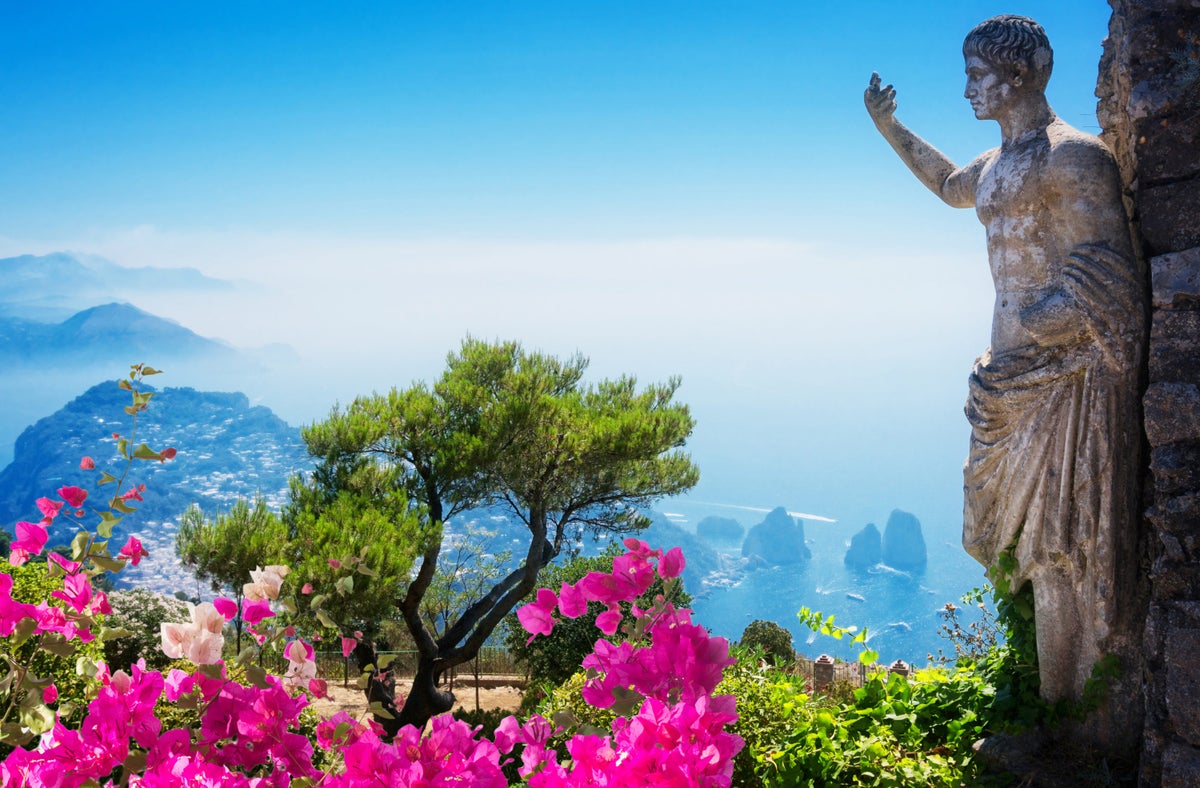
Capri is an island off the coast of Italy, between Naples and the Amalfi Coast. The main travel season in Capri lasts from April through October. This is when the bulk of tourists descend upon the island. July and August are the busiest months and they are also the warmest, with an average high temperature of around 82 degrees.
Beginning around the end of October, restaurants and businesses start to shut down for the winter, and ferry service becomes less frequent. While temperatures remain rather mild with highs around 54 degrees, Capri is not a popular destination in the winter. Beginning in March, the island starts to open up again, with blooming flowers and businesses gearing up for a busy season ahead.
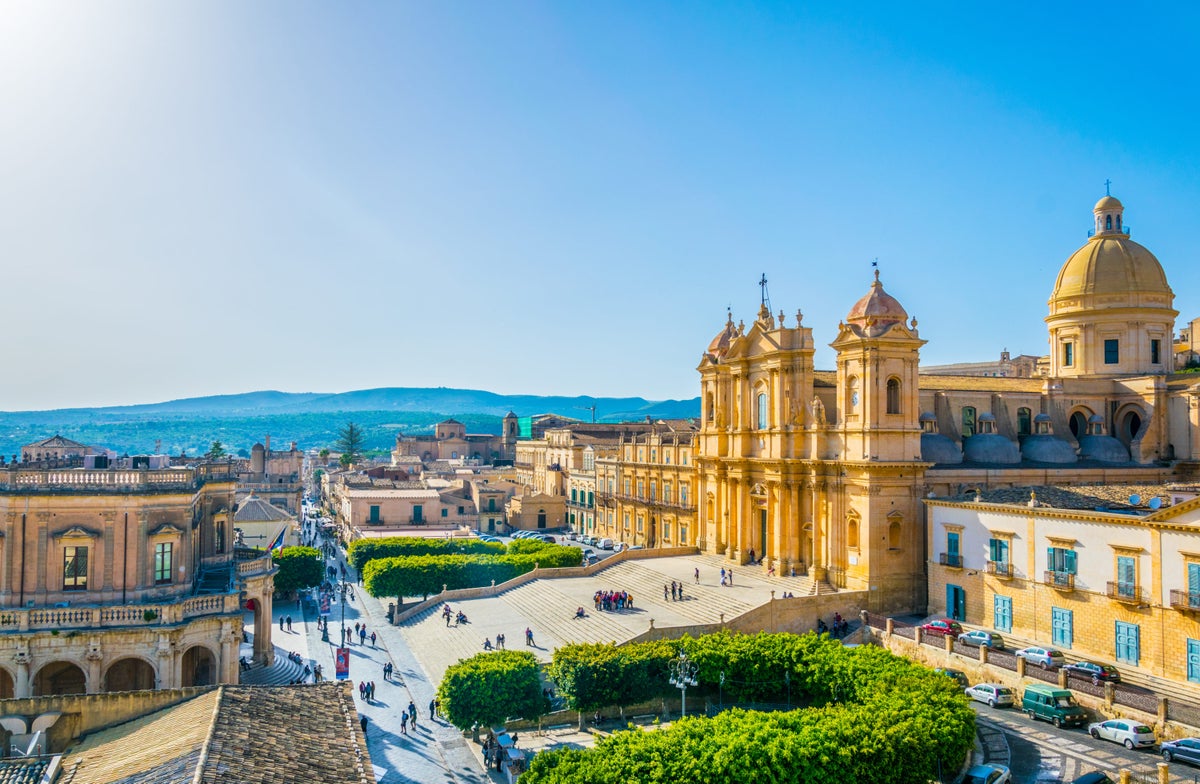
Picture it, Sicily. Located just off the “toe of the boot” of Italy and just under 90 miles from the African shoreline, Sicily is the largest island in the Mediterranean . Highlights of this Italian island include the capital city of Palermo and Mount Etna, Europe’s highest and most active volcano (as well as one of the most active volcanoes in the world).
The peak season in Sicily is June to August. July and August are the hottest, driest months, with highs near 80 degrees and minimal rainfall. September has beautiful weather with highs averaging 75 degrees but it’s also the busiest and most expensive month. Visiting during the shoulder months of April, May, or October offers a good balance between pleasant weather and reasonable crowds. If you’re planning your visit to Sicily in the spring, make note of the timing of Easter since crowds and prices can soar in the week or 2 surrounding the holiday.
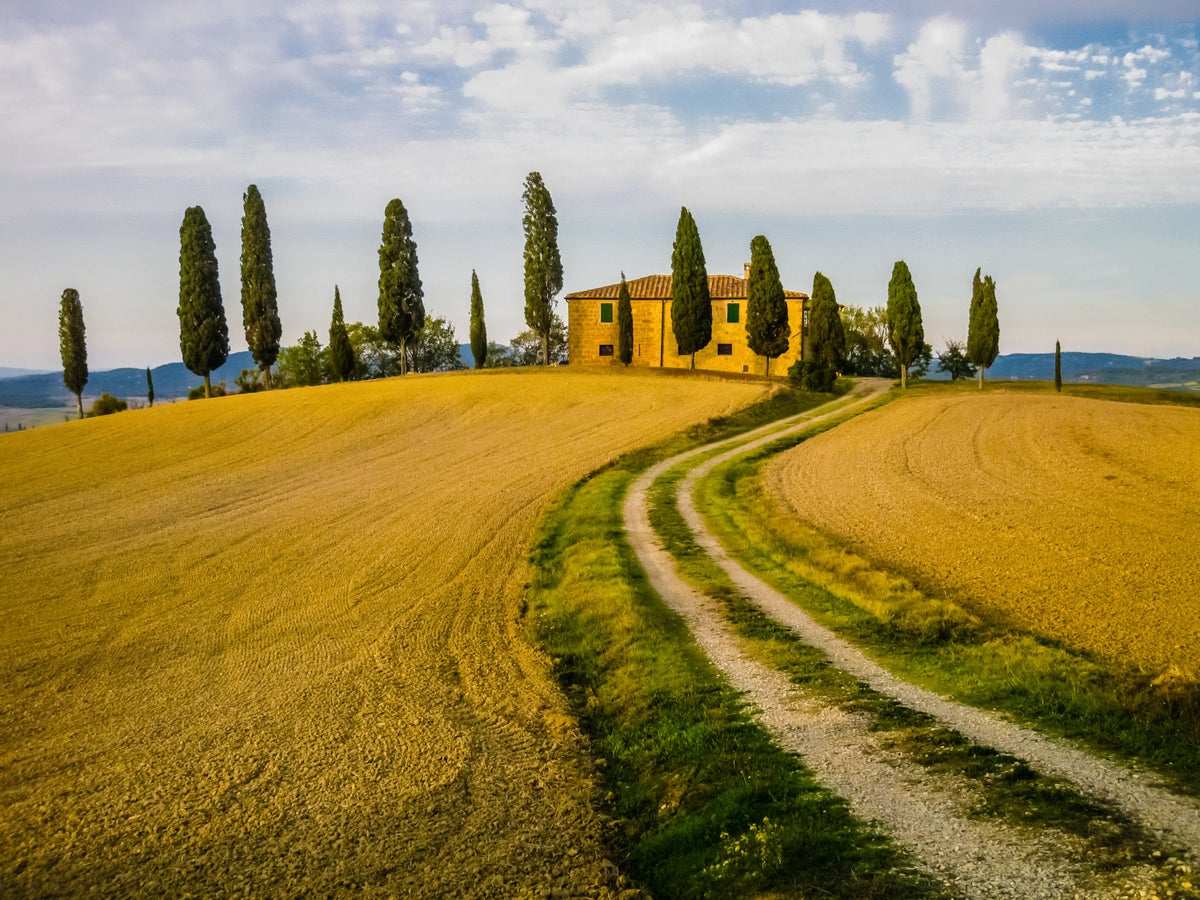
Visiting Tuscany is like stepping into a postcard. This area of central Italy spans about 8,900 square miles and includes cities like Pisa, Siena, and Florence, as well as famous wine regions like Chianti. Spring and fall are both excellent times to visit the area. The weather will be pleasant and the crowds will be moderate.
If you’d like your trip to coincide with the wine harvest, plan to visit in the fall as this annual event usually begins in September. Summer in Tuscany is hot, dry, and crowded so it’s best to avoid this time if possible. Winter in Tuscany can be cold and wet. The mountainous parts of Tuscany can see plenty of snow in the winter, which is great if you’re planning a ski vacation.
Hot Tip: If you need some inspiration on where to stay during your time in Tuscany, check out these lovely boutique hotels .
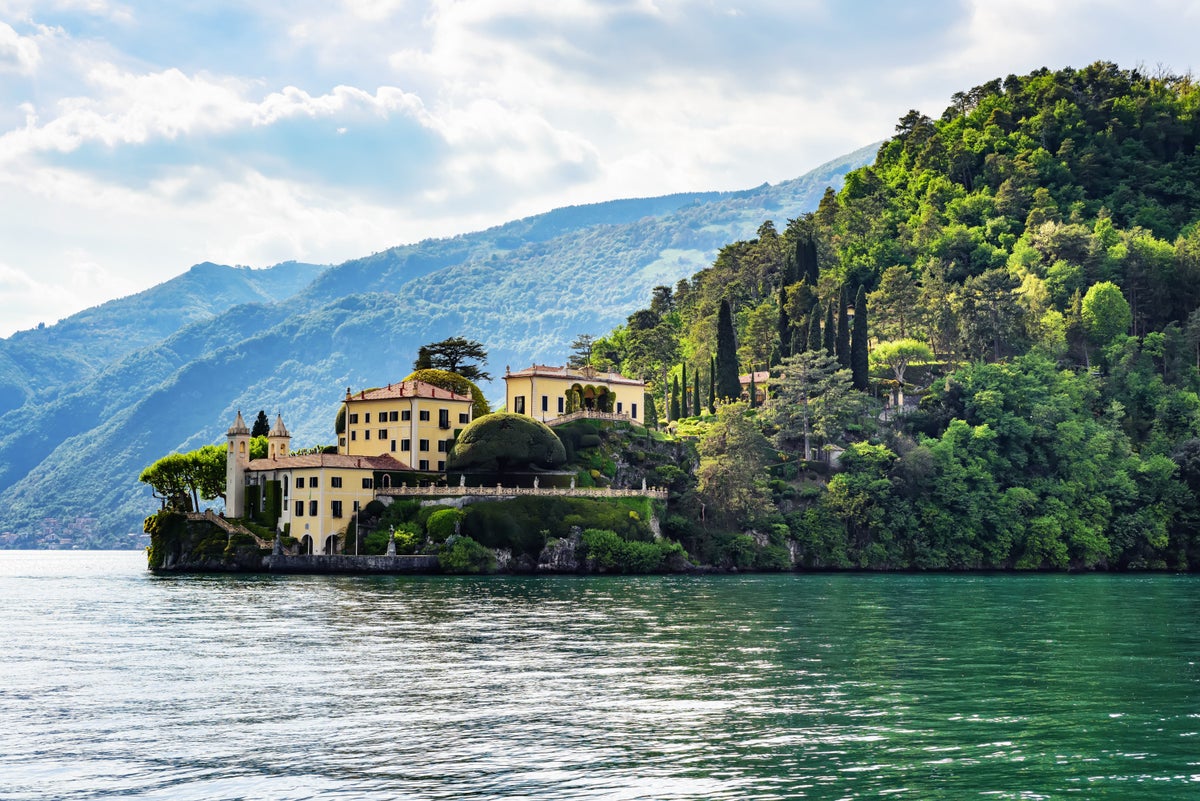
Milan and the Italian Lakes Region, including Lake Como, are geographically close, so many visitors often include both areas in 1 trip. If you dream of spending lazy summer days basking in the sun onboard a yacht floating on Lake Como, then, by all means, plan your visit for the summer (and please send me an invitation)! But expect crowds, because summer is peak travel season for this region. Summer temperatures reach 80 to 85 degrees with very high humidity.
If you’d like to experience smaller crowds along with slightly cooler temperatures, plan to visit Milan and Lake Como in the spring or fall — April, May, September, or October.
If you plan to visit Milan in September or February, be sure to make your hotel reservations early as Fashion Week occurs during these months.
Hot Tip: For a unique place to stay in Milan, check out these boutique hotels .
While there’s never a wrong time to visit Italy, some seasons are better than others. Generally, spring and fall offer the best mix of pleasant weather and manageable crowds. Summer is the high season in Italy, with many tourists flocking to the country’s beaches. If you visit Italy in the summer, expect high temperatures, large crowds, and inflated prices. Winter is a great time to visit if you’d like to avoid crowds or are on a budget. However, many tourist spots, especially in the south, close down for much of the season, so be sure to do your research before you book a winter trip to Italy.
Frequently Asked Questions
What is the hottest month in italy.
Even though temperatures vary throughout the country, the hottest months in Italy are July and August. In the capital city of Rome, high temperatures can reach 89 degrees during these months.
When is the best time to visit beaches in Italy?
Plenty of sunshine and warm temperatures make the summer the most popular time to visit the beaches in Italy. Unfortunately, the beaches can be very crowded during this time. To enjoy slightly fewer tourists and milder weather, shoot for the shoulder months of May and September. However, if you want the warmest weather and water, head to the Italian beaches in July or August.
What is the cheapest month to travel to Italy?
Generally speaking, the winter months are the cheapest months to travel to Italy. February tends to be the least expensive time to visit, with January and November not far behind.
What month does Italy shut down?
Many Italians take their vacation in August and therefore you’ll see many small and family-owned businesses totally closed during that month. These same Italians, just like tourists, flock to Italy’s beach and resort towns, causing them to be very crowded in August.
When is the best time to visit Italian wine country?
While you might think the best time to visit Italian wine country is during the harvest in September, you’d be wrong. While the vineyards are beautiful during this time and the weather is lovely, winemakers are very busy, so tours and experiences may not be available. If you plan your visit during January or February, you’ll have a better chance to meet winemakers that have time for a chat and a tour.
Another great time to visit an Italian winery is in May during Canine Aperte . During this wine festival, many small and boutique wineries open their doors to visitors, offering tours and, of course, plenty of wine tasting.
Was this page helpful?
About Katie Seemann
Katie has been in the points and miles game since 2015 and started her own blog in 2016. She’s been freelance writing since then and her work has been featured in publications like Travel + Leisure, Forbes Advisor, and Fortune Recommends.
INSIDERS ONLY: UP PULSE ™

Get the latest travel tips, crucial news, flight & hotel deal alerts...
Plus — expert strategies to maximize your points & miles by joining our (free) newsletter.
We respect your privacy . This site is protected by reCAPTCHA. Google's privacy policy and terms of service apply.
Related Posts
![rome best travel time The 11 Best Boutique Hotels in Rome, Italy [2023]](https://upgradedpoints.com/wp-content/uploads/2022/07/Rome.jpg?auto=webp&disable=upscale&width=1200)
UP's Bonus Valuation
This bonus value is an estimated valuation calculated by UP after analyzing redemption options, transfer partners, award availability and how much UP would pay to buy these points.
Rome for beginners: complete Rome guide for first time visitors

Expert first timers’ guide to the Eternal City: what to do, what not to do and the all the Rome tips and tricks you need for a safe first time in Rome. Updated November 2021 .
Rome makes a strong impression on the first time visitor.
Its beauty, personality and chaos envelop you the moment you step out onto its busy streets and, for many, it is love at first sight.
For others, however, Rome’s overwhelming personality feels more like a slap in the face and no matter what tricks the city ends up pulling, many leave feeling Rome is just not for them.
This happens for many reasons. Rome can indeed be an infuriating overly chaotic place, however I believe it has much to do with expectations and planning.
In this first timers guide to Rome, I share my best advice for a first visit to Rome.
I believe these tips will help you know what to expect, plan your time at best and make you skip some of the traps that make some visitors leave disappointed.
Ready for my Rome’s tips and tricks? Let’s go!
First things first! Double check on official sources the travel rules and restrictions that may affect your trip. Find all info on our guide >>> Can I travel to Rome right now ?
Please note: this post contains affiliate links and, should you make a purchase through them, we might make a small commission.
Table of Contents
Rome tips and tricks for first time visitors
Visiting Rome for the first time? Bookmark or pin this guide for easy access!
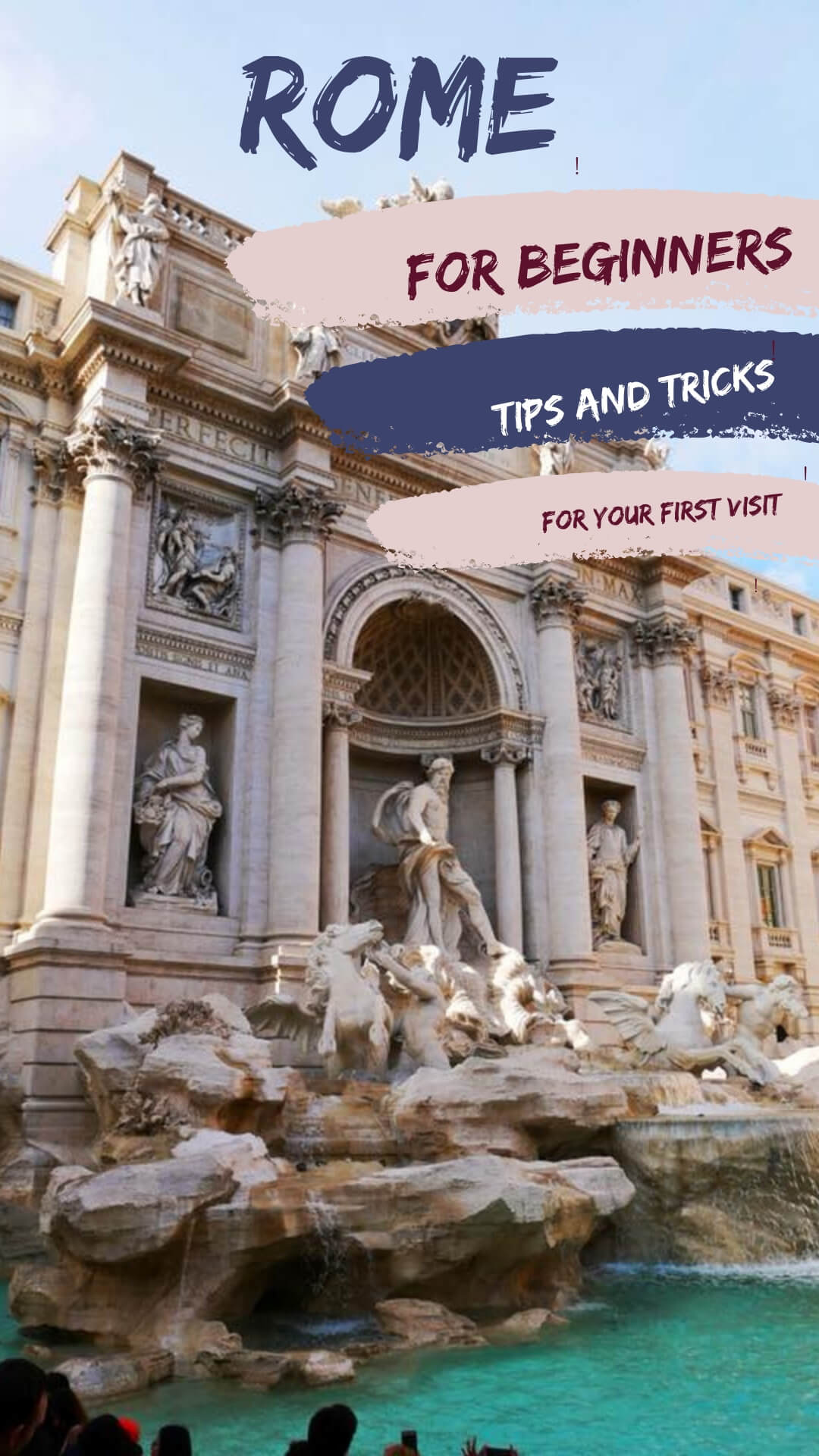
Pick the right season
Rome can be visited all year round but there is no doubt that some seasons are better than others.
The best time of all to visit Rome for the first time are the spring (with the exception of the Easter weeks) and fall, especially May and October .
At these times, the weather is pleasant, dry and the city sparkles under bright skies, dressed up in blossoms (March to May) or autumnal foliage.
The worst time of all to visit Rome is the summer. July and August are hot and sticky, mosquitoes reign supreme and locals are scarce: at this time, Romans escape to their air-conditioned offices or the coast and the city is full of tourists.
This is a truly unpleasant time to visit the city and is responsible for so many bad reviews of the city from the unlucky ones who get caught in the city’s relentless sun.
Winter in Rome is hit and miss. The weather is usually dry but chilly and the biggest issue you will find are the short days: many attractions close early in winter so make sure you check beforehand if you are planning to cram a lot into each day.
Decide how many days to stay
Deciding how many days to spend in Rome depends on your interests and expectations.
If you are interested in seeing Rome’s main sights only, you will be able to cover a lot of grounds even just with two days in the city.
If you want to see museums and go for a bit of shopping in town, you need a minimum of four days.
To help you narrow down how many days you may need to see Rome, I wrote detailed itineraries for 1 to 5 days in Rome. You can find here >>> my guide to deciding how many days are enough to see Rome .
Decide where to stay:
Find accommodation in the city center
The most beautiful part of Rome is its historical center and there is no better place to stay in Rome to enjoy it that with a hotel or apartment right in the center of the action.
Staying here you may have to put up with slightly higher prices but you will be rewarded by easy access to all the major attractions in Rome , a plethora of restaurants and the chance of wandering around Romes’ dusty cobbled streets after the crowds of day trippers have left.
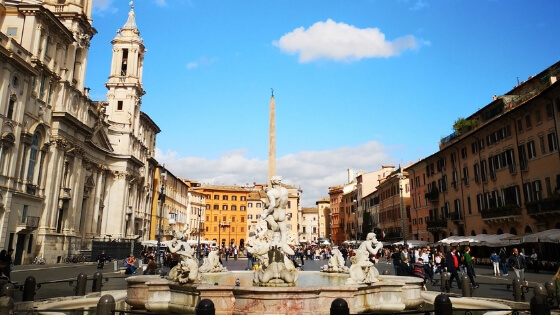
Best area to stay in Rome for first time visitors
You can find a full overview of Rome’s neighborhoods here but for your first visit, I recommend you choose.
Monti district
Old and hip, the Monti neighborhood is the best area to stay in Rome if you want to be walking distance form the main sites, have easy access to the train station and love alternative bars and vintage shopping.
Check our the Fifteen keys hotel for boutique accommodation in this area
At the very heart of Rome, this location is so central you will be able to walk everywhere. This is the part of Rome famous for cobbled streets and small restaurants and it is ideal for first time visitors both for charm and ease of access.
Check out Le Clarisse al Pantheon for a charming and reasonably priced option in the area or find our full guide to the best hotels near the Pantheon .
Piazza Navona
Rome’s most famous square is a wonderful backdrop for accommodation in Rome. This is a wonderful area to choose as your base for your first visit to Rome as it allows easy access to both the historical center and the Vatican as well as a vantage point to visit Trastevere.
Check out 5 star Raphael Hotel for something really special in this area or find our list of recommended hotels near Piazza Navona
The dress code is enforced in Rome basilicas too (San Giovanni, Santa Maria Maggiore) but is less strict in other churches however, always carry a large shawl with you should be in short sleeves and avoid shorts.
Please be advised: while a shawl around your shoulder will do, one around your waist to cover your legs won’t be deemed sufficient.
You can find my complete guide to dressing for the Vatican and Rome churches here.
Avoid public transport
Few experiences are more irritating in Rome than having to deal with the city’s public transport system.
While the network of buses, trams and metro is extensive (especially the first two), buses follow a schedule that is erratic at best and are often so crowded you will find hard to believe locals can put up with it at all.
Granted, this is not the experience on all buses and at all times but if you rely on bus journeys every day, this will impact on the quality of your stay significantly.
If you can, especially on your first visit, walk and only use the bus when absolutely necessary.
You can find our full guide to public transport in Rome here
Bring comfortable walking shoes
In Rome, you will find yourself walking a lot, part because of the lack of good transport and part for the pleasure of it.
This means that you absolutely must be equipped with a good pair of walking shoes, a pair that will protect your feet from the hard cobbles of the city and will give you enough support to clock in up to 25000 steps a day (this is what many people average sightseeing in Rome)
In case you have heard that in Rome you should not wear sneakers if you want to feel like a local, let me tell you: this is complete nonsense!
I see this piece of advice over and over again on internet and is simply nonsensical. Sneakers are the best type of shoes to wear in Rome and the only ones to avoid if you want to feel fashionable are actual runners (you know the ones: high soles, neon colors).
If you wear fashion sneakers like Adidas foam, Vans or New Balance style, you will fit in perfectly and save your feet from very sore days.
Of all the Rome tips and tricks I share on this page, this is the one I hope you will remember the most: put practicality above fashion! You can find my recommended walking shoes for Rome here.
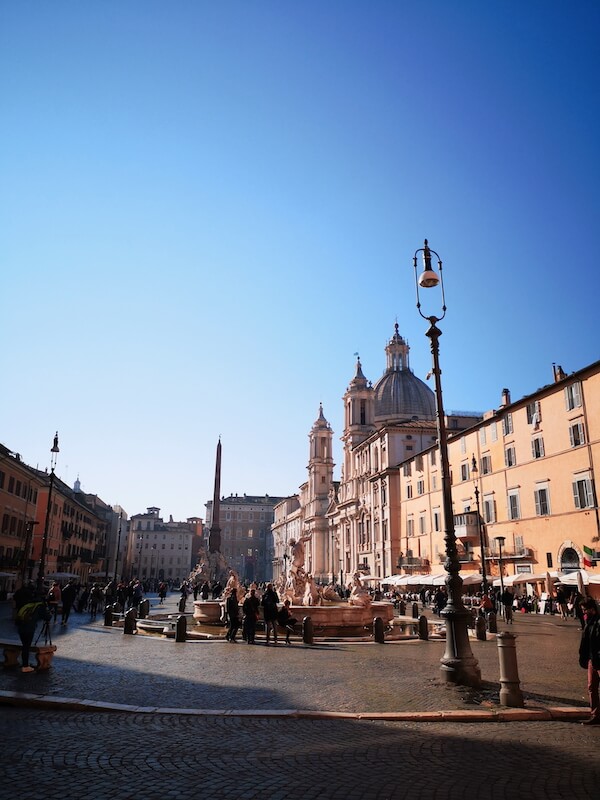
Dress for churches
On the topic of look and gear, you may have heard that Rome enforces a dress code for churches in general and for the Vatican in particular.
This is correct and not abiding by this rule may cost you in terms of access to some of Rome’s most beautiful churches.
The Vatican is the place with stricter rules: here, you must avoid sleeveless tops, shorts (this is true for men and women) and skirts above the knee.
While flip flops are not officially banned, there are also frowned upon – in general, they are not considered proper footwear for the city, in Italy.
But do visit them
The idea of a dress code may put you off visiting churches, especially in the warmest months, but some really should not be missed.
San Luigi dei Francesi has a wonderful Caravaggio, Santa Prassede and Santa Maria in Trastevere have incredible mosaics and San Pietro in Vincoli has a Moses by Michelangelo, just to name a few – all worth a fashion compromise!
Have a crossbody bag
Rome is crowded and pick-pocketing misadventures are not unheard of. Opt for a cross-body bag for maximum security and never ever leave it unattended or hanging off the back of your chair at a restaurant.
Rome is not the jungle but unattended stuff gets snatched fast so a little extra caution goes a long way.
Without getting paranoid about pickpockets, this is probably the most important tip for first time visitors in terms of safety.
Always have ID on you
In Italy it is compulsory to have ID on you at all times so make sure you have some form of identification on you.
If you don’t want to carry your passport with you, make sure you have a driving license or some other form of photo ID handy in the (unlikely) event of an officer asking.
While you should avoid carrying large sums of cash, some cash on you is important to have, in Rome.
Credit and debit cards are usually accepted in restaurants and hotels but they are no good for small purchases: you cannot buy gelato with them nor pay for taxis so having some cash is paramount.
Opt for small notes as much as possible: paying a 5 euro purchase with a 50 Euro not will not make you any friends and shops may simply deny to serve you if they don’t have (or don’t want to use up) change
Don’t rely on wi-fi
Wi-fi is dreadful in Rome. When you open the ‘available networks’ screen you may be surprised to see many are free stay assured: the vast majority of them do not work!
Get a local sim card or make sure you have a good data plan on your won if you cont on using maps or any other wi-fi dependent app.
Learn a few words of Italian
You do not need to speak Italian to enjoy Rome but a few words go a long way.
‘Per favore’ (please) and ‘grazie’ (thank you) will be sufficient in most touristy places to be treated a little better – Romans are notoriously grumpy but making an effort with the language may even win you a smile.
You can find here >>> a great introduction to basic Italian phrases and expressions for travelers
Start with an itinerary
Rome has loads of attractions and having an itinerary to follow is invaluable to make sure you can hit all the sites you want to see in the time you have.
Depending on the time you have in Rome and your party, you can use these itiernaries as a base and costumise them to your own needs.
Rome in one day : a whistle stop DIY walking tour of Rome
Rome in 2 days : a slow-ish pace itinerary around Rome hitting some of the main museums and all the main sites
Rome in 3 days : a good itinerary to allow you to see Rome’s most important attractions, plus time to shop and relaz
Rome in 4 days : our recommended itinerary with main Rome attractions and hidden gems over 4 days
Rome in 5 days : a complete itinerary to cover Rome main sites and some hidden gems, for a longer stay in Rome
Rome in 5 days (for families) : a family friendly sample itinerary over 5 days to discover the city as a family appropriate pace and hitting main sites and child- centered attractions.
If you prefer to make your own instead, you can start from our planning guide here , explaining what attractions are close to one an other and can be visited on the same day
Then ditch it and get lost!
A little bit like rules, I believe the best approach to itineraries is: know it then break it.
Once you have your main outline of the day, I believe allowing yourself to get lost in Rome is one of the most rewarding things you can do in the city.
The best areas for a planned ‘getting lost’ experience are the streets around the Pantheon, the area of Piazza Navona and Trastevere.
Areas I recommend you do not get lost into are the streets around Termini station: while these are not dangerous as such, they are not the most pleasant area for a stroll and, in the evening, get on the uncomfortable side.
See the main sites
Many will tell you the best of Rome is found off the beaten track but seriously: only go off the beaten track after you have seen the main sites.
They are on the beaten track for a reason and it would be crazy not to see them just to be different from anyone else!
At the very minimum, I recommend you see the Colosseum , the Pantheon , the Campidoglio Hill and Piazza Navona , even just from the outside if you really cannot stand the crowds. See below my Rome first time must-see sites .
I feel that not seeing these sites would take away massively from your experience and will make you miss you an important part of Rome’s personality.
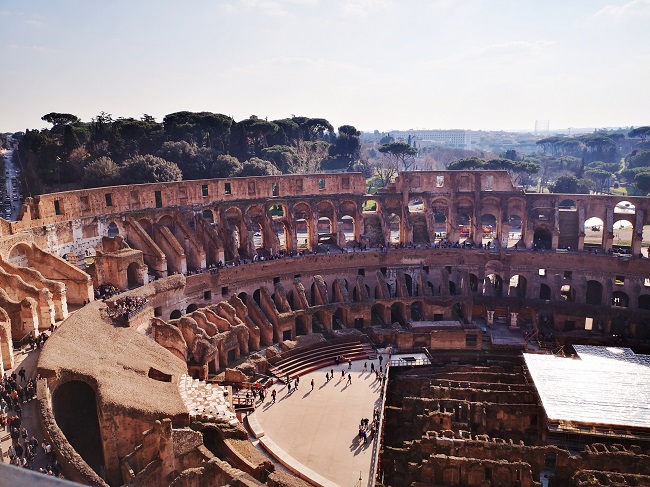
But book skip the line tickets
The best way to visit Romes’ main attraction (actually, the only way for a pleasant experience) is to book skip the line tickets and to do it well in advance.
This is crucial especially for two attractions that are otherwise almost inaccessible: the Colosseum and the Vatican Museums.
You can find my best tips on how to skip the line at the Colosseum here while for the Vatican, I recommend you book tickets online from the museums itself here or book a guide here .
Venture off the beaten path
After you have seen the main sites, do take the advice of those who tell you to get off the beaten path and venture to some of Romes’ residential neighborhoods to seek out Rome hidden gems.
Rome has a very different personality outside of the center and each area has a distinctive flavor.
Go to Ostiense or Tor Marancia if you love street art, head to the Coppede’ district for an art deco fix or venture out to Ostia Antica for a magical walk among Rome’s ancient port.
Seek birds eye views
Rome is built on 7 hills and this means that it has several viewpoints from where you can admire the city.
The best time for photos and romance is the early evening, when the sun sets setting the okra and red colors of Rome’s buildings catch on fire.
Some of the most scenic locations are the terrace of il Pincio ( Villa Borghese , above Piazza del Popolo), Campidoglio (amazing view over the forum) and Giardino degli Aranci (on the Aventino hill , view over the river and the city).
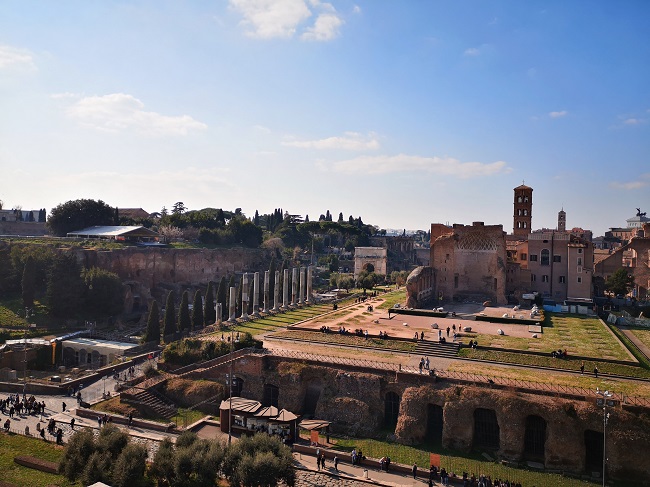
Get out early / stay out late
Rome gives its very best early in the morning and late in the evening, when the crowds disappear and the silence falls on the city.
You don’t have to be out stupidly early or late to enjoy (I am not advocating a 6 am wake up call on your vacation!) but if you can be in the city center before 9 am, you will see the city at its most beautiful.
You can find here some of my favorite things to do in Rome at night .
Make the most of your hotel breakfast
Rome has amazing food but one meal it doesn’t do particularly well is breakfast .
Sure, you can get your fix of coffee and cornetto (Italian croissant) pretty much anywhere in the city but this is a treat more than a proper meal: if you are hoping for yogurt, cereals or a cooked breakfast, don’t venture out but rather, have it at your hotel or your will easily find yourself going hungry.
Have coffee at the bar
While not great if you are after a full breakfast, Rome bars are excellent for a coffee fix and the way to go about it is to do what locals do: order it at the bar.
Cafes often have small tables to sit down but there is a good reason locals avoid them: a sit down coffee costs easily 3 times as much as one sipped at the bar (find more tips for visiting Rome on a budget here )!
When ordering, make sure you stop at the till first to pay and get your receipt, then head to the bar and had the receipt while placing your order (many add a 20c coin to make the service faster but it is not compulsory. I never do it).
Ask for ‘Un caffe’ per favore’ if you want espresso or ‘un cappuccino per favore’ for a traditional cappuccino.
Don’t believe in those who tell you you should not order it after 11, this is another nonsensical myth. The only no-no for cappuccino is ordering it as a drink during a meal, the rest is totally up to you!
If you love coffee, don’t miss my list of the best coffee experience in Rome.
Taste Roman food
In Rome, you find all the usual staples of Italian food but if you want a very special food experience you must try the foods that are specific to the Rome tradition.
Some of the most noticeable are:
Pasta to try in Rome
Make sure you taste real carbonara (we Romans are evangelical about it and you will quickly understand why once you taste it), pasta alla gricia and the famous cacio and pepe for a burst of taste
Rome meat dishes
Try earthy abbacchio scottadito (lamb), light straccetti (veal, served with rocket salad and fresh cherry tomatoes), saltimbocca (veal, prosciutto and sage).
If you feel adventurous, also try coda alla vaccinara (ox tail) and trippa!

Vegetarian dishes in Rome
Rome cuisine is not known for its vegetarian options but two side dishes are so famous and unique they make up for all the rest: carciofi all giudia ( jewish style fried artichokes ), carciofi alla Romana ( Roman style artichokes ), and puntarelle alla romana (chicory heads, spring only)
Rome desserts
Rome’s mos famous sweet treat is il maritozzo, a special type of bread/brioche filled with cream
Fried Rome treats
As a starter before your pizza or as a bite during the day, don’t leave without trying Rome’s suppli’ (fried rice balls with a melting core of mozzaella), baccala (fried cod, the roman version of fish and chips, without chips) and fiori di zucca ( fried battered zucchini flowers ).
One of the two capitals of pizza in Italy (the other being Naples) Roma has amazing, thin pizza.
Order the traditional full ones for dinner and, for lunch, have a piece of what Romans call ‘pizza al taglio’ instead.
It comes in many styles and it’s one of the most budget friendly meals you can find in the city. Click to find our guide to the best pizza in Rome
Order vino della casa
The best thing to wash down a true Roman meal is with a glass of wine. In traditional establishments, order ‘vino della casa’ (house wine) for a budget friendly yet tasty option.
Have a drink in an enoteca
If you love fancier wine or cozy interiors with good wines and earthy meals, don’t miss having dinner in one of Rome’s wine bars (enoteche).
These are small, cozy places that pack a punch in terms of charm and taste: my favorite is probably Cul de sac, near Piazza Navona but the city teems with them.
These are a very popular option among locals and among the best places to have a somewhat authentic Rome experience.
Eat only gelato artigianale
The only thing more commong in Rome than pizza places are gelato places but don’t just venture into any: make sure the gelato you order is the real thing, the one we call ‘gelato artigianale’.
Gelato artigianale is tasty, not too fatty and less sugary than industrial style ice cream and a real delight. if you don’t want to run any risks in terms of taste, you can do to one of my favorite gelato places in this list .
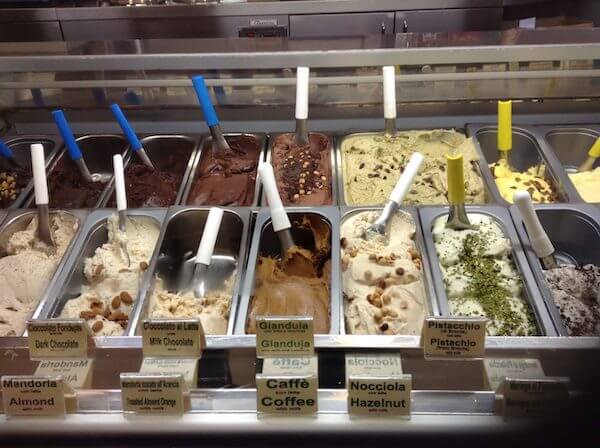
Know where to shop
Rome is a wonderful destination for shopping but you need to know where to go not to find yourself out of pocket.
If budget is not an issue, the place for you is Via Condotti: elegant and stunning, this is the road with all the designer boutiques and ateliers. If you are looking for your Gucci or Prada fix, this is the place to be.
More affordable options can be found on nearby Via del Corso or, even better, in Via Cola die Rienzo, in Prati, where you will find a mix of high street brands and independent shops
For vintage, head to Monti and in particular to its market (help every weekend) which is fun and often has great finds.
Take a break in the park
Rome has some amazing parks .
Many are private estates of aristocratic Rome families now turned public parks and this means they have beautiful landscaping and sometimes gorgeous architecture.
The most famous of all is probably Villa Borghese, right in the center, but others are worth seeking out too. Villa Doria Pamphili in particular is a treat as it offers stunning views over St Peter’s dome.
Top things to do in Rome on your first visit: Rome first time must do
As I mentioned above, going to Rome for the first time and not seeing the main sites would be madness, so here are my top 10 things to see in Rome in your first visit
Visit the Colosseum
A wonderful first stop in any Rome itinerary, the Colosseum is impressive, beautiful and unique. If you can, take a visit inside and opt for a tour that includes the arena, the underground area and the top tier.
There are several you can choose from but you don’t need to break the bank for a good one. You can find my selection of best Colosseum tours and tips to skip the line here .
Stroll around the Roman Forum and Palatine hill
Beside the Colosseum and usually included in the Colosseum ticket, the Roman Forum and Palatine Hill are the areas where ancient Rome developed, from its very foundation to the empire years.
This area is poorly served in terms of information panels but it wonderful and scenic. Even just for the view and visual impact head to the top of the Palatine and the Emperors’ palace: one of the most beautiful spots in the whole of Rome, ancient or modern!
Climb up Campidoglio
Ancient Rome meets the Italian Renaissance in this incredible corner of Rome: Piazza del Campidoglio.
Take the steps up to see Michelangelo’ masterpiece (the square itself) and then walk to the back of the main palazzo for unrivaled views over the forum.
Find our guide to the Capitoline hill here .
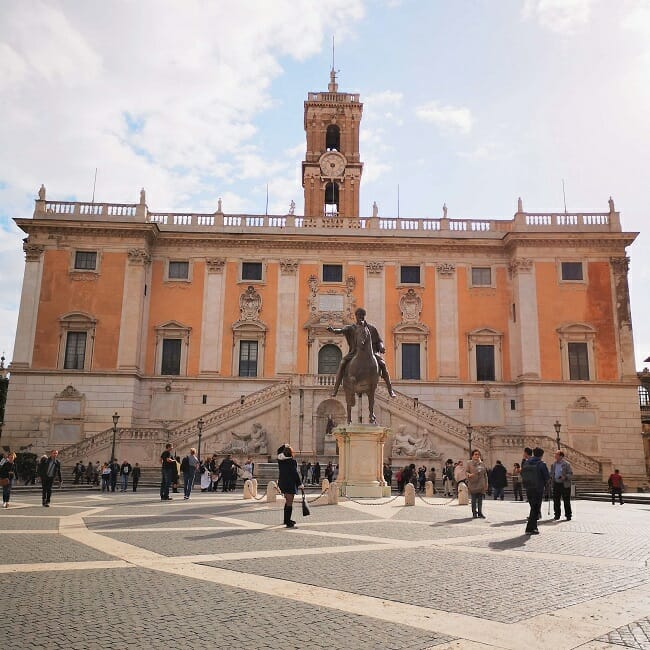
Rome first time must do for couples: the Spanish steps
They don’t need any introduction and are one of the easiest and more rewarding free things to see in Rome.
Catch the Spanish Steps in the evening if you can for beautiful views over the sparkling city. If you are looking for romance, it doesn’t get much better than this….
Throw a coin in the Trevi fountain
Can I be honest? I don’t think I am the only Roman who does not love Fontana di Trevi but I do understand is a must see and I recommend to go see if on your first visit to Rome.
Why I don’t love it? Because the area is so crowded you can hardly see the fountain itself and there is zero atmosphere not just on the square but on the surrounding streets.
With one exception: the evening. Head here after the crowds have left and you will quickly see why despite not loving it, I simply had to add it to this list. Find our guide to visiting the Trevi Fountain here.
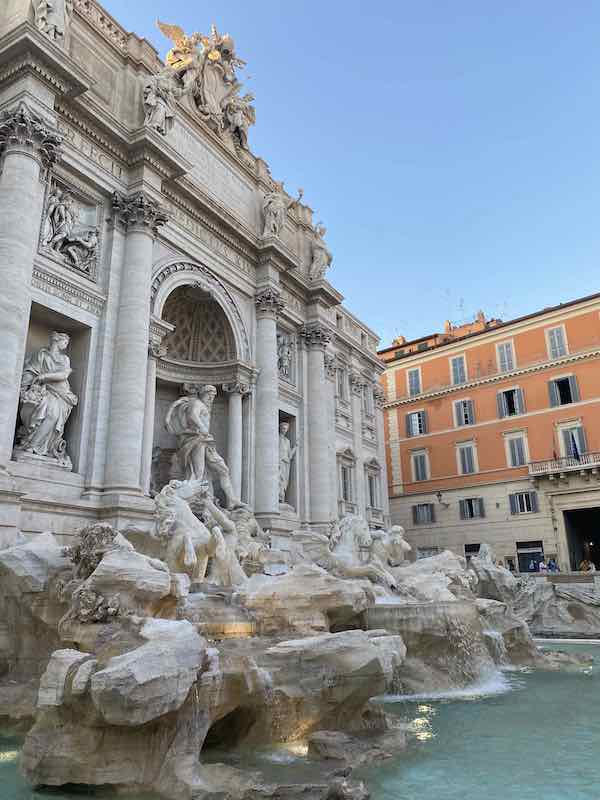
Look at the sky from inside Pantheon
Two things stand out about the Pantheon : its stunning facade, gracing one of Rome’s most beautiful squares and the hole in its roof.
The Pantheon is one of the most beautiful attractions in the whole of Rome and its square a must see. You will find yourself passing by it often, pretty much no matter what itinerary you follow and, if you don’t find excessive lines, do go it and join the crowds who wonder: what happens when it rains)
Visit Piazza Navona and Campo de’ fiori
At the two sides of Corso Vittorio lie two of Rome’s most beautiful squares: grand Piazza Navona and dusty Campo de’ fiori. Visit both one after the other for a taste of how varied Rome can be even in small areas
Cross the border into St Peter’s Square
Technically a different country but in practice a square in Rome, Piazza San Pietro is stunning and should not be missed.
The square is part of the Vatican state but there is no border crossing or check as such and the only access difficulties you may find are the excessive crowds. You can read more about the Vatican here .
The square is free to visit and so is the main floor of the basilica both very worth a visit during your first time in Rome.
You can find here my tips for visiting St Peter Basilica , the Vatican Gardens and Vatican City and Museums or my complete guide to planning a visit to Vatican City here .
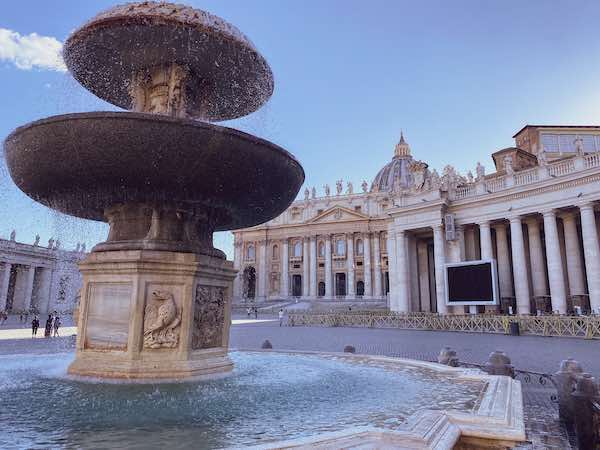
First time in Rome must do for foodies: take a stroll in Trastevere
I can think of several areas to recommend for an evening stroll but during your first time visiting in Rome I reckon the best one to start with is Trastevere .
Located on the opposite side of the river from the main historical sites, Trastevere is atmospheric and has a dynamic nightlife: head here fro a late afternoon stroll and pizza: it is known for having some of the best pizzerie in the whole of Rome.
See also >>> my guide to Rome for foodies, full of food finds!
First time in Rome must do for families:Villa Borghese
As a proud Rome mama of 2 I could not close this list without a mention of the best things do to in Rome with kids.
Rome is stunning for families and there is so much to see and do here I have a full list of over 50 things to do in Rome with kids – I recommend you have a look to pick those that attract your kids the most!
As well as many of the must see sites also on this list, make sure you seek out Villa Borghese .
This is one of the most beautiful parks in Rome and has lovely playgrounds as well as the zoo and a small pond with rowing boats and turtles. Not to be missed on your first family visit to Rome!
I hope you enjoyed this first timer’s guide to Rome and helped answer the question: what Rome tips and trick should I know to visit the Eternal City?
My name is Marta, I am a travel-loving mama born and bred in that messy, wonderful, infuriating, awe-inspiring unbelievably beautiful city that is Rome. A classics graduate and professional travel blogger, on this site I share my insider tips to help you plan your dream trip to Rome, Italy.
5 days in Rome with kids: Rome itinerary for families
How to visit ostia antica (and why you should add it to your rome itinerary), you may also like, what to wear in rome in spring: all..., rome in june: all you need to know..., how to get from ciampino airport to rome:..., rome in september: all you need to know..., how to enjoy rome on a budget: 22..., rome in august: all you need to know..., rome in april: all you need to know..., rome in march: all you need to know..., rome at christmas: all you need to know..., how to see the best of rome in..., privacy overview.
Awesome, you're subscribed!
Thanks for subscribing! Look out for your first newsletter in your inbox soon!
The best things in life are free.
Sign up for our email to enjoy your city without spending a thing (as well as some options when you’re feeling flush).
Déjà vu! We already have this email. Try another?
By entering your email address you agree to our Terms of Use and Privacy Policy and consent to receive emails from Time Out about news, events, offers and partner promotions.
Love the mag?
Our newsletter hand-delivers the best bits to your inbox. Sign up to unlock our digital magazines and also receive the latest news, events, offers and partner promotions.
- Things to do
- Restaurants
- Los Angeles
Get us in your inbox
🙌 Awesome, you're subscribed!

20 travel tips every first-time Rome visitor should follow
Whether you are a Roman novice or expert, these travel trips for Rome should be followed at all times

Don’t get us wrong, Rome is a very friendly place. But it’s not always the easiest to navigate. And unless you want to find yourself waiting for a coffee for three hours or queueing for the Vatican for three hours, there are some things you should know before you go.
And don’t panic. Our local writer Livia Hengel has the inside scoop on every rule, custom and hack for the big city. If you want to absolutely smash a weekend in Rome, read this list (and read it before you go. Trust us). Here is every travel tip you’ll need to do Rome as the Romans do.
RECOMMENDED: 📍 The best things to do in Rome 🍝 The best restaurants in Rome 🏛️ Unmissable attractions in Rome 🛍️ Where to go shopping in Rome 🏨 The best hotels in Rome
Livia Hengel is a writer based in Rome. At Time Out, all of our travel guides are written by local writers who know their cities inside out. For more about how we curate, see our editorial guidelines .
An email you’ll actually love
Travel tips for visiting Rome

1. Don’t order a cappuccino after noon
You may or may not have seen this one crop up on TikTok from time to time. But basically, don’t you dare order a cappuccino after noon. Cappuccinos are thought of as heavy drinks more suitable for breakfast, and paired with a cornetto. If you’re craving one in the afternoon, order a caffè macchiato instead.

2. …But gelato is acceptable any time, any season
Great news for gelato lovers. You can order one of these bad boys anywhere, anytime. Before lunch, after lunch, whatever you desire. The gelato world is your oyster in Rome, and their flavours change seasonally, so you’ll never get bored. Think ciccolato fondente (dark chocolate), pistacchio and mandorla (almonds). Delicious.

3. Buy Vatican tickets online to skip the line
Housing one of the world’s greatest collections, the Vatican Museums are one of Italy’s most popular attractions, visited by over 5 million people annually. Though you’ll inevitably face a crowd, you can skip the long lines by purchasing your museum tickets on the Vatican website. The extra Euros for booking online are well worth the time you’ll save by not waiting in line.

4. Free museums on first Sundays
Rome’s state-owned museums, galleries, archaeological sites, parks and gardens are free on the first Sunday of each month, so be sure to drop by and soak in some art if you’re in town these days. Lines quickly form outside the main attractions, so plan to show up early or visit a lesser-known destination (warning: you’ll still need to pay a fee to browse through special exhibitions).

5. Note museum closures
Many of Rome’s city and state-owned museums, like Galleria Borghese and Palazzo Barberini, are closed on Mondays, so plan your schedule accordingly. The Vatican Museums are closed on Sundays instead, so they’re very crowded on Saturdays and Mondays; if you can, try to visit Tuesday through Friday.

6. Order coffee at the bar
Have you guessed the Italians are quite particular about their coffee yet? Coffee etiquette actually makes up a fair few of the biggest culinary crimes you can commit in the capital. You might notice people in Rome tend to order an espresso and drink it standing up, before even leaving the bar. That’s the way things are done. Italians don’t order coffee from the table and have it brought to them, and in fact, that’ll likely slap you with service charge and almost double your bill. Do as the Romans do, and neck that espresso before you go anywhere.

7. Buy bus tickets ahead of time
Rome’s public transportation leaves much to be desired, but if you need to take a bus in the city centre, stock up on bus tickets ahead of time because you can’t buy them on the bus. You can buy tickets at any tabaccheria in the city, little convenient shops that are designated with a large T. Tickets are €1.50 each, or opt for a 24-hour, 48-hour or weekly ticket for a discounted price. Tickets are valid for all forms of public transportation in Rome (bus, metro, tram and local train).

8. Take your bus ticket straight to the beach
Speaking of public transportation, your €1.50 ticket is also valid on the local commuter trains in Rome, including a line that goes straight to the beach. You can catch a train at the Piramide Metro Station that will take you directly to Ostia Lido, Rome’s local beach. Although it’s not the most glamorous beach near Rome, Ostia is perfect for an inexpensive day trip, with some sunshine and fresh seafood.

9. Dress modestly in church
Rome has over 900 churches that house some of the city’s most beautiful works of art, so don’t miss stepping inside to marvel at their treasures, whether you’re devout or not. Just be sure to dress appropriately to enter these holy spaces: women’s shoulders should be covered, and skirts should hit at or below the knee, while men should wear pants or shorts that extend to the knees. Linen pants are a great option for the summer, and a scarf is a perfect last-minute cover-up if you’re wearing a tank top.

10. Watch your bags
Always be mindful of your bags on public transportation and around key tourist attractions. The city is safe, but petty crime is rampant, especially on crowded buses and metros. Thieves in Rome are stealthy, so always keep your bags zipped and held in front of you; wallets should ideally be tucked in your inner jacket pockets. Some thieves also snatch bags, so keep them in close reach at all times.
[image] [title]
Discover Time Out original video
- Press office
- Investor relations
- Work for Time Out
- Editorial guidelines
- Privacy notice
- Do not sell my information
- Cookie policy
- Accessibility statement
- Terms of use
- Modern slavery statement
- Manage cookies
- Advertising
- Time Out Market
Time Out products
- Time Out Worldwide
- Android app

An Easy Travel Guide to Rome, Italy
V isiting the Eternal City for the first time? Rome is one of the most visited cities in Italy and we created an easy travel guide to Rome so that you know the best things to see and do.
In this post, we’re sharing all we’ve learned from our vacations in Rome to help you plan your getaway. We’ll cover the most popular neighborhoods, the best things to see and do, how to get around in Rome, the best time of the year to visit, how to get to central Rome from FCO Airport, and tips for traveling.
Where is Rome
Rome is located in the region of Lazio, near the and is undoubtedly one of the most popular destinations in Italy. It has the highest population of all cities in Italy and sits about 1 hour from the western coast.
And when it comes to tourism, it’s no surprise that visitors from around the globe travel to Rome to see its beauty and Renaissance art, experience Roman cuisine and Italian cooking , shop the fashion capital, discover the piazzas and fountains, explore the historical landmarks, or even practice Italian phrases that they’ve learned.
The various neighborhoods are the most widely visited by tourists because they are where most attractions can be found. Traveling through the city is easy on foot, but you should also consider the Rome sightseeing bus or the Rome golf cart tours .
The Best Time of Year to Visit Rome
Rome can be extremely uncomfortable in the summer months (primarily June through September). In April and May, the spring temperatures are nice, the mornings are cool, and by noon you probably won’t need a jacket.
The Best Things to See and Do (by Neighborhood)
Each neighborhood of Rome has museums, churches, gardens, parks, and iconic spots to visit. This list gives a brief description of each district, and helps you understand what to see in each neighborhood. It will come in handy for deciding where to stay in Rome while planning your trip.
You may need to take public transportation to reach a specific neighborhood depending on where you stay. However, once you arrive, the area is completely walkable and getting from one point of interest to another is easy.
Modern Center
This neighborhood is located around Via Veneto and the Spanish Steps, the Modern Center neighborhood combines classic and contemporary influences. It has a mix of upscale boutiques, trendy cafes, and luxurious hotels, making it a hub for shopping, dining, and experiencing the modern side of Rome.
Palazzo del Quirinale
Complesso delle Quattro Fontane
Trevi Fountain
Galleria Nazionale d’Arte Antica a Pallazo
Santa Maria degli Angeli e dei Martiri
Castro Pretorio
Chiesa di Santa Maria della Vittoria
Museo e Cripto dei Frati Cappuccini
The heart of Rome’s historic center, the Old Rome neighborhood captivates with its cobblestone streets, charming piazzas, and awe-inspiring landmarks like the Pantheon and Piazza Navona.
Scalinta di Trinita dei Monti (Spanish Steps)
Museo dell’Ara Pacis
Campo de’ Fiori
Palazza Farnese
Piazza Navona
Museo di Roma Palazzo Braschi
Chiesa di San Luigi dei Francesi
Chiesa di Sant’Agnese in Agone
By far this is the most popular neighborhood in Rome for travelers. Trastevere is a bohemian neighborhood located on the west bank of the Tiber River. It is known for it narrow, winding streets, nightlife, and charming piazzas. Trastevere has a lively atmosphere with trendy bars, and traditional trattorias.
Villa Farnesina
Galleria Corsini
Basilica di Santa Maria
Orto Botanico
Home to the iconic Colosseum, the Colosseum neighborhood in Rome immerses visitors in ancient history as they explore the grandeur of the Roman Empire, marvel at ancient ruins, and soak in the architectural splendor of this UNESCO World Heritage site.
Roman Forum
Palatine Hill
Bocca della Verita
Circo Massimo
Piazza Venezia
Altare della Patria
Aventino – Tastaccio
Testaccio is a historic working-class neighborhood that has transformed into a culinary hotspot. It offers a vibrant food scene with traditional trattorias, gourmet restaurants, and a bustling food market.
Basilicia di San Giovanni
Terme di Caracalla
Knights of Malta Keyhole
Esquilino – San Giovanni
Located near Termini Station, the Esquilino neighborhood is a melting pot of cultures and flavors. Known for its diverse immigrant communities, Esquilino is a mix of ethnic restaurants, colorful markets, and architectural gems like the Basilica di Santa Maria Maggiore.
Basilica Papale di Santa Maria Maggiore
Palazzo Massimo alle Terme
Museo Nazionale Romano
Basilica di San Pietro in Vincole
Nomentano combines residential tranquility with commercial areas. This neighborhood is characterized by its leafy parks, elegant villas, and the iconic University La Sapienza. There is a mix of students, locals, and dining. Nomentano has a relaxed and intellectual atmosphere.
Sapienza University
North Center
The North Center neighborhood of Rome, encompassing areas like Villa Borghese and Parioli, presents a more tranquil and residential atmosphere. With its leafy parks, elegant villas, and cultural institutions like the Galleria Borghese, this area provides a peaceful retreat from the city center.
- Museo e Galleria Borghese
- Villa Borghese
- La Galleria Nazionale
- Museo Nazionale Etrusce di Villa Guilia
Vatican City
Vatican City is the smallest independent state in the world and the spiritual center of Catholicism. Home to St. Peter’s Basilica, the Vatican Museums, and the Sistine Chapel, this iconic neighborhood offers a rich blend of religious significance, magnificent art, and awe-inspiring architecture.
St. Peter’s Basilica
Vatican Gardens
Vatican Museums
Castel Sant’Angelo
Southern Rome
The southern part of Rome is less touristy and has an authentic atmosphere that portrays a taste of local Roman life. From food markets and traditional trattorias to vibrant street art and a strong sense of community, Southern Rome provides a glimpse into the city’s everyday charm.
Via Appia Antica
Catacombe di San Sebastiano
Catacombe di San Callisto
Museo Capitoline Centrale Montemartini
How to Get Around Rome
Getting around the cobbled-stoned streets of Rome is not hard. I’ve walked, biked, and bused throughout Rome and loved it! All are great ways to get around and the method you choose depends on how much time you have and your personal preference.
I recommend the Big Bus Tour or a Golf Cart Tour in Rome if you are short on time or if you booked your travel in the dead heat of summer (which can be intensely hot).
With these tours, you’ll see all the top Rome attractions with audio commentary in your language of choice. If you choose an open top tour bus, the added benefit is free wi-fi and for 3 extra euros, you can use your ticket for two days (it is worth it).
When it comes to seeing Rome, walking can not be avoided especially when getting to an attraction that require climbing hilly pathways or navigating ancient streets. In my opinion, being on foot is one of the best ways to travel in Rome.
Exploring the narrow streets can lead you to the most marvelous pasta, the creamiest gelato, or the most perfect pasta! I highly recommend visiting the Trastevere neighborhood for Italian street food .
Public Transportation
This is the best option for getting to a part of town that is more than 20 minutes on foot, especially if visiting a museum or park. Save your energy and use public transportation for less than 2 euros. You can purchase them at the tobacconist store.
You will need to validate your ticket upon boarding the bus (it’s an honor system). Getting caught with an un-validated ticket can result in a fine. You should also use a really good map of Rome.
Bike or Vespa
Peddling around the city on your own time feels so liberating. Bike rental is very affordable and is an enjoyable way to experience the outdoors, get some exercise to make up for all the Italian breakfasts that you eat, and explore Rome.
You can find rentals for as little as 13 euros for 24 hours, complete with lock, for a standard bike. The price for e-bikes is higher.
Getting around on a two-passenger scooter is loads of fun! Rent a Vespa to skirt traffic or explore outside the city. They can be rented by the hour or day. This will make your trip to Rome memorable as you travel in true Italian style!
How to Get to Central Rome from FCO Airport
There are several options to get from Leonardo da Vinci International Airport to the center of the city. I found the train to be the quickest and most affordable especially if you’ve had a long day of travel and want to get to Termini station.
The most economical way to get from the airport to the city center is via a shuttle bus service from the airport. You can travel conveniently between Rome’s city center and the airport and take pleasure in a stress-free arrival or departure from the city.
The ride takes about 50 minutes and departures run from the airport every 30 to 40 minutes so you have time to collect your luggage. Shuttles stop in Terminal 3’s arrivals section. Look for the respective service at the arrival platform.
Terravision offers a shuttle service for less than 8 euros it’s quite popular. The buses are air-conditioned and there is no cost to bring your luggage aboard. It goes directly to Termini station with no extra stops.
Another option is the public transportation system, which costs about 6 euros. The bus stops multiple times in the city center, including one close to the Vatican and one at Termini Station, throughout the 45- to 1-hour one-way trip.
Buses halt in Terminal 3’s arrivals section, at number 14. You can purchase tickets at the airport desk or online.
A taxi is quite expensive. It will set you back almost 50 euros and the ride takes just as long as a shuttle service (about 50 minutes). You can find the taxis at the arrival level of Terminal 1 and Terminal 3.
The Leonardo Express train is less than 20 euros and runs every 15 minutes during peak periods. It is operated by Trenitalia and the ride takes about 30 to 40 minutes.
If you wait to collect your luggage, and then make your way to the window or kiosk to purchase your ticket, note that many others will be doing the same. Hate long lines? You can purchase tickets in advance and be ready for validation after boarding the train.
I can’t recommend a car rental unless you plan a day trip and need a set of wheels. Rome is completely walkable. Not to mention, even Italians know that finding a parking space can be a hassle.
Tips for Visiting Rome
I adore visiting Italy. And no trip would be complete without seeing some of the most iconic and historic spots in the Eternal City.
Don’t make the mistake (that I made on my first trip) and skip these incredible spots! Fortunately, I was able to see them on return visits!
Whether you are visiting the Vatican for the first time or returning because you tossed a coin into the Trevi fountain, these Rome travel tips will come in handy to make your stay enjoyable.
- Be prepared! Read these tips on the essentials for an international flight .
- Think comfort when flying coach , it will help you stay calm and confident.
- Beware of scammers, pickpockets, and panhandlers. It’s a thing in Europe and it can happen when you least expect it.
So, what are you waiting for? Book that flight to Rome and thank me later.
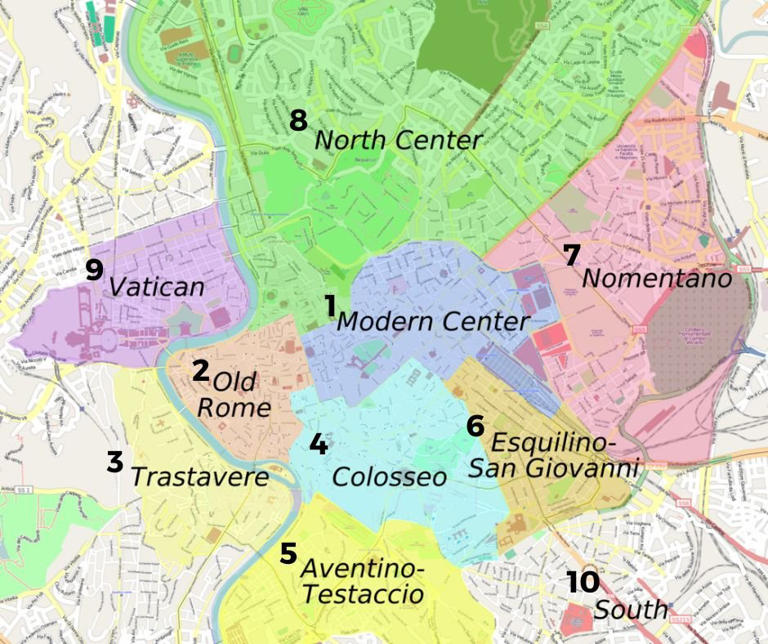
- UK +44.020.3239.6377
- USA +1.315.876.9833
- Ireland +353 1 443 4205
- Italy +39.320.270.9434

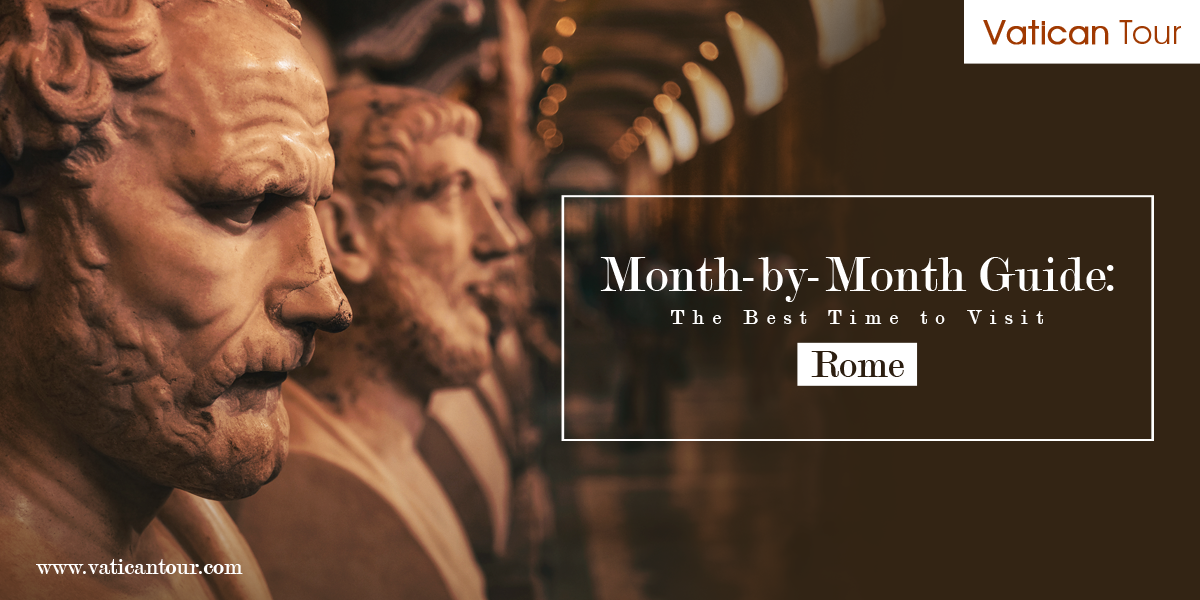
Month-by-Month Guide: The Best Time to Visit Rome
It’s obvious, we love Rome . For us, there’s no bad time to explore the Eternal City. Except, maybe August; it’s so hot that you can even fry eggs on the stones!
Therefore, each season offers something unique; if you want beautiful sunny skies, you have to tackle maddening crowd, or if you want to absorb the serenity around, then expect cold frigid winds – so, the choice is yours!
When to Visit Rome: A Nifty Monthly Guide
Damp and chilly, Rome in January is a different experience altogether! The trees are bare and incessant rainfall lashes the city. Nevertheless, winter in Rome is a sightseer’s dream.
Don’t Miss:
- Artichokes – A delicious complement to meat and pastas, they have our hearts! Try them in the traditional Roman and Jewish styles.
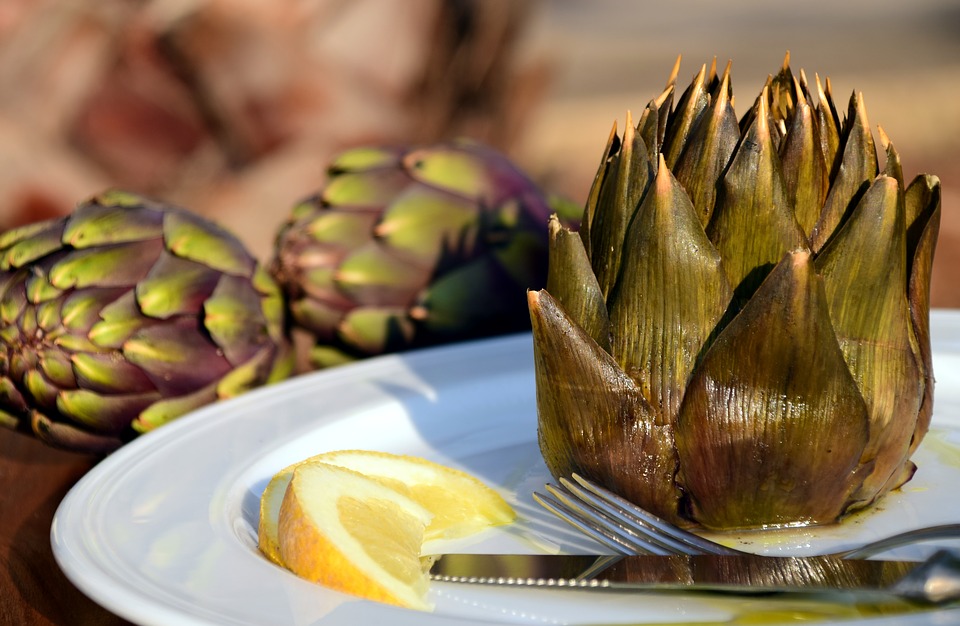
- Winter Sales – Shoppers can enjoy the retail sales on Via del Corso, or head to the magical Christmas market at Piazza Navona for festive shopping and a ride on the carousel.
Rome is manageable but wet in February.
- Fair deals on accommodation – As the holiday season has just ended, the prices for accommodation are relatively low.
- Less crowded – Wander around the streets in your most comfortable winter clothes and take in the ancient Roman sites minus the crowd!
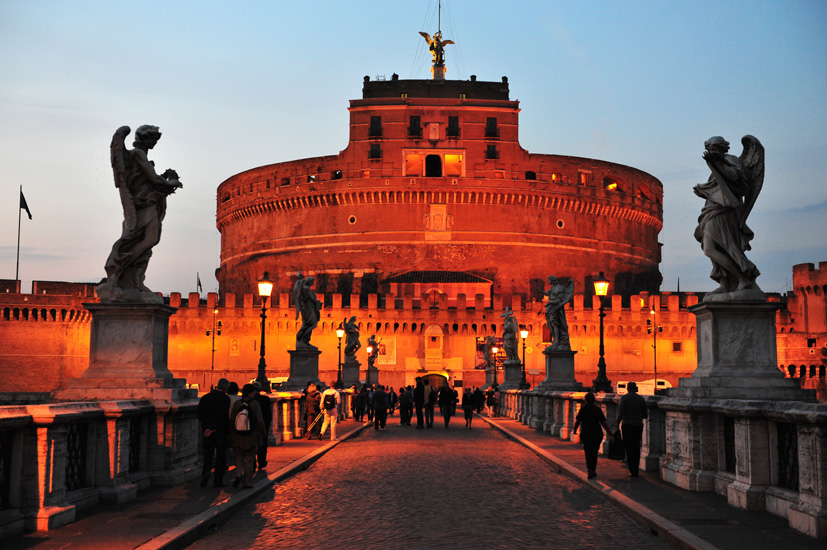
Marzo è pazzo , meaning ‘March is Crazy’, with respect to the weather. Certain days you’ll enjoy mild Spring weather, only to get suddenly caught up in a heavy torrential downpour! Bizarre, but exciting!
- Tours of the Pantheon : If the weather is pleasant, put on a leather jacket, pick up an umbrella and hit the streets of the ancient city! Depending on when Easter falls, the Vatican and Colosseum may also attract fewer crowds.
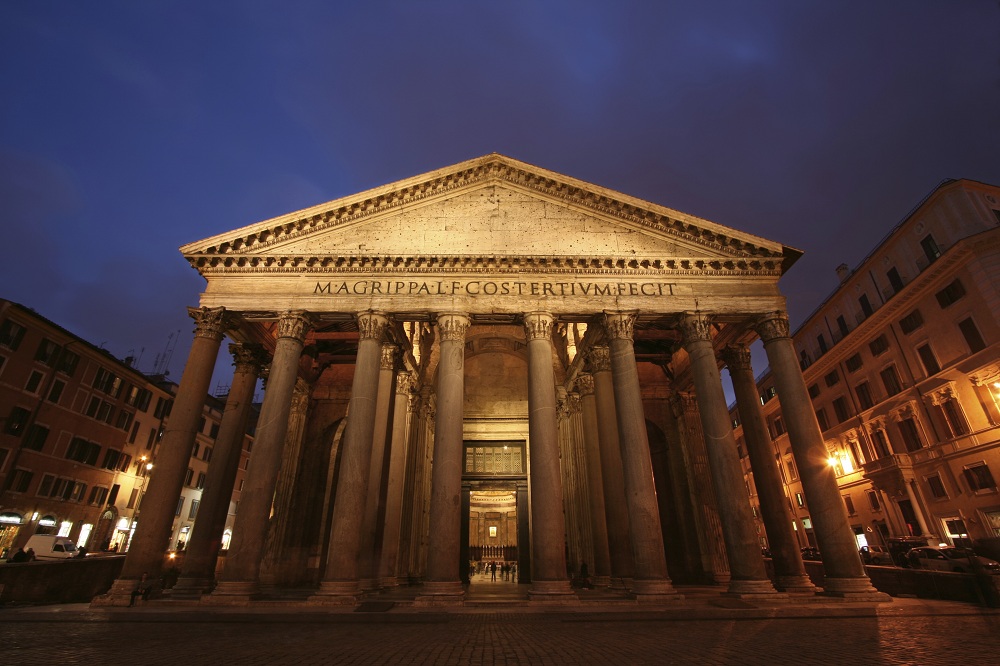
Spring in Rome is magical. Pleasant weather and stunning vistas will melt your heart. But, expect steady crowds. To avoid long queues and enjoy a hassle-free experience, opt for Vatican & Colosseum Tours .
- Easter – It’s when pilgrims flock to the Vatican. The ancient sites will be crowded but they don’t lose an ounce of their charm and enigma.
- April 21 st , the day when Rome was created. ’Tis time to cherish and celebrate!
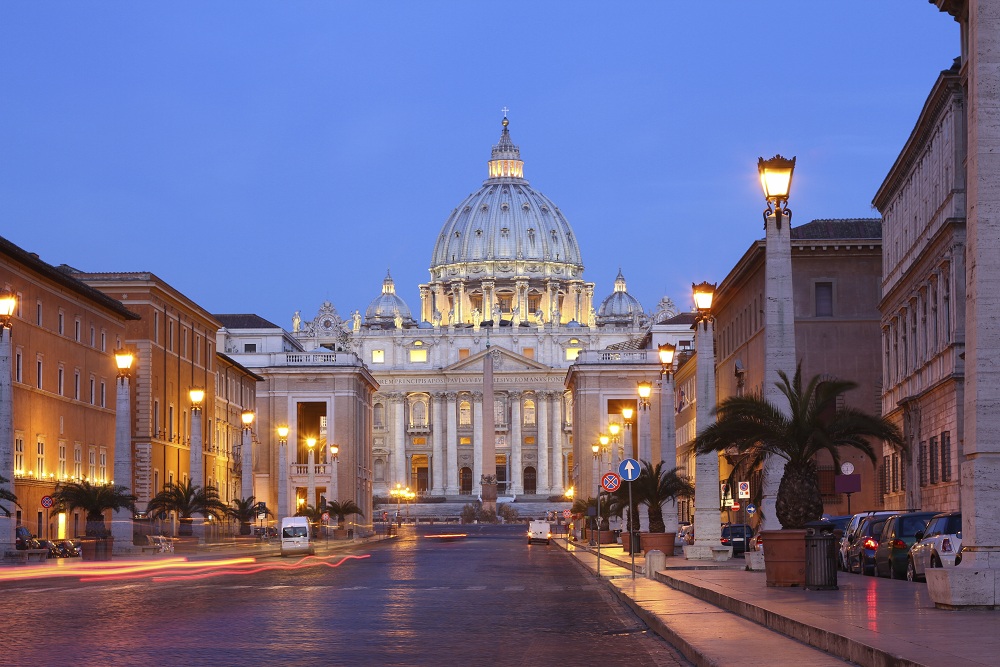
Rome is drenched in colors in May. An almost carnival-like atmosphere envelops the city.
- The blooming pots of bougainvillea along the Spanish Steps.
- Free concert at San Giovanni.
- A lavish picnic in Circo Massimo.
- Take a walk amidst the Rome’s Rose Garden that remains open for a limited time only in the month of May.
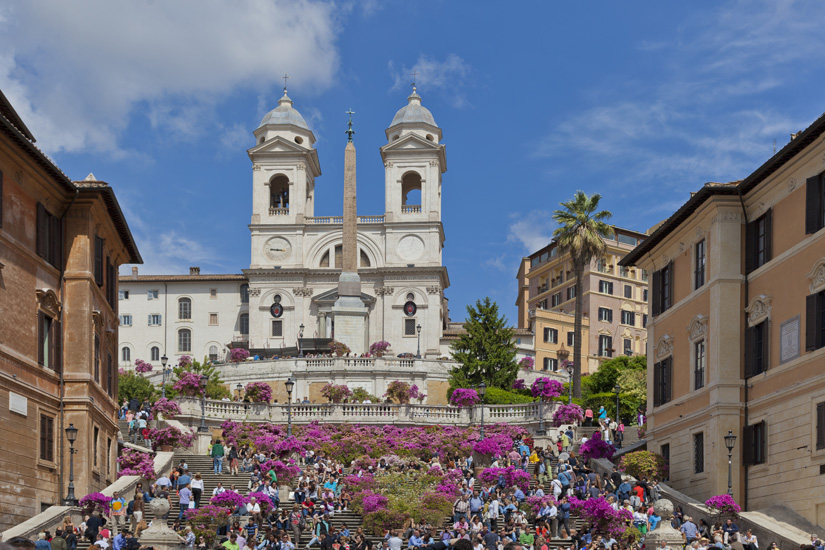
Summer in Rome is glorious. So are the June days. The city is drenched in cheerful vibes and festive feels.
- The most popular gelaterias in Rome –The delicious gelato scene in the Italian capital continues to evolve. A word of advice: embrace the seasonal flavors but say no to outrageous colors and gargantuan mounds of gelato. That’s it!
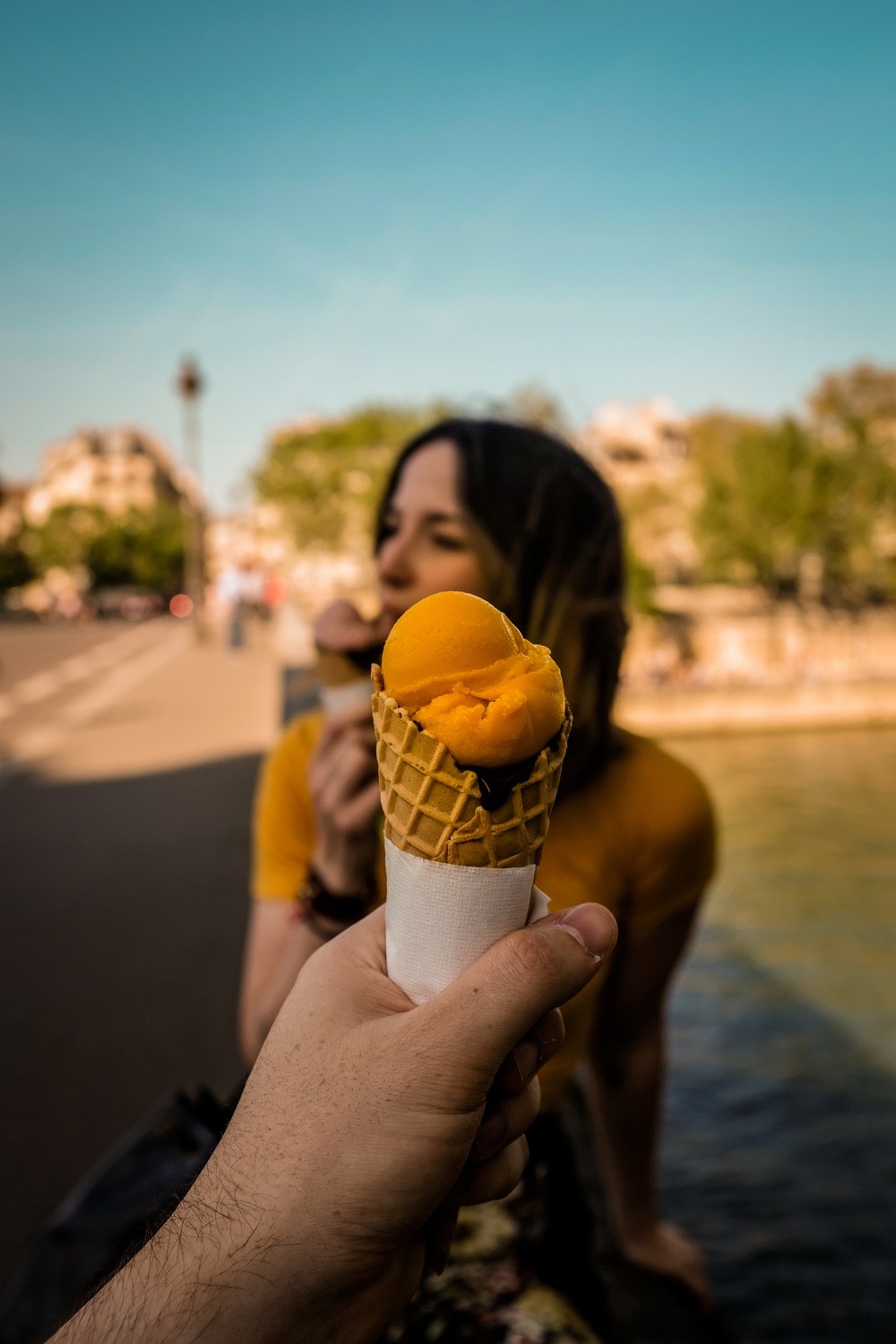
- Exciting summer concerts.
- Celebrate the Festa di San Giovanni – the Feast of Saint John.
- Wine and dine on seasonal spreads against a stunning backdrop of fireworks and festivals.
Be it Piazza hopping, church gawking or catching concerts in Teatro Marcello, Rome in July is a raft of outdoor activities. The city comes alive during this month. And yes, we do love it to the core!
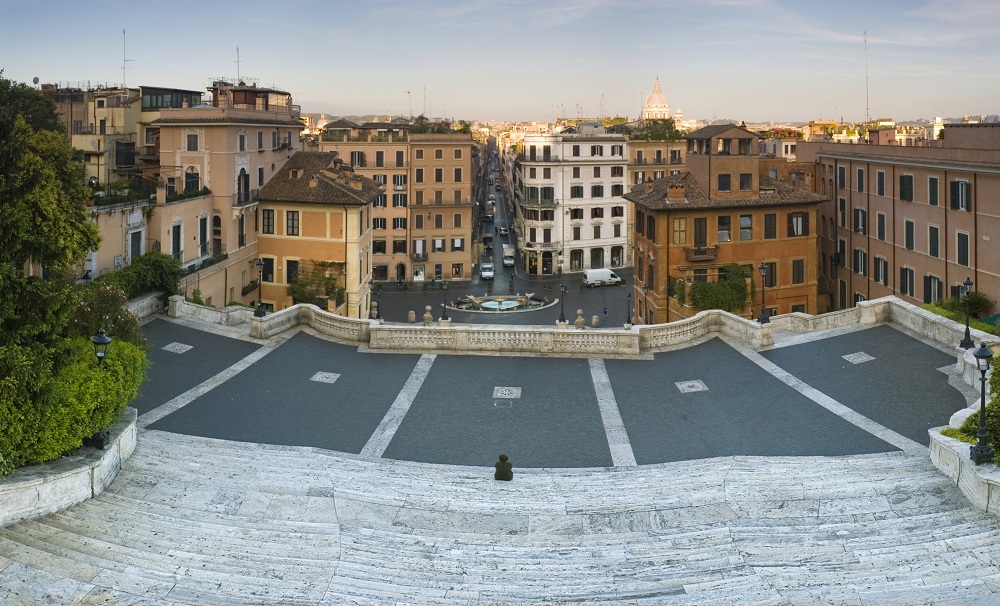
- Special Offers on Vatican Tours – Avail such guided tours in Rome and avoid the long meandering queues, because the city gets choked with tourists this month and the heat is killer!
- Spend languid evenings on beautiful rooftop bars and watch how Rome comes to life with the setting sun.
Frankly, there’s not much to do in August as Romans close-up shop to take their yearly holiday this month. Also, Rome in August feels like roasting in a furnace, no exaggeration. Still, if you want to come, we recommend the first 2 weeks of August. That’s bearable.
After August, September in Rome can be of respite, as the evening temperature drops a little. Though it’s still warm, the travelers start pouring back in.
- Museums offering new shows, post-summer.
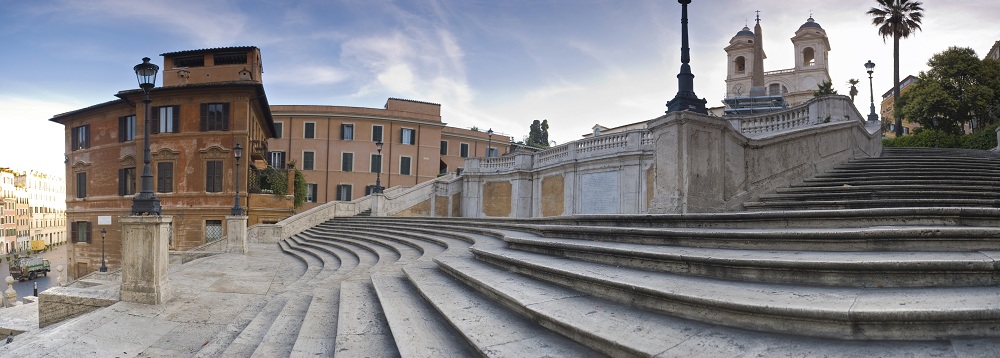
Probably one of the best months to visit Rome! With warm days and pleasant nights, October is simply breathtaking in Rome.
- Take a stroll across the Borghese Park or through the Appian Way; it will help you appreciate the fall colors.
- Soak in the gorgeous sunshine falling upon Rome’s Orange Garden; it’s a pure delight.
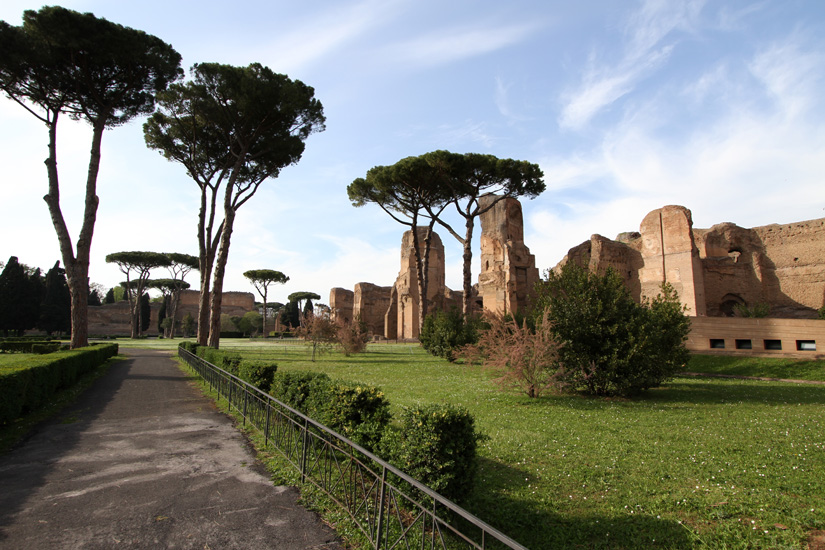
Generally associated with heavy downpours, November is the month when winter starts to set in. The searing sun-burnt feeling from orange-hued buildings is replaced by cold and damp air biting the lungs.
- Feel the balmy winter sun shining upon you, while sipping glasses of fine wine and relishing the mesmerizing views of the Eternal City.
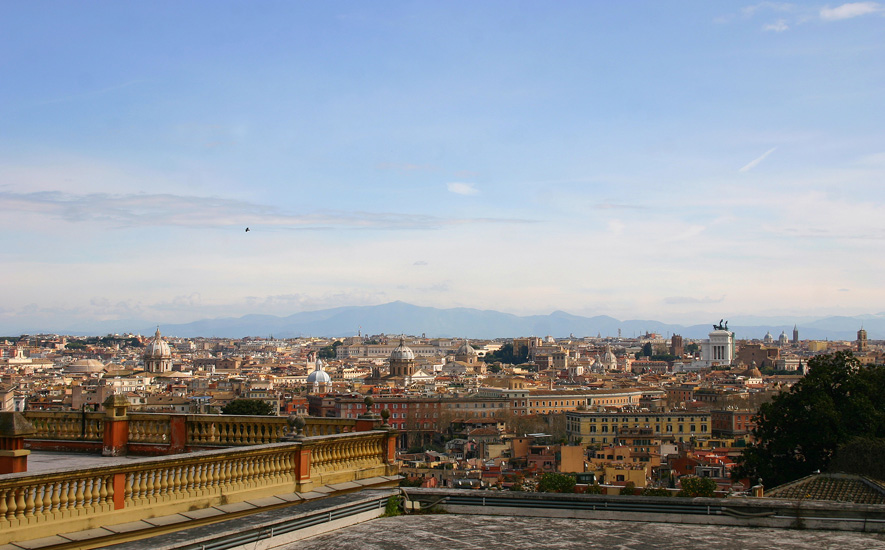
The month of festivities is here! The lack of crowds and a cooler climate scores extra brownie points. And also, in winter, Rome resembles a wonderland.
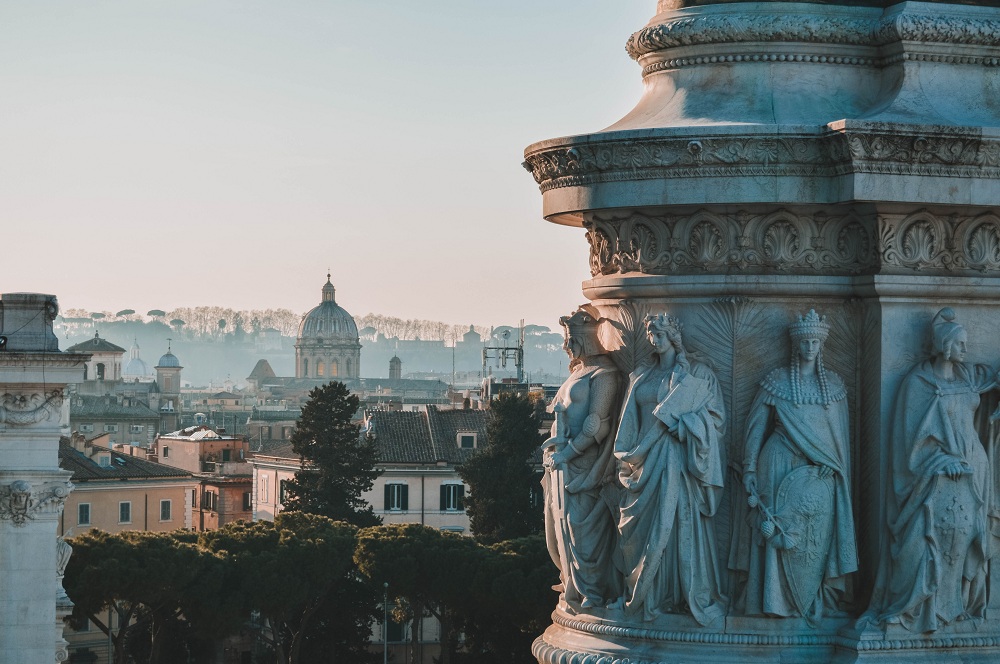
The Baroque architecture around the city when kissed by winter sunshine looks spectacular!
- Christmas décor and lights makes Rome look magical!
- Take a walk-through Piazza Navona; it’s a Christmas wonderland.
- Shop the sales – Shopping in Rome is a hit in winter. While the prices dip lower, the volumes of sales swells up.
- Head to Piazza del Popolo and catch the biggest party of the season. It’s here that a smashing New Year Eve’s party takes place, complete with dancing, music and fireworks.
So, have you picked the best month for your visit to Rome?!
READ ALSO OUR NEW UPDATES
- Exploring Mesmerizing Artworks in the Vatican
- An Evening Stroll through the legendary streets of Rome
- Discovering Secrets from Past in the Neighbourhood of The Colosseum
- Devouring Authentic Flavors in Rome: 8 Handpicked Italian Foods to Try
- 3 Nifty Tips to Read before Visiting the Colosseum in Rome
- Guide to Have a Wonderful Vacation in Rome in the Winter
- The Perfect Vatican City Tour in One Day
- www.VaticanTour.com
- www.MaximusTours.com
- www.PapalAudience.org
- www.PrivateVaticanTour.com
National Geographic content straight to your inbox—sign up for our popular newsletters here
How to plan a family city break in Rome
Visiting the Italian capital brings history vividly to life, and you can sightsee simply by strolling, with regular reviving pizza, pasta and ice-cream stops.

Rome, a place of mythology, gladiators and ice-cream, has an unparalleled hold on the imagination. The city centre feels like an open air museum, the gloriously intact Colosseum rising up at its ancient heart, and with millennia-old ruins and dazzling baroque at every turn.
Central Rome is fairly walkable, so stay centrally or somewhere with easy access to the centre by metro or bus and it’s easy to explore, hopping on the occasional metro or bus for longer journeys. Rather than specifically family-friendly sights, in Rome a family trip could encompass epic Roman ruins, chances to tell a lie at the Mouth of Truth, or cycling around the bucolic Villa Borghese park. Another plus is that Italians love children, and babies, especially, will get a fuss made of them wherever they go.
What to do in Rome with kids
Toddlers: The Palatine encompasses the imperial ruins of ancient palaces, but more importantly, lovely gardens in which toddlers can run around and play; pack a picnic to take it easy and enjoy the greenery. What’s more, the Palatine is covered in the same ticket as the Roman Forum and Colosseum, with splendid ruins, and stories of emperors, gladiators and wild animals to inspire your small companions.
The Explora Museum has a central water mechanism where toddlers can get busy moving water from one place to another and getting the machine to work. They can also play at being grown ups, with small shopping trolleys, post office counters, and grocery shopping. There’s a good playground outside (a rarity in Rome), with a zipline.

Rome’s piazzas are ideal for young children, giving the freedom to run and roam. Piazza Navona has impressive fountains, street artists and performers such as living statues. There are also the elaborate displays of Al Sogno toyshop, and Città del Sole toy store nearby, the latter with lots of wholesome wooden toys.
Children under 10: The Colosseum looms large on the landscape of any trip to Rome, and younger kids will find the evocation of gladiatorial combat, imperial power and wild beasts irresistible. Opt for a family guided tour to bring the ancient auditorium to life. Afterwards, wander up nearby Aventino hill for a view through its mysterious peephole.
Rome’s historic centre includes the chance to gaze upwards at the Pantheon’s oculus and toss a coin into the Trevi Fountain. Try some hands-on Leonardo inventions at Museum Leonardo Da Vinci Experience . Have a marble sign engraved at Via Margutta’s Il Marmoraro, and get your hand (possibly) bitten off at the Mouth of Truth.
The ancient Roman road, the Via Appia, has a preserved stretch running southwards through emerald countryside and lined by Roman ruins. You can bike it, with bike hire at the Visitor Information Centre . Nearby, Rome Gladiator School runs gladiatorial training sessions, ideal for kids who love a bit of mortal combat.
Tweens and teenagers: Colosseum night tours are a thrillingly different way to explore the amphitheatre. Take a tour that visits the building’s underground sections where the wild beasts were kept, as well as the seeing the arena by moonlight, an atmospheric way to see where the deadly entertainment took place.
Villa Borghese , Rome’s most beautiful park, has Surrey (four-person), regular, or e-bikes, so you can explore the park with its boating lake. Check out viewpoints that offer a backdrop of Roman rooftops, such as at Pincio Hill, or a short walk away, photogenic anoramas from the top of the Spanish Steps, the city’s rococo outdoor staircase.
The Vatican & St Peter’s have days worth of riches to explore, and even the surliest teen will be (secretly) impressed by the glories of the Sistine Chapel. Take a teen-oriented tour of the highlights to avoid museum fatigue and queues. Climb the dome of St Peter’s for a soaring view down over its piazza and beyond.
Where to eat in Rome with kids
Toddlers: A wonder of Rome is that children are welcomed with benevolent smiles, while babies are treated like mini-celebrities. Mezza (half) portions are offered rather than children’s menus. If you don’t fancy a sit-down meal, pick up some of the world’s best takeaway pizza from Forno di Campo di Fiori. For a more leisurely meal, there are hundreds of options, such as lively Pizzeria alle Carrette , in Monti, convenient for the Colosseum, where there are plenty of pasta dishes available as well as pizza.

Children under 10: Local trattorias have appealing menus of pasta dishes and are lively and welcoming: look out for places such as Da Tonino , with big pasta portions on gingham tablecloths close to Piazza Navona. La Polpetta is likely to appeal as it has pasta and pizza, and serves up a cornucopia of different meatballs and other fried things (‘polpetta’ means ‘meatball’); there are several branches, most conveniently in Trastevere and Monti.
Tweens and teenagers: The best place in Rome for street food and Roman foodie culture is the covered food market in Testaccio, full of food and market stalls. Here you can get offal-rich Roman sandwiches at Mordi e Vai and pizza al taglio (by the slice) with unusual toppings (such as fennel, orange and olives) at Casa Manco. The lively streets of Trastevere are popular for an evening stroll, and there are lots of choices, including Trattoria Oste Nostro , on a cobbled backstreet, with enough insouciant cool and delicious pasta dishes to appeal to t(w)eens.
Where to stay in Rome with kids
Toddlers: With toddlers, make life easier for yourself and stay somewhere central, so you don’t have to travel far to explore. Albergo del Senato has baroquely decorated family rooms, a roof terrace, and overlooks the heart of the action of the Pantheon square. You can’t get much more central than Navona 49 , on Piazza Navona, which offers apartments with kitchen facilities - ideal when you’re travelling with little ones.
Children under 10: For a peaceful vibe, yet still not far from the centre, check into the Aventino neighbourhood. This is a hill neighbourhood of ivy-cloaked ochre villas and peaceful streets, plus the Orange Garden, with big views over the city, You can stay at the gracious Hotel Via San Pio , which has family rooms that sleep up to four. Nearby, and not far from the Colosseum, Apartment Nido all’Aventino offers several smart apartments, with a sun terrace.
Tweens and teenagers: This age range will relish being in the heart of the action. A good area is Tridente, close to Piazza del Popolo, the Spanish Steps, and designer and mid-market shopping. Stay at the swish Babuino 181 where there’s a rooftop with a view, or opt for an apartment, such as Margutta Terrace Apartment , which is tucked away on an historic and gallery-lined cobbled street, opening onto a courtyard.
Related Topics
- FAMILY LIFE
- FAMILY TRAVEL
- ANCIENT HISTORY
- CHILDREN'S MUSEUMS
You May Also Like

A family city guide to Berlin

How to plan a weekend in Murcia, one of Spain's most underrated regions
Free bonus issue.

The big trip: how to plan the ultimate Silk Road adventure through Central Asia

How to plan a weekend in South Moravia, Czech wine country

5 of Europe's best family city breaks for football lovers, from Barcelona to Liverpool

10 experiences families shouldn’t miss in San Diego

The Cool List 2024: the 30 most exciting destinations to visit in 2024
- History & Culture
- Environment
- Paid Content
History & Culture
- History Magazine
- Mind, Body, Wonder
- Terms of Use
- Privacy Policy
- Your US State Privacy Rights
- Children's Online Privacy Policy
- Interest-Based Ads
- About Nielsen Measurement
- Do Not Sell or Share My Personal Information
- Nat Geo Home
- Attend a Live Event
- Book a Trip
- Inspire Your Kids
- Shop Nat Geo
- Visit the D.C. Museum
- Learn About Our Impact
- Support Our Mission
- Advertise With Us
- Customer Service
- Renew Subscription
- Manage Your Subscription
- Work at Nat Geo
- Sign Up for Our Newsletters
- Contribute to Protect the Planet
Copyright © 1996-2015 National Geographic Society Copyright © 2015-2024 National Geographic Partners, LLC. All rights reserved
Best time to travel to Rome
If you have already decided that Rome will be your next getaway, you just need to know what is the best time of the year and its advantages to visit the Eternal City. Read on!

Isabel Catalán
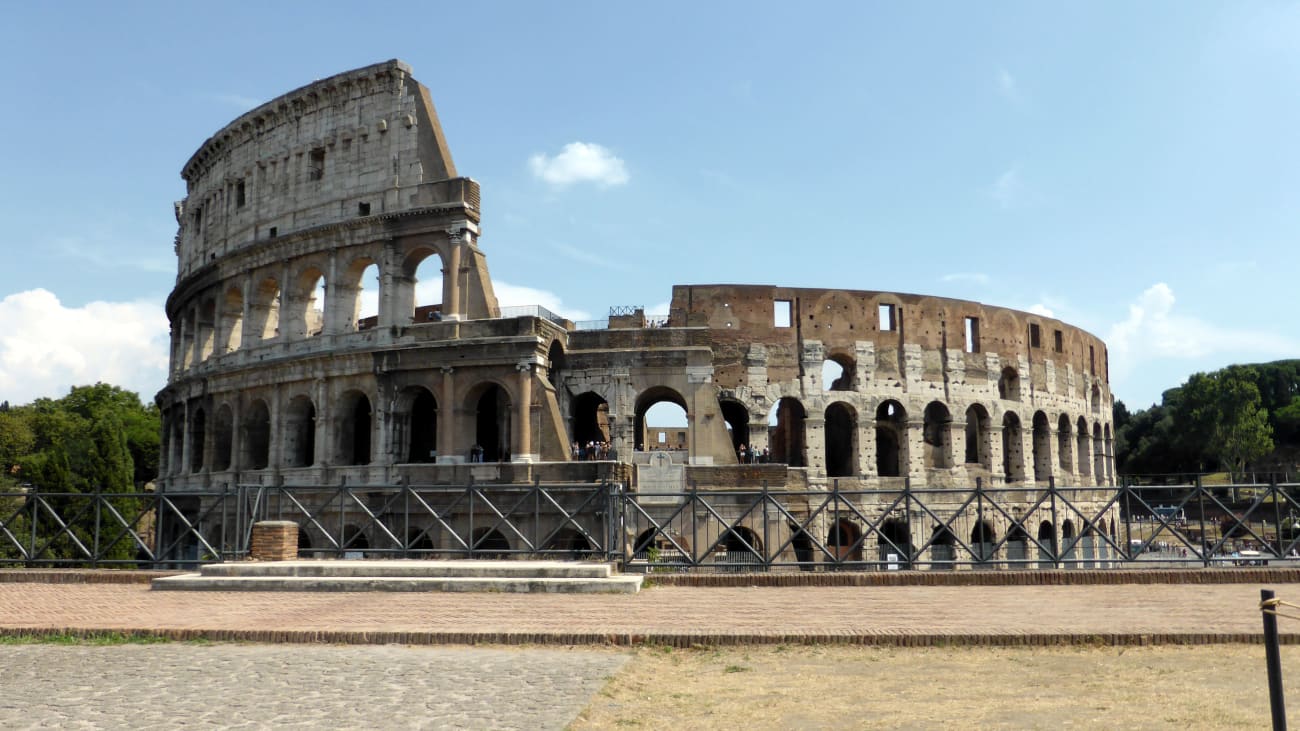
Colosseum of Rome | ©Sean MacEnte
One of the reasons why there are always things to see and do in Rome is because the city has a mild Mediterranean climate , which makes any time of the year a good time to visit the city. However, if you have the chance choose to visit Rome in spring or visit Rome in autumn as the temperatures are more pleasant.
However, when planning a trip to Rome , other factors such as tourist saturation or prices should be taken into account. Don't worry! In this post we analyze all these issues so you can get an idea of what awaits you in the Italian capital.
1. When is the best time to travel to Rome?
Spring and autumn are the best times to travel to Rome, as both are transitional seasons where it's not too hot and not too cold. The days have more daylight hours but the temperatures are mild, which is perfect for outdoor sightseeing and walking the streets of the city seeing its beautiful and ancient monuments.
Thus, if you have not yet chosen the time to travel to Rome, I recommend you to choose the months of April and May or September and October for having a mild climate. In addition, it is mid-season for tourism so you will find good deals on accommodation.
In any case, when planning your trip, it is always a good idea to check the average temperatures in Rome to choose the right clothes to take in your suitcase, it never hurts to bring a warm jacket in case it gets chilly in the spring or autumn evenings!
Book your skip-the-line tickets to the Vatican
2. Visiting Rome in spring, mild temperatures and colorful nature
As winter comes to an end, the thermometers begin to rise and the temperature is very pleasant . Although the nights of March are still cool in the early spring, the temperatures compensate in the middle of the day when they become milder.
As spring progresses, it gets warmer without being oppressive and there are also more daylight hours , so the days are longer.
Romans take the opportunity to go for a walk in the streets, have an aperitif on the terraces of Rome or practice sports. It is a great time to stroll through Rome' s parks as the vegetation is lush and full of beautiful colors. It is also a great time to visit the city's viewpoints and enjoy the best views of Rome .
During the spring there may be a rainy day but nothing that can't be fixed with an umbrella. These days also have their charm and you will get some beautiful photos!
Tourist crowds in spring
If you want to go sightseeing in the streets of Rome, this is a good time because although they are more crowded, they are not as busy as in summer and the main tourist attractions are quieter.
In addition, in spring you can travel to Rome for less money . Except during Holy Week , when the city is crowded with pilgrims and prices go up a bit. If you do not travel to the city for religious reasons, it is best to avoid those dates to enjoy it with more tranquility.
In this other post I leave you all the information about what to see and what to do in Rome in spring .
Book the tour of the Christian basilicas in Rome
3. Visiting Rome in autumn, good weather and cultural events
At the beginning of autumn, temperatures are still high in Rome as the sensation of suffocation lasts well into October, with an average temperature of around 25°C on the thermometers. However, the nights gradually become cooler , which makes it easier to fall asleep in the Italian capital.
Later on, temperatures become milder and more pleasant, as they do in spring, so many Romans take advantage of the fact that the weather outside is still good during the day to play sports, have a drink on a terrace or take a stroll in Rome' s parks . The city shines with a special light and watching the urban nature when the color of the leaves changes is one of the most romantic plans you can make in the Eternal City .
However, the days are getting shorter and it gets dark earlier so you will have to plan some activities earlier, especially those that take place outdoors. In addition, it tends to rain more during autumn, especially in October and November, so you will need to include a raincoat in your luggage.
Tourist crowds in autumn
As in the spring, during the autumn the number of tourists in Rome is lower compared to the summer. There are not as many tourists and hotel prices drop , making it easier to find accommodation for less money.
In addition, the queues at tourist attractions such as the Colosseum or St. Peter's Basilica are shorter in autumn and it is quieter.
It is also a good time to travel to the city because there are a lot of events such as the Rome Film Festival or the Roma Jazz Festival as well as Italian festivities where you can participate such as All Saints' Day (November 1).
Here is everything you need to know about what to see and do in Rome in autumn .
Book a private tour of Rome
4. Visiting Rome in summer, too hot and too crowded
During the summer, Rome is hot - very hot! The thermometers can easily rise up to 35°C and when heat waves occur, temperatures can reach 40°C. Add to this the humidity of the Tiber River, and unless you can tolerate the sensation of heat , walking through the streets of the city can be mission impossible.
For this reason I recommend you to be well prepared to combat the heat : plenty of fresh water, sunscreen, hat, sunglasses and comfortable shoes. Also, choose clothes made of light and cool fabrics instead of dark or black clothes.
During the day the temperatures are high and sticky , but fortunately you will find many fountains scattered throughout the streets and squares of Rome where you can cool off and refill your water bottle. I also recommend you take advantage of the high temperatures to, for example, visit the best works of art in the Capitoline Museums to escape the heat. At night, the oppressive heat drops but sometimes it is still difficult to fall asleep so before going to bed, take a walk in the Trastevere neighborhood at night, one of the liveliest at this time of the year.
This time of the year is dry and there are very few rainy days , so bad weather will not spoil your outdoor plans. The days are quite long and it doesn't get dark until after 9 PM, which is ideal for getting the most out of your sightseeing while tasting one of the best ice creams in Rome . It's the best time to go out and have fun!
The summer tourist season
Summer is the ultimate holiday season so it's high season in Rome - the streets and the main attractions are packed with tourists! There is more hustle and bustle around them and the lines at the entrance are longer.
Even though it is hot, summer is a fabulous time to enjoy open-air concerts and markets , summer cinemas , riverside food stalls, a drink in the evening breeze and fireworks .
During the August Fair (August 15) it is customary to go outside the city for the day, so there are fewer people and the streets are a little quieter for strolling.
As for the availability of hotels during this season is lower, so if you want to visit Rome in summer, my advice is to book your accommodation in advance to get better prices as these skyrocket.
Want more details? You have them in the post on what to see and do in Rome in summer .
5. Visiting Rome in winter, few people and cheap prices
When autumn comes to an end, the thermometers start to drop and it gets really cold (although during the day and in the sunshine, temperatures can be pleasant). This feeling of cold is even more pronounced due to the higher humidity produced by the abundant rainfall at this time of the year, with the coldest months in Rome being January and February .
In addition, the hours of sunshine are shorter and the days are shorter . With this weather you feel like spending less time outdoors and more time making plans indoors. Whether it's having some Italian sweets with hot chocolate in a café or visiting the monuments of Rome, since in this season there are fewer people at the entrance of the tourist attractions and you can explore them at your leisure.
The influx of tourists in winter
Due to the fact that during the winter it is quite cold and the days are shorter, many people are reluctant to travel but it is a good time to visit Rome as there is not as much tourism in the city as during the rest of the year and prices are much cheaper for both flights and hotels.
During the winter it is worth going out and spend a little cold to enjoy Christmas in Rome , its cribs and its beautiful markets of Christmas crafts and typical food installed in the most important squares. You can take advantage and buy a nice souvenir there! Or if your trip coincides with the end of the year, you can also go out to watch the wonderful fireworks display and see how the Romans celebrate the New Year.
On the other hand, February is one of the coldest months next to January but you might want to check out the Roman carnival . It is not as popular as the one in Venice, but it has its charm too!
If you want to know more, I recommend you to take a look at this article on what to see and do in Rome in winter .
We compare in the table the different seasons for visiting Rome
- Mild temperatures
- Low rainfall
- Medium season
- Busy tourist attractions
- Warm temperatures
- Very low rainfall
- High season
- Occasional rains
- Cold temperatures
- Heavy rainfall
- Tourist attractions not very crowded
The Best Travel Guide to Rome
- SS Lazio Tickets
- AS Roma Tickets
- Coldplay Roma Tickets
- The 9 best excursions from Rome
- How to Buy Tickets for the Colosseum and the Vatican
- Rome Colosseum Tours
- Vatican Museum Tickets: how to buy, prices and discounts
- Sistine Chapel Tickets: how to buy, prices and schedules
- Pompeii Day Trips from Rome
- Rome Colosseum Tickets: how to buy, prices and schedules
- Rome Pass and other passes
- 25 Best Things To Do in Rome
Things to do in other destinations
- San Francisco
Select your language
Argentina (USD)
Brasil (USD)
Canada (CAD)
Colombia (USD)
Denmark (DKK)
Deutschland (EUR)
España (EUR)
Finland (EUR)
France (EUR)
India (INR)
Italia (EUR)
Japan (JPY)
Malaysia (MYR)
México (USD)
Nederland (EUR)
Norway (NOK)
Portugal (EUR)
Sweden (SEK)
United Arab Emirates (AED)
United Kingdom (GBP)
United States (USD)
Maps of the April 2024 Total Solar Eclipse
By Jonathan Corum
On April 8, the moon will slip between the Earth and the sun, casting a shadow across a swath of North America: a total solar eclipse.
By cosmic coincidence, the moon and the sun appear roughly the same size in the sky. When the moon blocks the glare of the sun, the sun’s outer atmosphere, or corona, will be briefly visible.
Below are several maps of the eclipse’s path as well as images of what you might experience during the event.
Where Can I See the Total Eclipse?
The eclipse will begin at sunrise over the Pacific Ocean, then cut through Mexico and cross the United States from Texas to Maine. Most of North America will see a partial eclipse, but viewers within the deepest shadow — a band sliding from Mazatlán, Mexico, to the Newfoundland coast near Gander, Canada — will experience a total solar eclipse.
Percentage of
the sun obscured
during the eclipse
Indianapolis
Little Rock
San Antonio
Viewers inside the path of the total eclipse may notice a drop in temperature , a lull or shift in the wind , the appearance of bright planets in the sky, and the quieting of birds and other wildlife.
Many cities lie inside the path of the total eclipse, as shown below, the width of which varies from 108 miles to 122 miles.
5:13 p.m. NDT
20% partial eclipse
NEWFOUNDLAND
SASKATCHEWAN
Fredericton
4:33 p.m. ADT
3:26 p.m. EDT
3:20 p.m. EDT
Minneapolis
3:18 p.m. EDT
3:13 p.m. EDT
San Francisco
90% partial eclipse
3:05 p.m. EDT
Los Angeles
1:51 p.m. CDT
1:40 p.m. CDT
1:33 p.m. CDT
12:16 p.m. CST
12:12 p.m. CST
11:07 a.m. MST
Mexico City
EL SALVADOR
12:23 p.m. CST
1:36 p.m. CDT
3:09 p.m. EDT
3:27 p.m. EDT
Explore our interactive cloud outlook for eclipse viewing times and average cloud data at your location.
What Will I See?

A composite image of the 2017 solar eclipse over Madras, Ore.
Aubrey Gemignani/NASA
If the sky is clear, viewers in the path of the total eclipse should see a “diamond ring” effect a few seconds before and after the total eclipse, as the edge of the sun slips in and out of view.

The “diamond ring” effect during the 2017 solar eclipse.
Rami Daud/NASA, Alcyon Technical Services
The sun’s outer atmosphere, or corona, is normally hidden by the sun’s glare. These tendrils and sheets of gas, heated to a million degrees Fahrenheit or more, are in constant motion and shaped by the sun’s swirling magnetic field.

The sun’s corona during the 2017 solar eclipse.
The sun is relatively active this year and is nearing the expected peak of its 11-year solar cycle . Researchers at Predictive Science are using data about the sun’s magnetic field to predict and model a dramatic corona for the April eclipse.

A prediction of how the sun’s corona might appear during the April 8 total eclipse.
Predictive Science
What Colors Should I Wear?
As the sky darkens, light-sensitive cells in human eyes become more sensitive to blue and green hues than to reds and oranges. This shift in color perception is known as the Purkinje effect , after a 19th-century Czech scientist, and is typically seen at twilight.

Watching the 2017 total eclipse at Southern Illinois University.
Andrea Morales for The New York Times
To take advantage of the Purkinje effect, Solar Eyeglasses suggests wearing green clothes or a contrasting combination of greens and reds. Blue-green colors (shorter wavelengths) will appear brighter, while red colors (longer wavelengths) will appear to recede into the darkness.
What If I Miss It?
The next two total solar eclipses in the United States won’t occur until 2044 and 2045 . But eclipse chasers might catch one in 2026 in Greenland, Iceland and Spain; 2027 along the coast of Northern Africa; 2028 in Australia and New Zealand; or 2030 across Southern Africa and Australia.

A Total Solar Eclipse Is Coming. Here’s What You Need to Know.
These are answers to common questions about the April 8 eclipse, and we’re offering you a place to pose more of them.
By Katrina Miller

What’s the Cloud Forecast for Eclipse Day? See if the Weather Is on Your Side.
April 8 could be your best opportunity to see a total solar eclipse for decades. But if clouds fill the sky, you may miss the spectacle.
By Josh Katz, K.K. Rebecca Lai and William B. Davis
- Share full article
Our Coverage of the Total Solar Eclipse
Dress for the Occasion: What should you wear for the eclipse? Our fashion critic weighs the options , including an unexpected suggestion from scientists.
Free to View: Six inmates in upstate New York prisons who sued the state won their lawsuit to view the eclipse , arguing it “is a religious event.” But a statewide prison lockdown during the eclipse will remain in place.
Hearing the Eclipse: A device called LightSound is being distributed to help the blind and visually impaired experience what they can’t see .
Sky-High Hotel Prices: One Super 8 hotel in the eclipse’s path is charging $949 a night . Its normal rate is $95.
Animal Reactions : Researchers will watch if animals at zoos, homes and farms act strangely when day quickly turns to night.
A Rare Return: A total solar eclipse happens twice in the same place every 366 years on average. But people in certain areas will encounter April 8’s eclipse about seven years after they were near the middle of the path of the “Great American Eclipse.”
No Power Outages: When the sky darkens during the eclipse, electricity production in some parts of the country will drop so sharply that it could theoretically leave tens of millions of homes in the dark. In practice, hardly anyone will notice a sudden loss of energy.
Advertisement
- Weird But True
- Sex & Relationships
- Viral Trends
- Human Interest
- Fashion & Beauty
- Food & Drink
trending now in Lifestyle

Travel expert who visited every US state reveals favorite spots...

Most promiscuous countries in the world revealed: Here's how...

12-year-old girl who married high priest, 63, taken into police...

I'm exhausted all the time — doctors called me lazy until they...

I'm a porn star — here's my number one tip for men who want to...

My son picked up a piece of metal on a walk — it turned out to...

Content creator stunned to learn $15 Goodwill dress has...

Dear Abby: My terminally ill wife is cheating on me — I want to...
These are the top 20 travel destinations for summer 2024, according to google flight searches.
- View Author Archive
- Email the Author
- Follow on Twitter
- Get author RSS feed
Contact The Author
Thanks for contacting us. We've received your submission.
Thanks for contacting us. We've received your submission.
It’s time to start thinking about your summer travel plans.
Whether you want to go across the globe or stay within the county, Google Flights has something for everyone on its list of the top destinations for summer 2024.
The list — which is based on the destinations most searched for by travelers within the U.S. on Google Flights for travel between June 1 and Aug. 31, according to The Points Guy — shows a lot of the trendy, expected locations, but it has some surprising outliers as well.

The most popular destination for summer 2024 is London while, perhaps surprisingly, Paris — which will host the upcoming Summer Olympics — only landed in the second-place spot.
Tokyo came in third, a jump from its eighth-place ranking in 2023.
Rounding out the top five is Rome at No. 4, and the first destination in the U.S. at No. 5 — New York.

Cancun might have been in second place last year, but it’s not as popular in 2024, dropping into sixth place.
Seventh, eighth and ninth place were all within the U.S. as well, with lots of travelers searching for Orlando, Las Vegas and Seattle, respectively.

Finishing up the top 10 is Athens — but not the one in Georgia: Greece is a hot travel destination for this summer.
Other popular U.S. destinations in the hotter months include Los Angeles, Miami, Fort Lauderdale, Honolulu, Denver and Boston.
Madrid and San Juan, Puerto Rico, both broke into the top 20 for the first time in spots 18 and 20, respectively.

Top summer 2024 destinations, according to Google Flights
- Athens, Greece
- Los Angeles
- Fort Lauderdale
- San Juan, Puerto Rico
Share this article:

Advertisement
Best places to eat in Rome: Expert shares how to spot a bad restaurant

Sarah Pollok
Share this article
An expert has shared tips for spotting a tourist trap restaurant in Italy. Photo / Supplied
A travel consultant has posted a TikTok video warning travellers about “tourist trap” restaurants in Italy and how to spot them.
Given how many tourists flock to Rome each year, it’s no surprise the city has many over-priced experiences, shops and restaurants that aim to please (and profit from) visitors rather than reflect genuine culture. Sniffing out the authentic places can become even harder when you’re hungry and tired.
Fortunately, Italy travel consultant Jenna Chaplin publicly shared a video detailing “red flags” visitors should look for when dining in Italy.
In the video, which has more than 236,000 views and 276 comments, Chaplin outlines several key things that suggest a restaurant is a tourist trap.
1. Be wary of laminated menus
The first red flag is a laminated menu. If you waltz past a menu that is laminated and a little worn, it’s fair to assume it doesn’t change often. According to Chaplin, this means the restaurant isn’t honouring a key part of Italian cuisine; seasonal ingredients. If the menu promises asparagus during winter or spinach in summer, you should keep walking. The same goes for a menu permanently printed on a sign outside, which Chaplin calls out in a later video.
On the flip side, if menus or specials are scrawled on to chalkboards or paper, they’re likely based on what fresh produce is good that day.
@italy.with.jenna Replying to @Mama.Frasca love this question! Here are some 🚩🚩🚩 and ✅✅✅ tips #italytraveltips #italytravelplanning #italytravel #italywithjenna ♬ original sound - Italy with Jenna
2. Shorter is sweeter
If your menu looks more like an English picture book with a dozen pages, be wary. A restaurant with a large range of options, including popular western items such as burgers or Caesar salads, is a red flag. Why? Firstly because Italians make Italian food best, but secondly because offering so many options means the restaurant has to keep a large amount of ingredients on hand, so they may not be as fresh or high quality.
If you’re handed a one-page menu predominantly or entirely in Italian, you’ll know you’re in the right place.
In a later video, Chaplin compares a menu with dozens of options on a sign to one of “the best seafood restaurants in Rome”, which has just 30 or so options on the one-page menu.
3. Avoid restaurants with ‘hype men’
A great Italian restaurant allows the food to do the talking, not a hype man. If you’re been hassled by a waiter with a menu outside, who is pressuring you to sit and dine, be wary. You are likely in for an expensive and average meal.
Chaplin said she had visited a few great restaurants where a waiter was standing outside, but their job was to put you on a wait list or guide you to a table, not convince you to eat there.
@italy.with.jenna Who eats here?? 😭 (The first place, that is… IYKYK) #italytravel #italy #italytraveltips #italywithjenna #rome ♬ original sound - Italy with Jenna
4. Keep in time with locals
The final tip requires travellers to keep an eye on the clock. If a restaurant is busy or open outside of Italians’ typical eating times, they’re likely catering to tourists.
Chaplin explained that authentic restaurants will typically open for lunch from 12pm to 3pm then close until dinner at 7.30pm or 8pm.
This may be later than people are used to, Chaplin adds, but it’s worth the wait.
Her final tip wasn’t a red flag but advice for those eager to have dinner at a high-quality Italian restaurant place; book ahead.
Chaplin said good restaurants typically book out in advance, particularly during peak tourist season, making it difficult to get a table if you walk in.
As for how to find a great restaurant, the Herald asked a handful of top Kiwi chefs, food writers and restaurant critics how they approach dining abroad . Experts such as Al Brown, Simon Gault and Nick Honeyman share their tricks of the trade from chatting up hotel concierges to frequenting farmers’ markets.

Latest from Travel

How solo travel has made me a better mum
Here's how you travel solo as a mother, without feeling guilty.

'In 6 years, every plane will look like this,' says aerospace upstart

DoC approves decade-long Ruapehu deal to save ski season 'for years to come'

Terrifying moment Boeing 737 jet engine cover disintegrates on takeoff

‘Dark delights’ of Great Barrier Island

IMAGES
VIDEO
COMMENTS
Rome in May, one of the best months to visit Rome. Rome in June for great weather. Rome in July for some beach time. Rome in August. Rome in September. Rome in October. Rome in November for romantic lights and colors. Rome in December for the Christmas spirit. The best time to visit Rome for fewer crowds.
Most would agree that the best time to visit Rome is September to November and April to May when the crowds are fewer, days are bright and sunny, and evenings are crisp and cool—usually only requiring a light jacket. But no matter what time of the year you decide to travel to Rome, before you make your vacation plans it's a good idea to ...
Spring and fall are magical times to visit Rome. When in doubt, aim for the shoulder seasons. Italy tends to awaken from its winter slumber for the Easter holidays, and while it isn't the beginning of the tourist season yet it is the time when Italians begin to take long weekends to enjoy the country. As such, it's also one of the best ...
Tourism volume is estimated based on in-market destination search query interest from Google and on travel.usnews.com in 2015-2016. Hotel prices are sourced from a sample of U.S. News Best Hotels ...
April is arguably the best month of the year to visit as averages of 18°C (64°F) are ideal for sightseeing but the city is not yet too crowded. The days are also slightly longer and sunnier with spring and all the blossoming flowers having arrived. This is a wonderful time to walk about the pretty parks or the Villa Borghese gardens.
Seasons and average temperatures in Rome. Rome has 4 seasons (the temperature range comes from Holiday Weather.com:. Winter (21 Dec- 20 March) has temperatures between 3/14C - 37/57F and overall is a cold time, a time that calls for jackets, scarves and umbrella. You can get an idea of what to expect with our winter packing list for Rome . Spring (21 March - 20 June) has temperatures ...
Things to do in Rome Rome Travel Guide Best Time to Visit Rome Known as the Eternal City for good reason, Rome offers timeless allure for visitors year-round (pun intended!). Its winters are mild, sparing travelers bone-chilling cold, while summers, though sweltering, provide a quintessentially European charm.
By Rick Steves. Rome's best travel months (also busiest and most expensive) are April, May, June, September, October, and early November. These months combine the convenience of peak season with pleasant weather. The most grueling thing about travel in Rome is the summer heat in July and August, when temperatures can soar to the high 90s and ...
October in Rome is mild and pleasant, with fewer tourists, making it a nice time to visit. Weather in Rome in November: 59°F Cooler with a chance of rain, but still a good time to explore Rome's cultural treasures. Weather in Rome in December: 50°F December in Rome is festive as the city lights up for Christmas. But there are obviously more ...
SUMMER IN ROME. From May to June marks the beginning of summer in Rome and this is a good time to visit Rome because the daytime will be mild and the night will be only a little chilly. During the "shoulder season", tour operators and hoteliers often offer good travel deals, which makes it a cost effective time to visit the eternal city.
Spring in the Eternal City offers an excellent time to visit Rome. Like the shoulder season of fall, the weather is generally pleasant, with temperatures in early March reaching highs of 60°F (15°C) and climbing to a comfortable 75°F (24°C) by May.
Perfect Weather. The best time to go to Rome for perfect weather is June. At this time of year, the sun sets between 8:30 pm and 9 pm, giving you ample opportunity for sightseeing. High temperatures reach around 84°F (29°C), with lows rarely dropping below 68°F (20°C).
Best Time to Visit Rome to Avoid the Crowds. If you want to visit Rome but avoid the major crowds of tourists, you should try to go there in the winter - after the Christmas holiday break and until mid-March, with February being the best month by far (except for Valentine's Day, when the city may be busy with romantic couples).
June, July, and August. If you're a fan of hot weather, one of the best times to visit Rome is summer. The city's Mediterranean perch means balmy, summer-vacation vibes all season long. There's no need to ask what the weather is like; the answer is always: hot. For many travelers, that alone makes June to August the best time of the year ...
Rome in January. Rome in February. Rome in March. Of course, it's cold and there is less daylight, and usually more rain, than in the spring, summer and fall. So winter may not be the best time to visit Rome if having great weather is important to you. However, there are some benefits to coming in these months:
Address: Via dei Gigli d'Oro, 12, 00186 Roma RM, Italy. Phone: +39 06 6880 3579. Book Now. One of the mini hotels that Rome does so well, this former family home now holds six rooms that bring a ...
The Best Time To Visit Rome. The Colosseum in Rome is one of Italy's most well-known landmarks. Image Credit: Calin Stan via Adobe Stock. Not surprisingly, the shoulder seasons of spring and fall are probably your best bet for visiting Rome. May and September offer a nice mix of warm weather and fewer crowds.
Rome tips and tricks for first time visitors. Pick the right season. Decide how many days to stay. Find accommodation in the city center. Best area to stay in Rome for first time visitors. Avoid public transport. Bring comfortable walking shoes. Dress for churches. But do visit them.
8. Take your bus ticket straight to the beach. Speaking of public transportation, your €1.50 ticket is also valid on the local commuter trains in Rome, including a line that goes straight to the ...
Bike rental is very affordable and is an enjoyable way to experience the outdoors, get some exercise to make up for all the. Italian breakfasts. that you eat, and explore Rome. You can find ...
Take a walk amidst the Rome's Rose Garden that remains open for a limited time only in the month of May. June: Summer in Rome is glorious. So are the June days. The city is drenched in cheerful vibes and festive feels. Don't Miss: The most popular gelaterias in Rome -The delicious gelato scene in the Italian capital continues to evolve. A ...
How to do it: Rome has excellent connections elsewhere in Italy and Europe. Book tickets through Trenitalia; children under four go free. Fly here to Fiumcino to the north of the city, and ...
Romans take the opportunity to go for a walk in the streets, have an aperitif on the terraces of Rome or practice sports. It is a great time to stroll through Rome' s parks as the vegetation is lush and full of beautiful colors. It is also a great time to visit the city's viewpoints and enjoy the best views of Rome.
Updated April 2, 2024. On April 8, the moon will slip between the Earth and the sun, casting a shadow across a swath of North America: a total solar eclipse. By cosmic coincidence, the moon and ...
Other popular U.S. destinations in the hotter months include Los Angeles, Miami, Fort Lauderdale, Honolulu, Denver and Boston. Madrid and San Juan, Puerto Rico, both broke into the top 20 for the ...
1. Be wary of laminated menus. The first red flag is a laminated menu. If you waltz past a menu that is laminated and a little worn, it's fair to assume it doesn't change often. According to ...